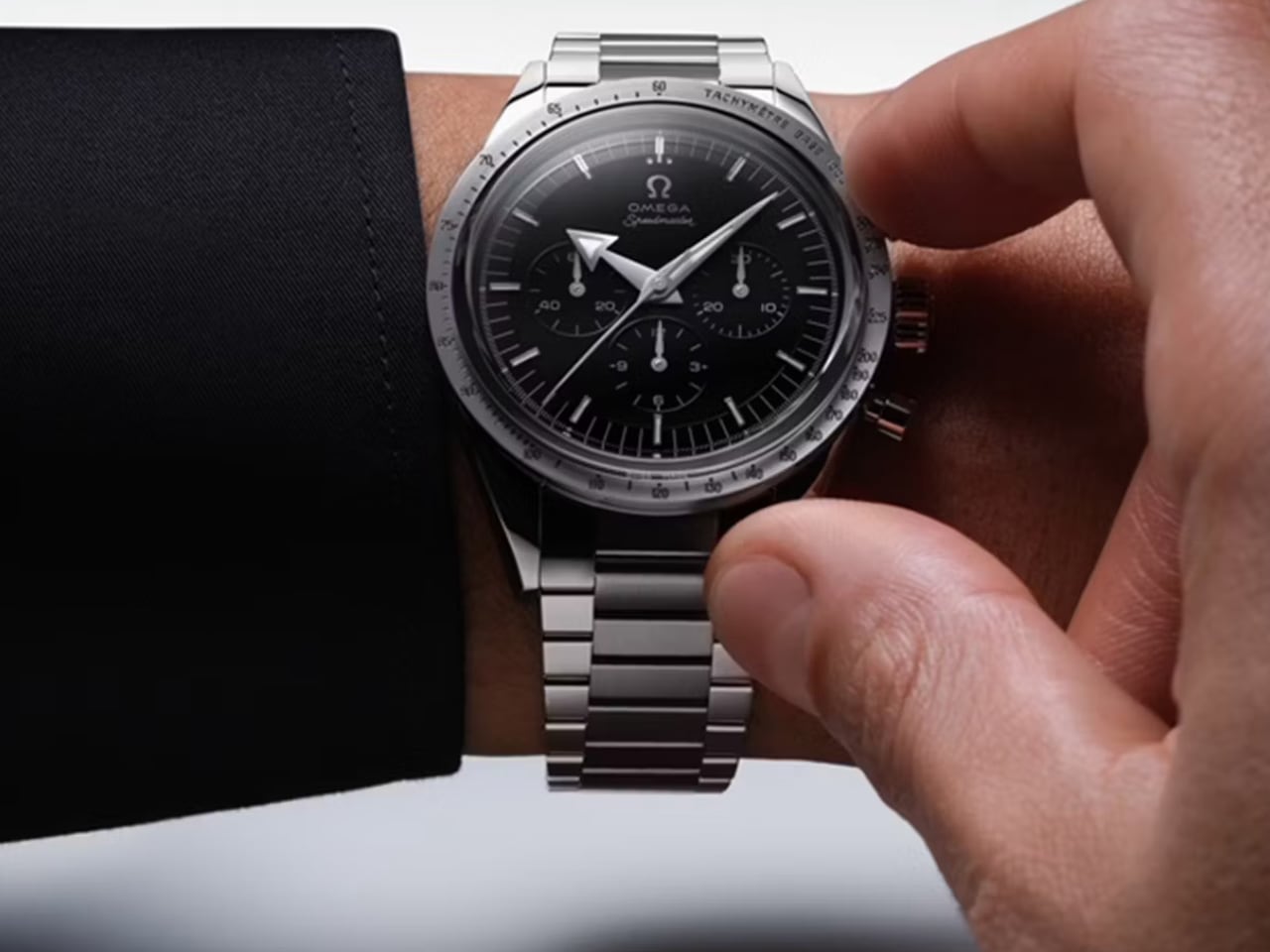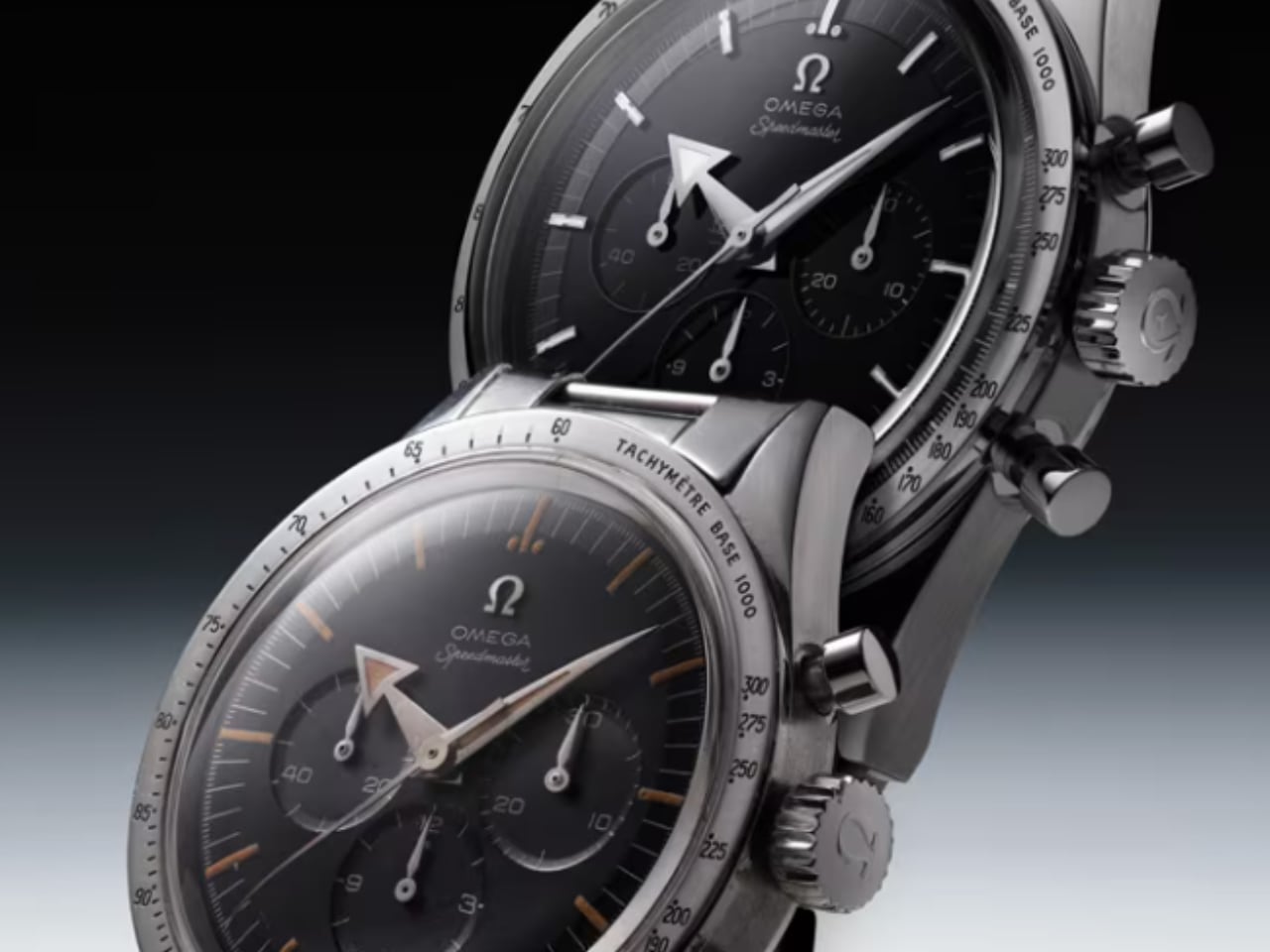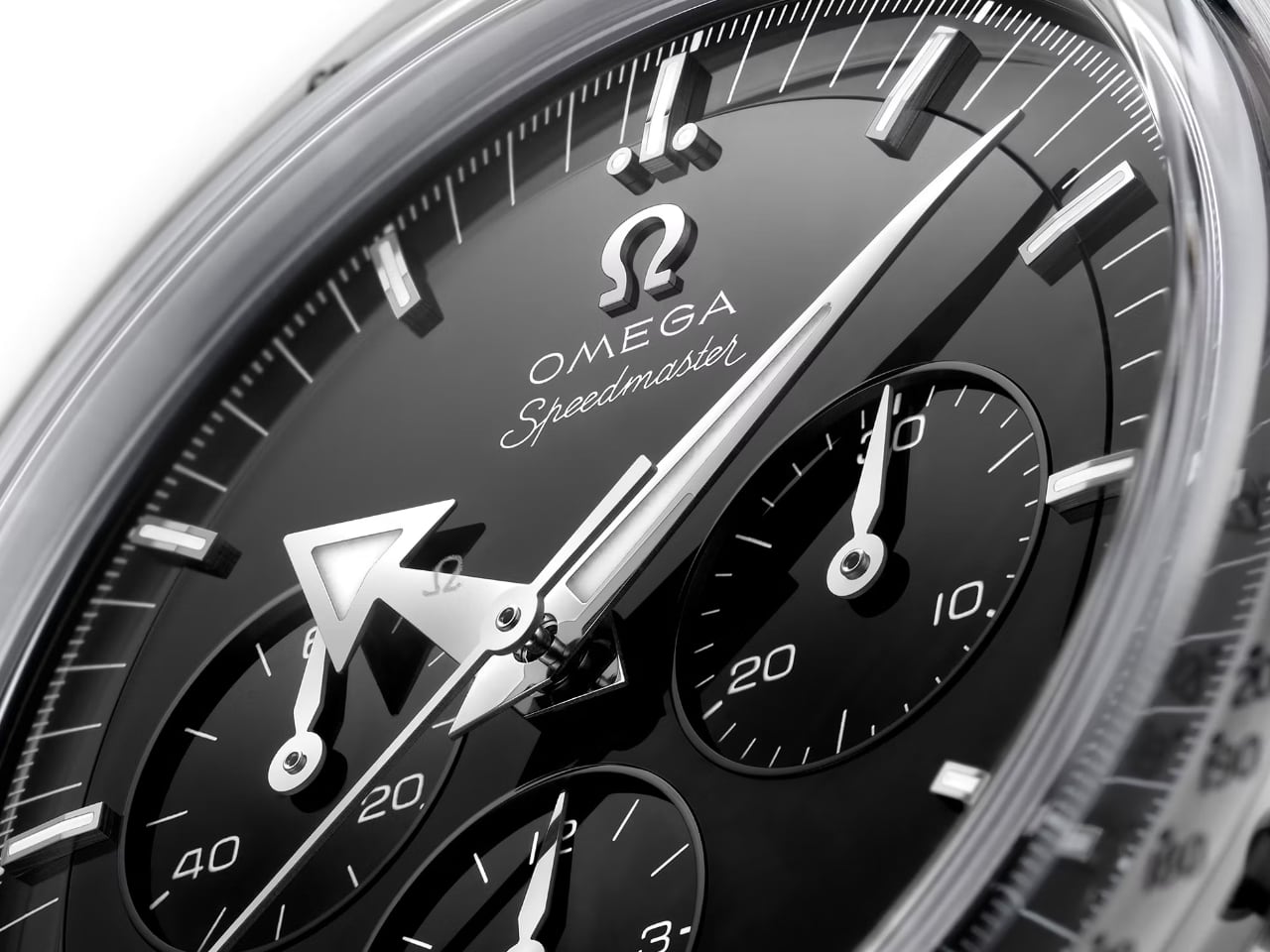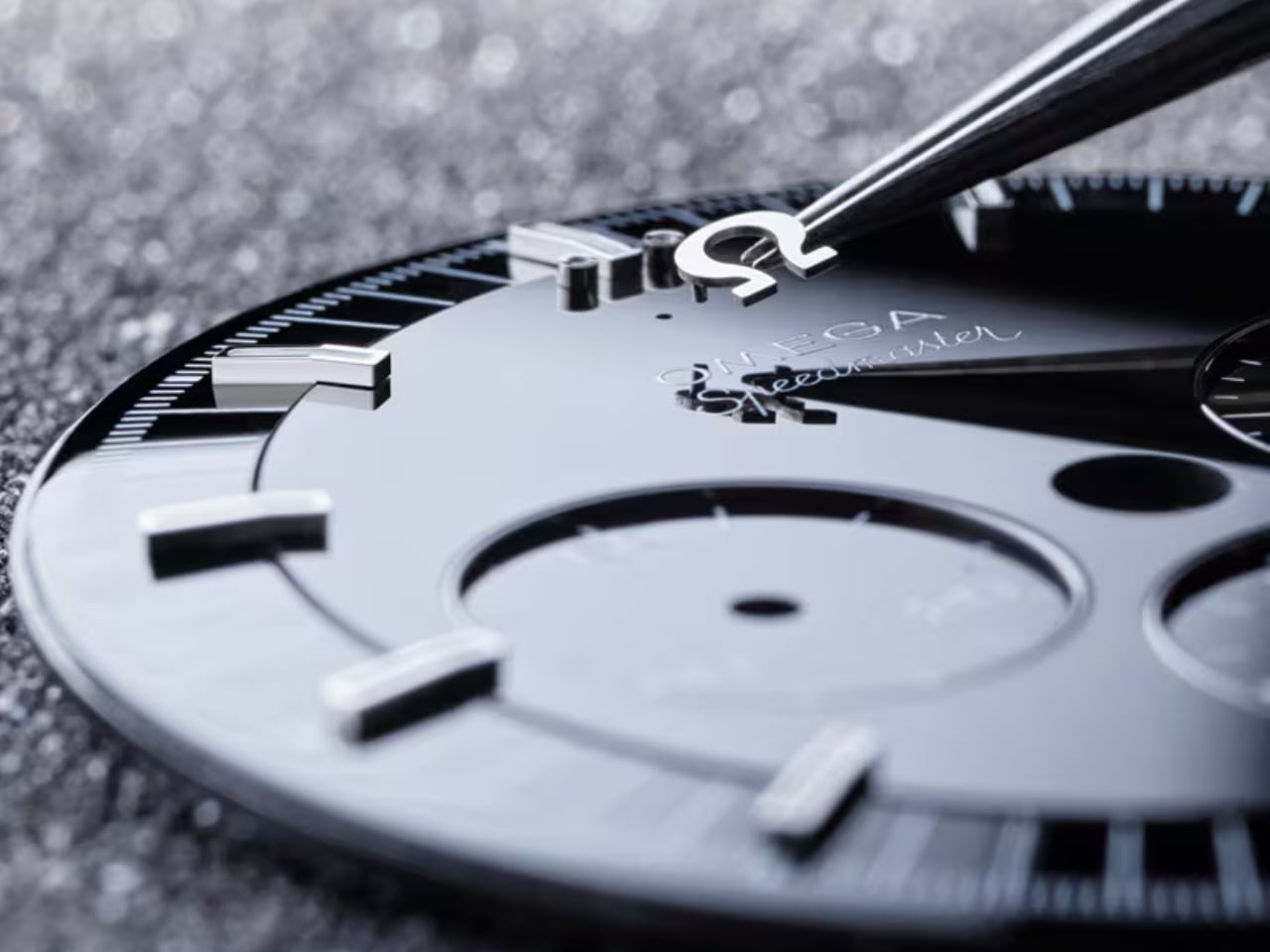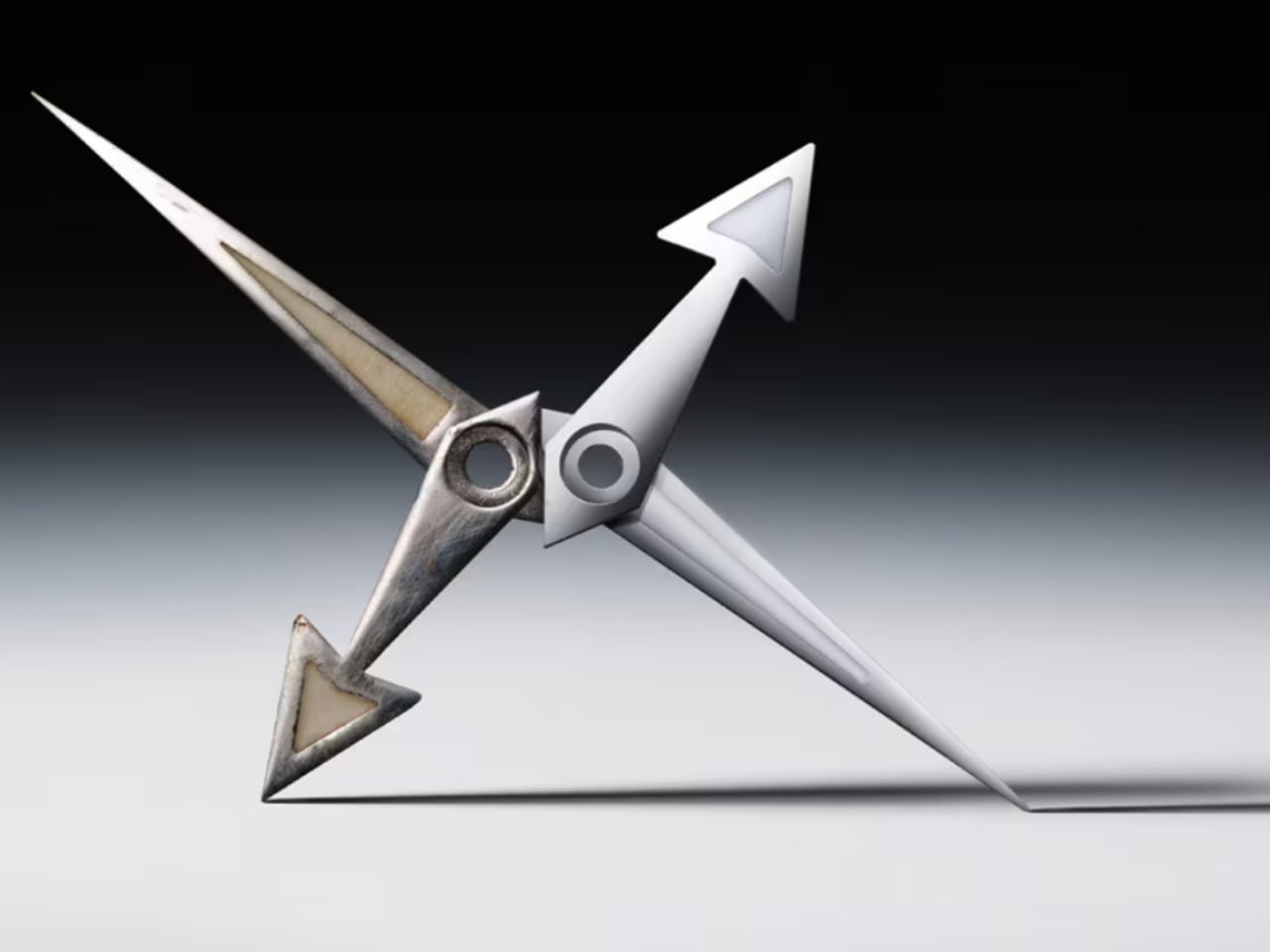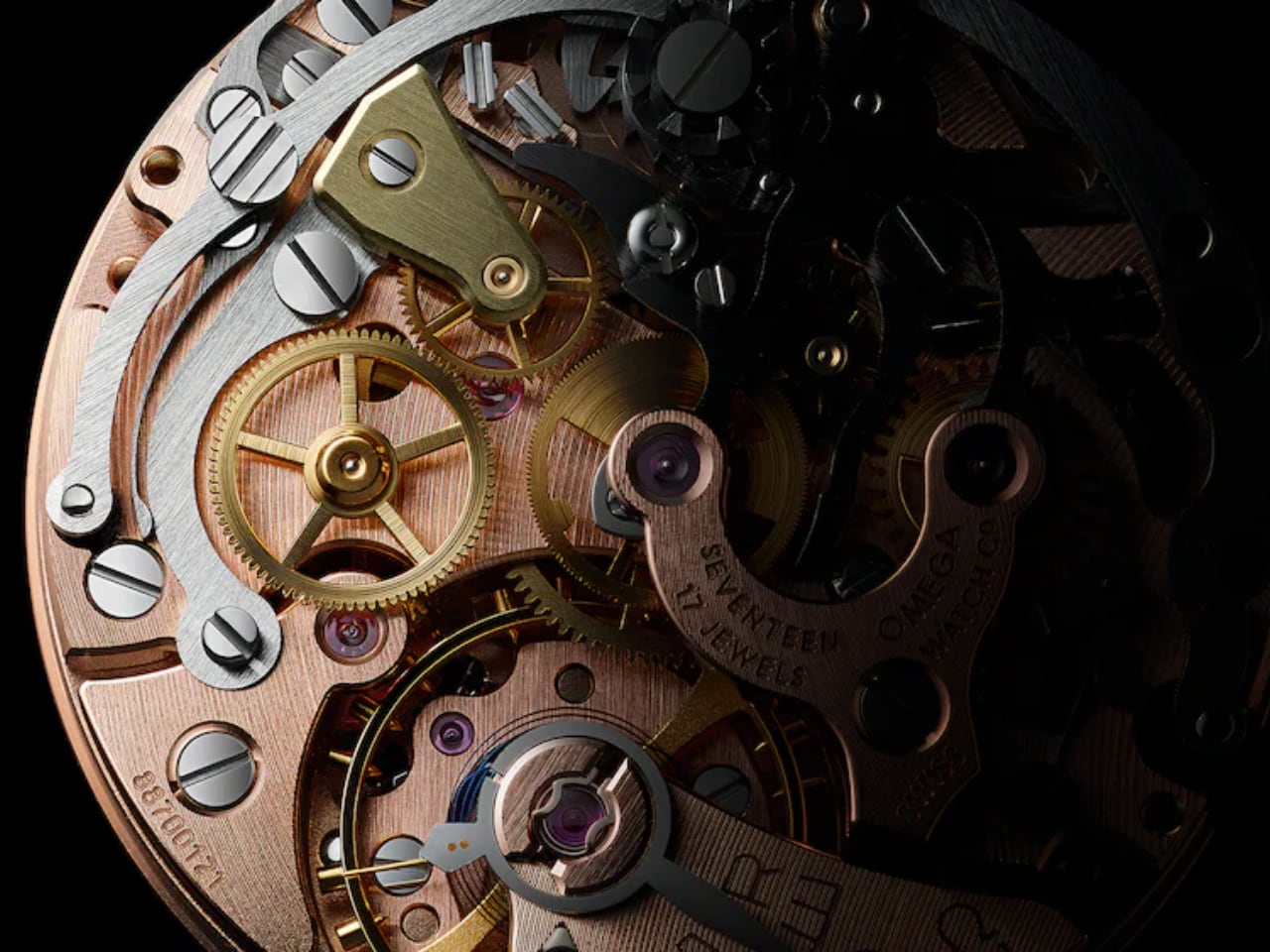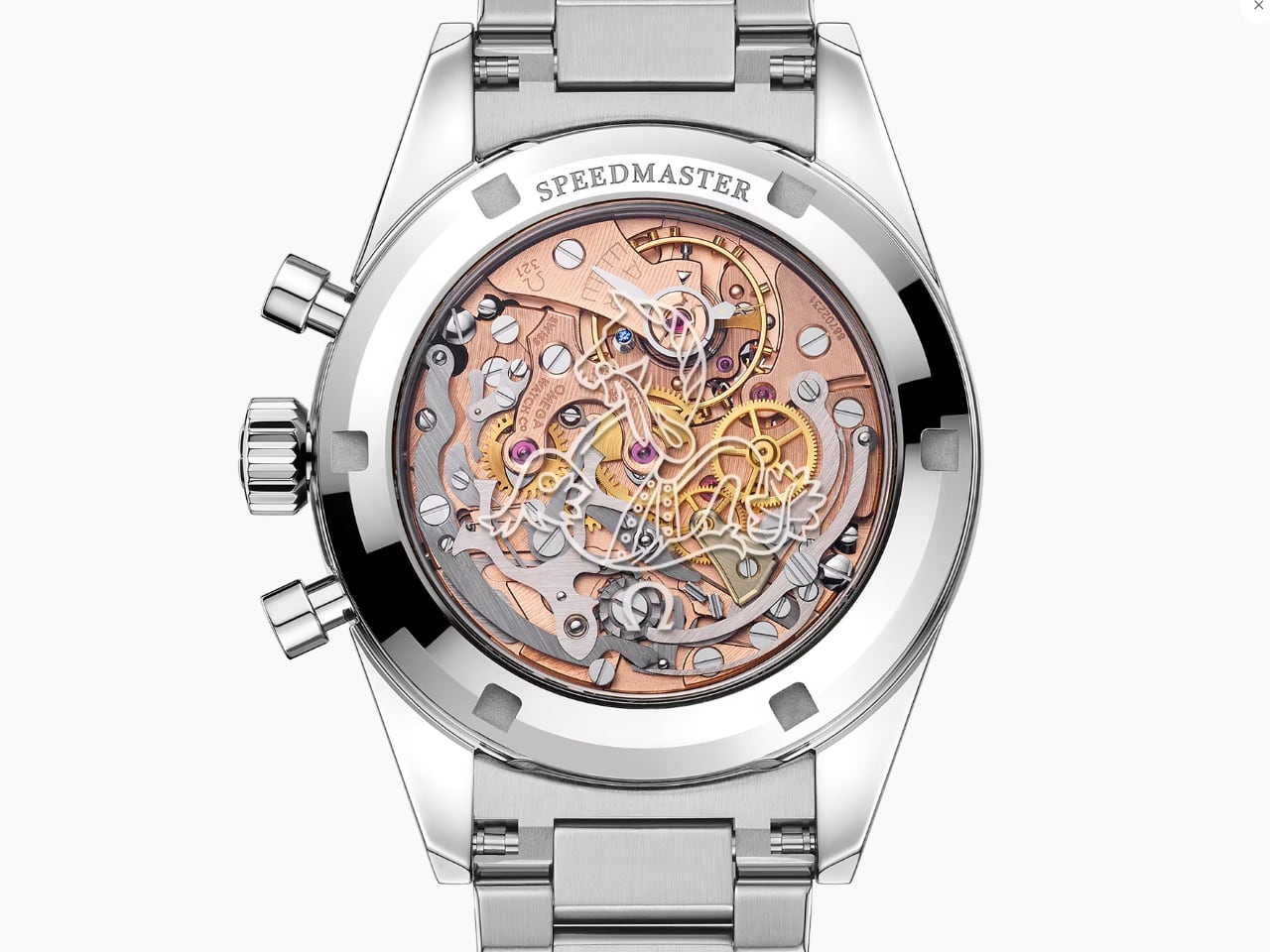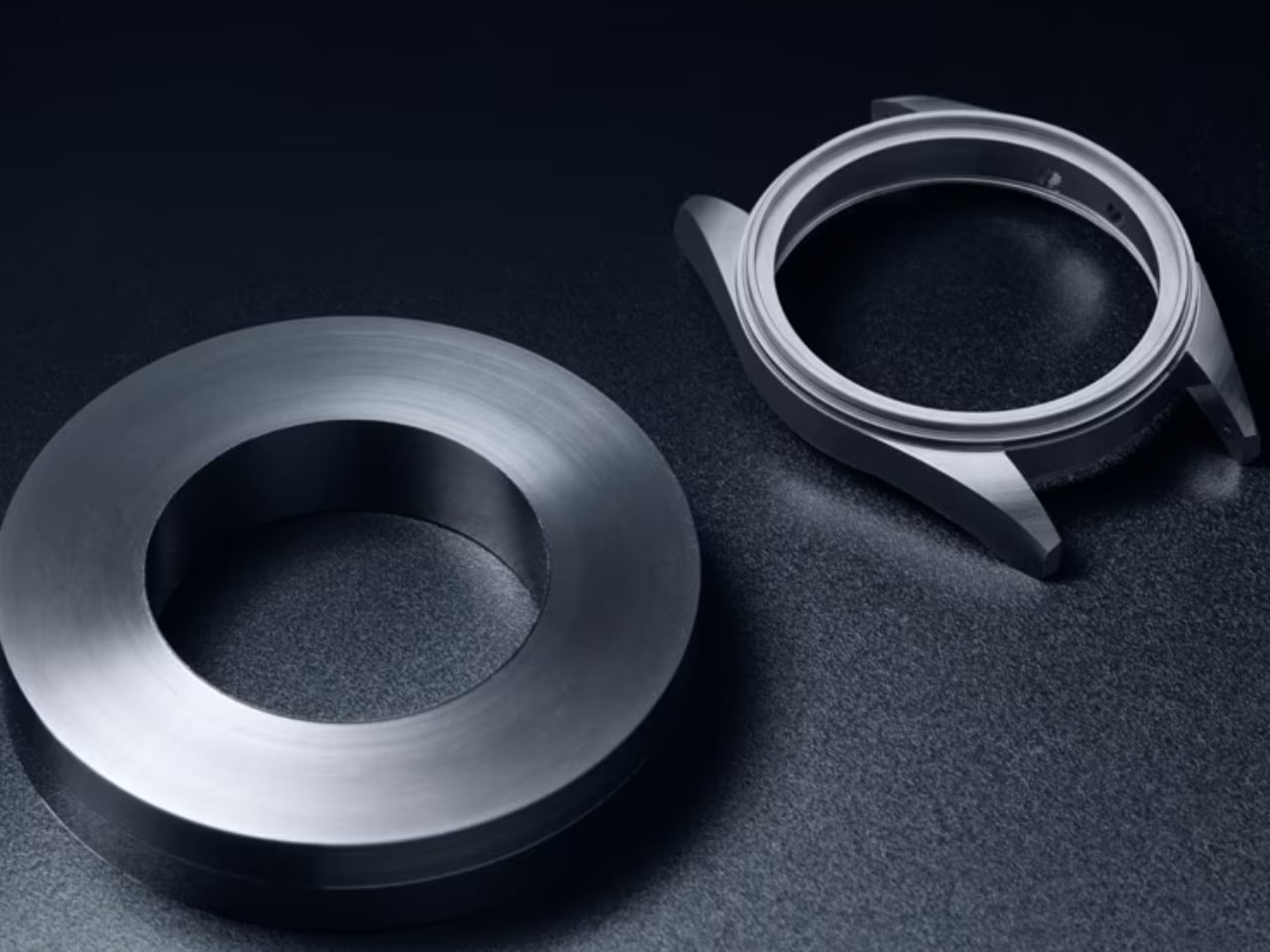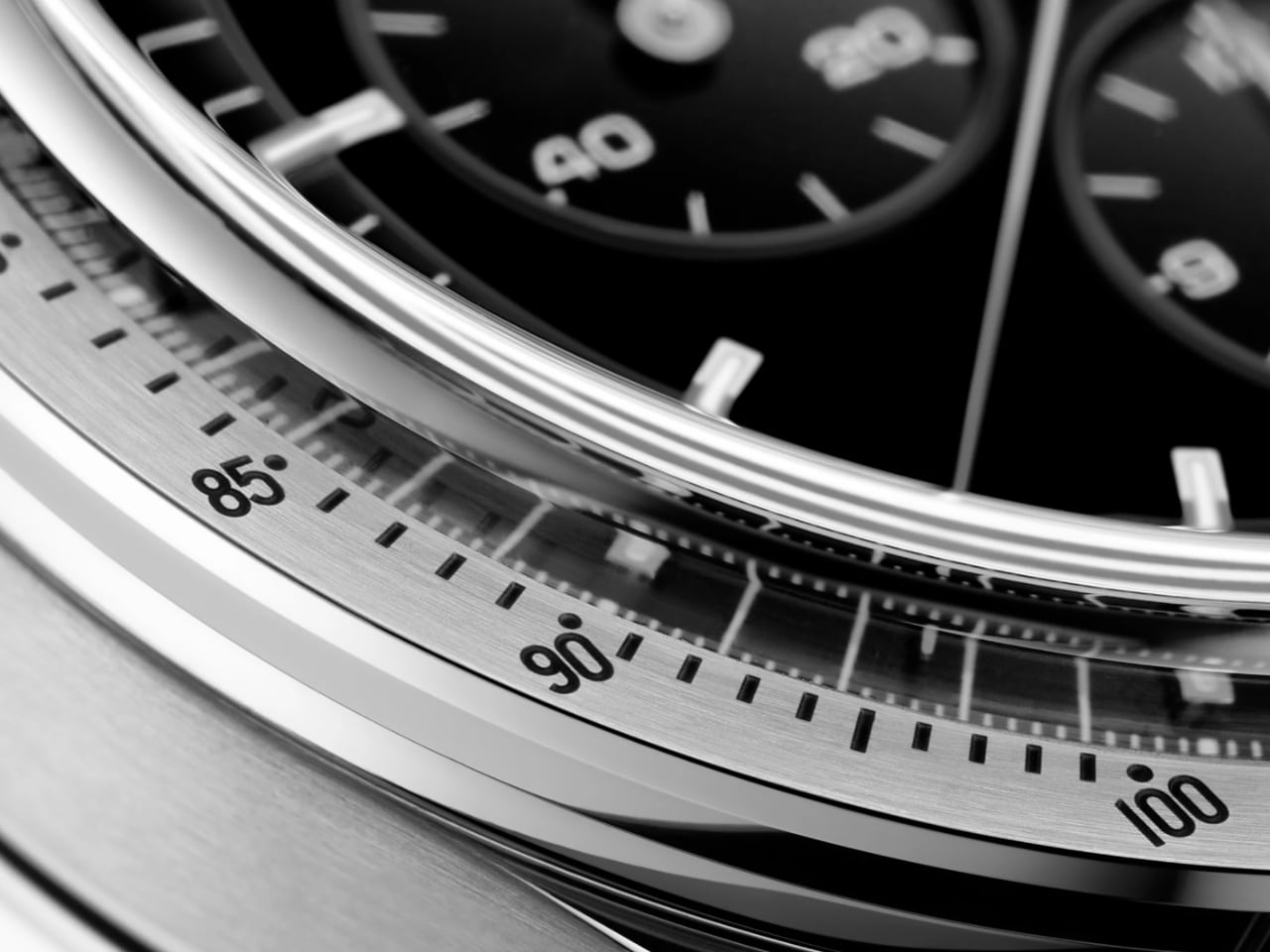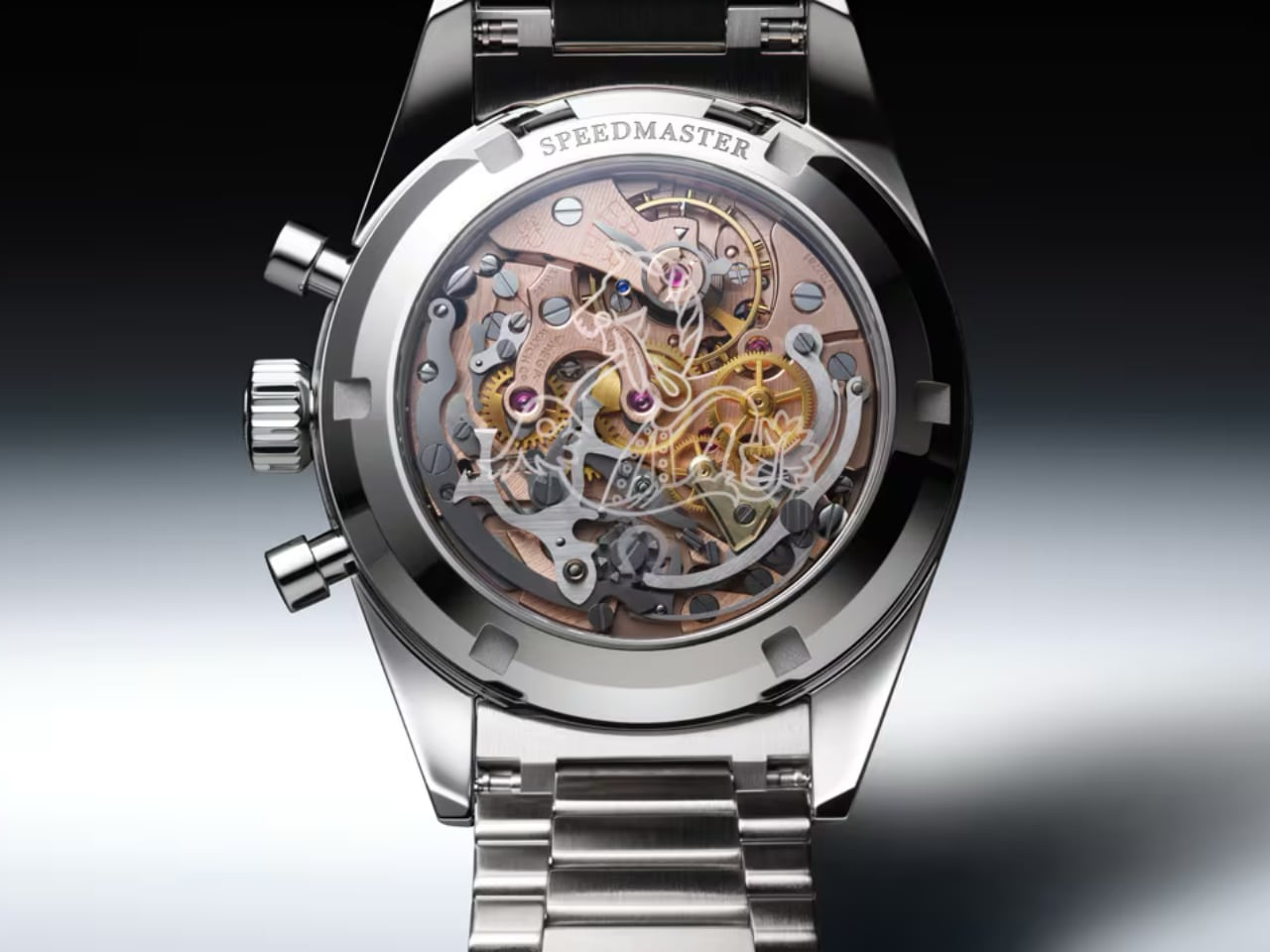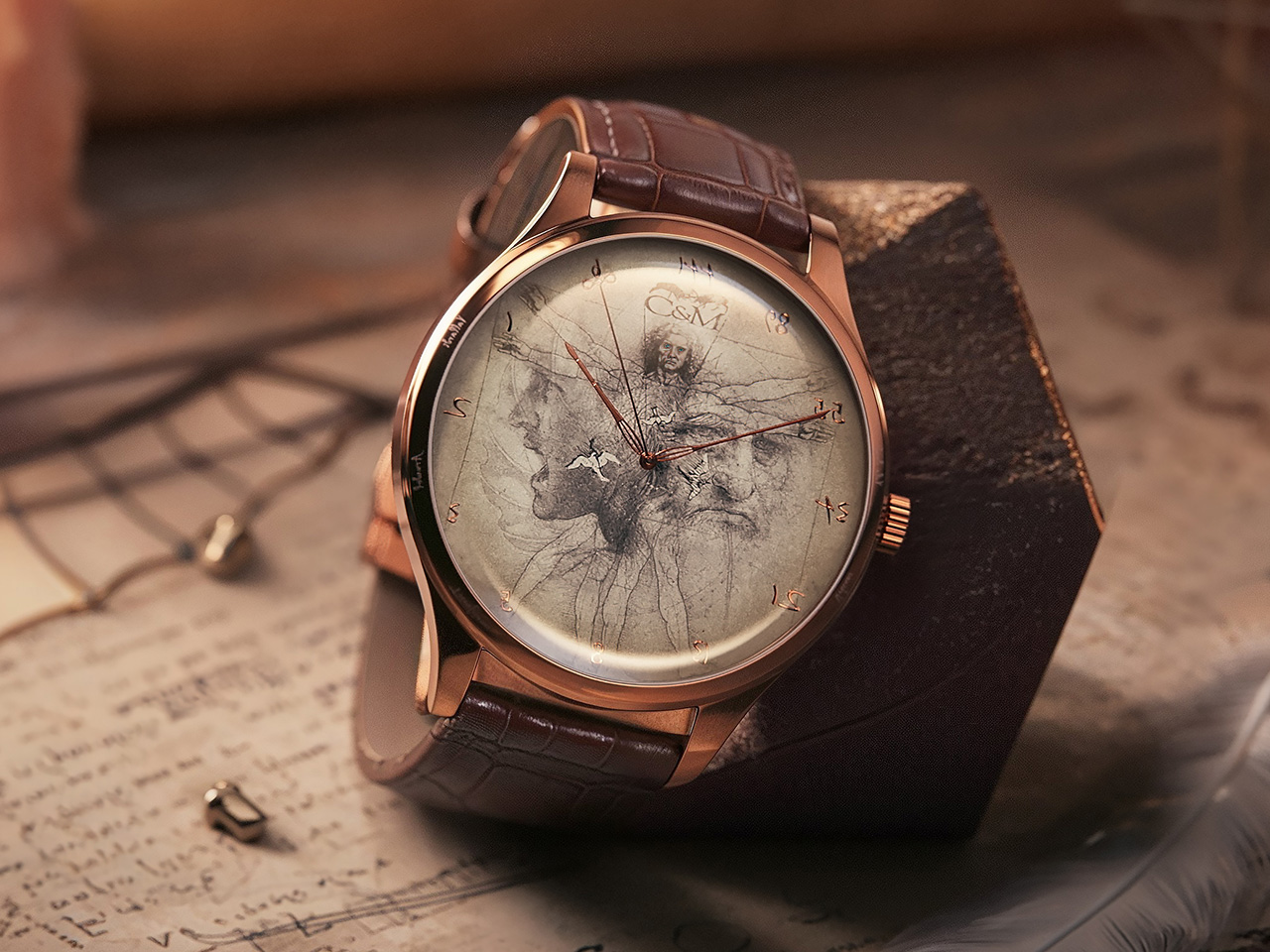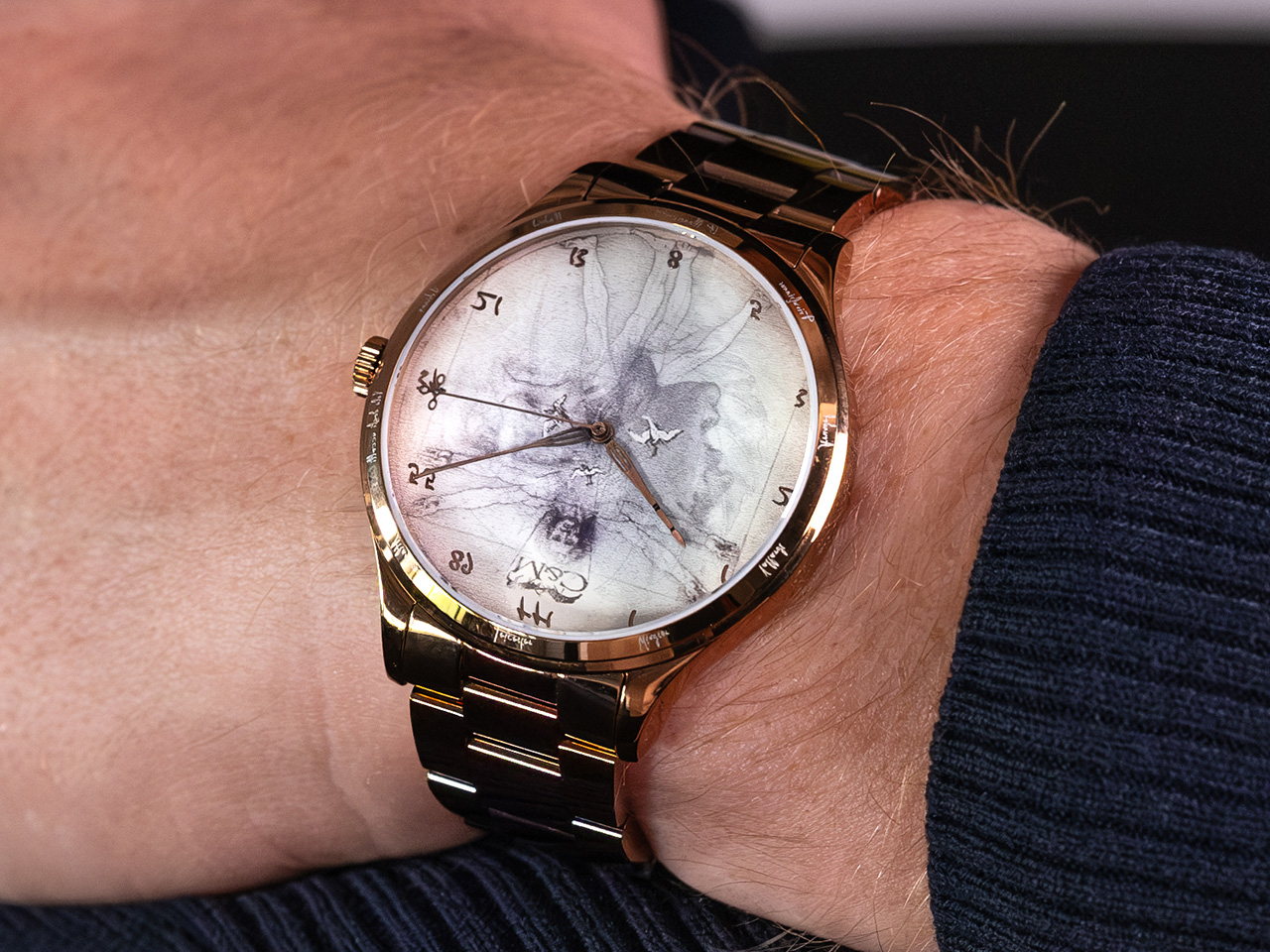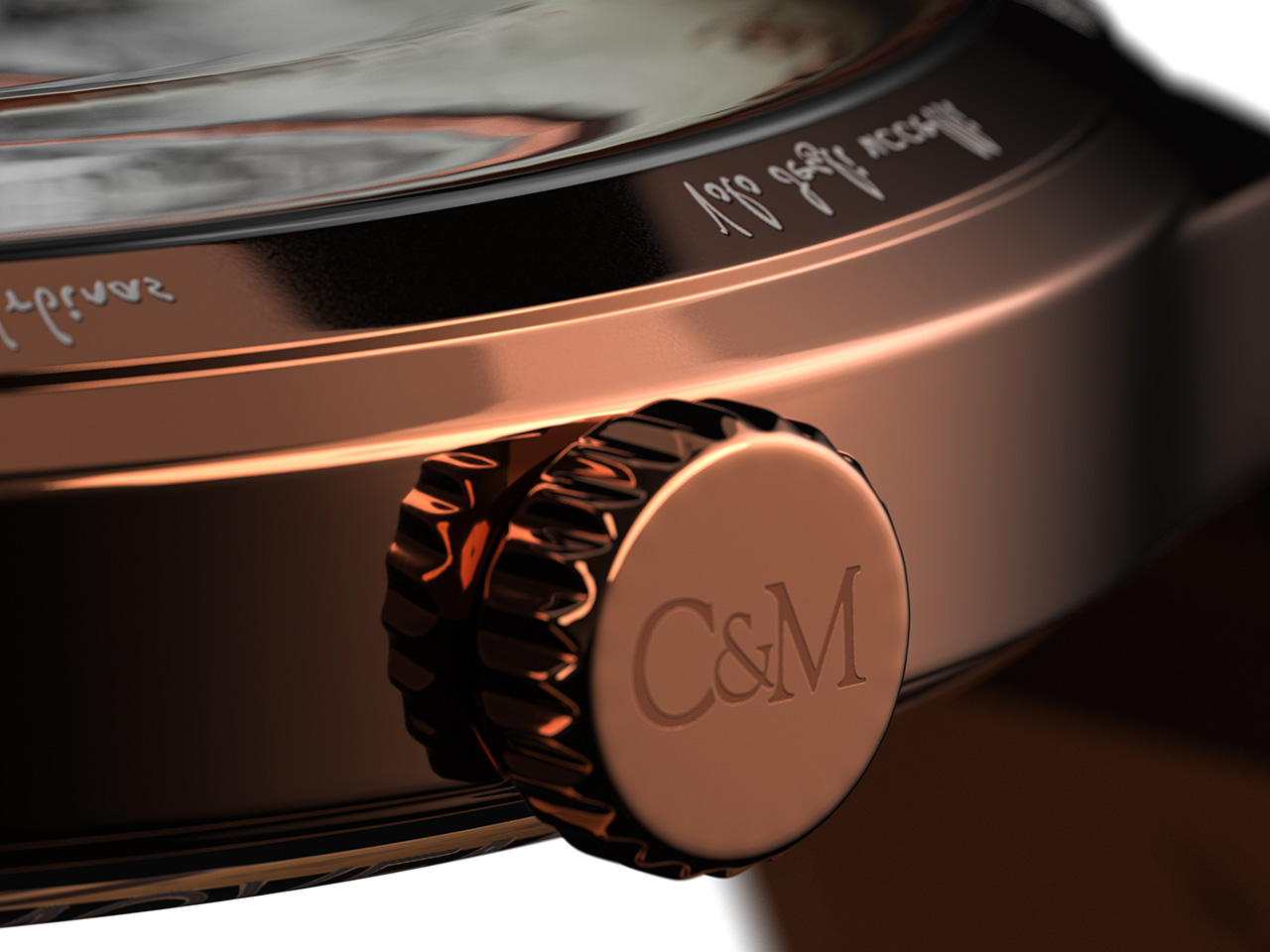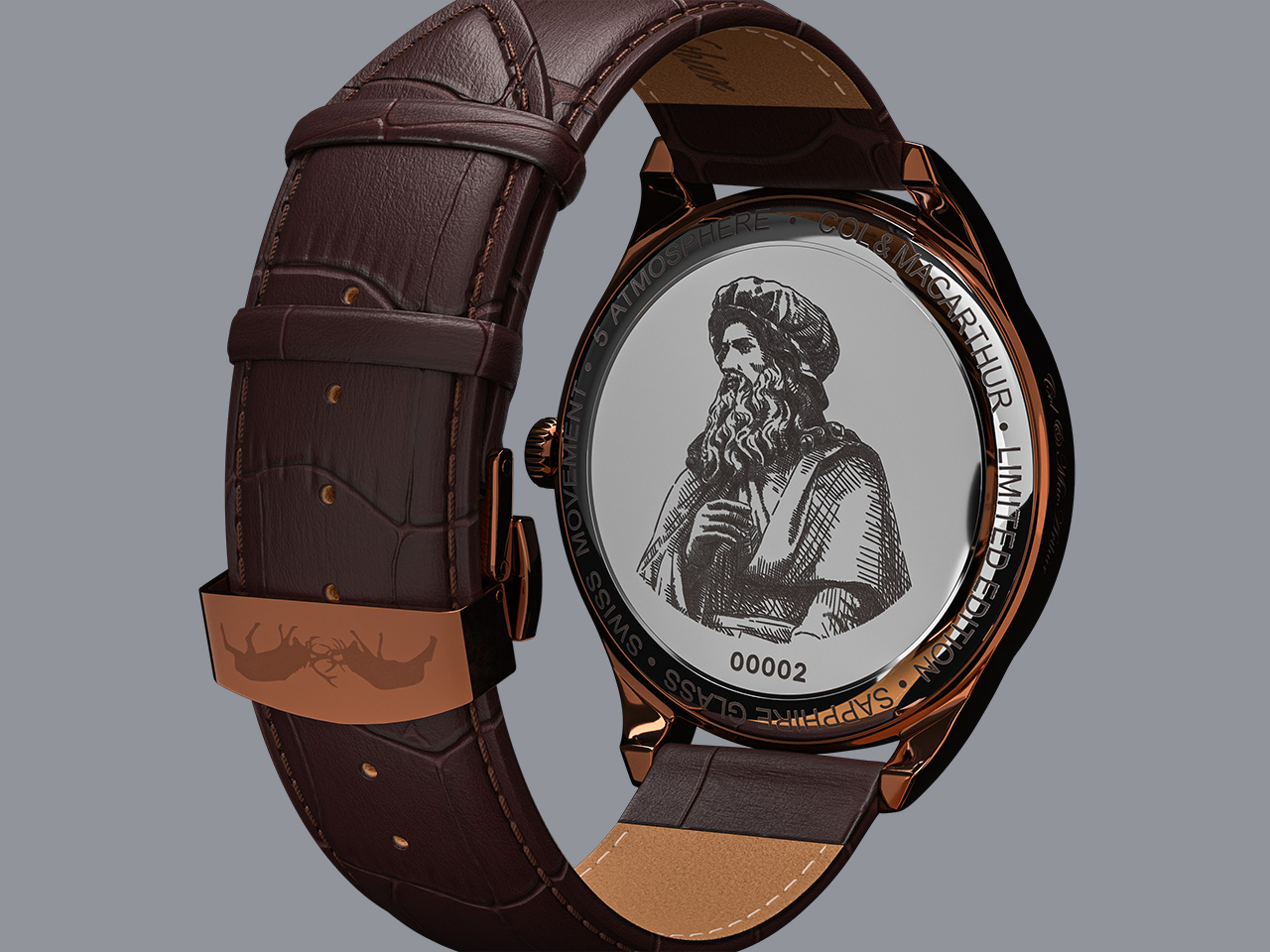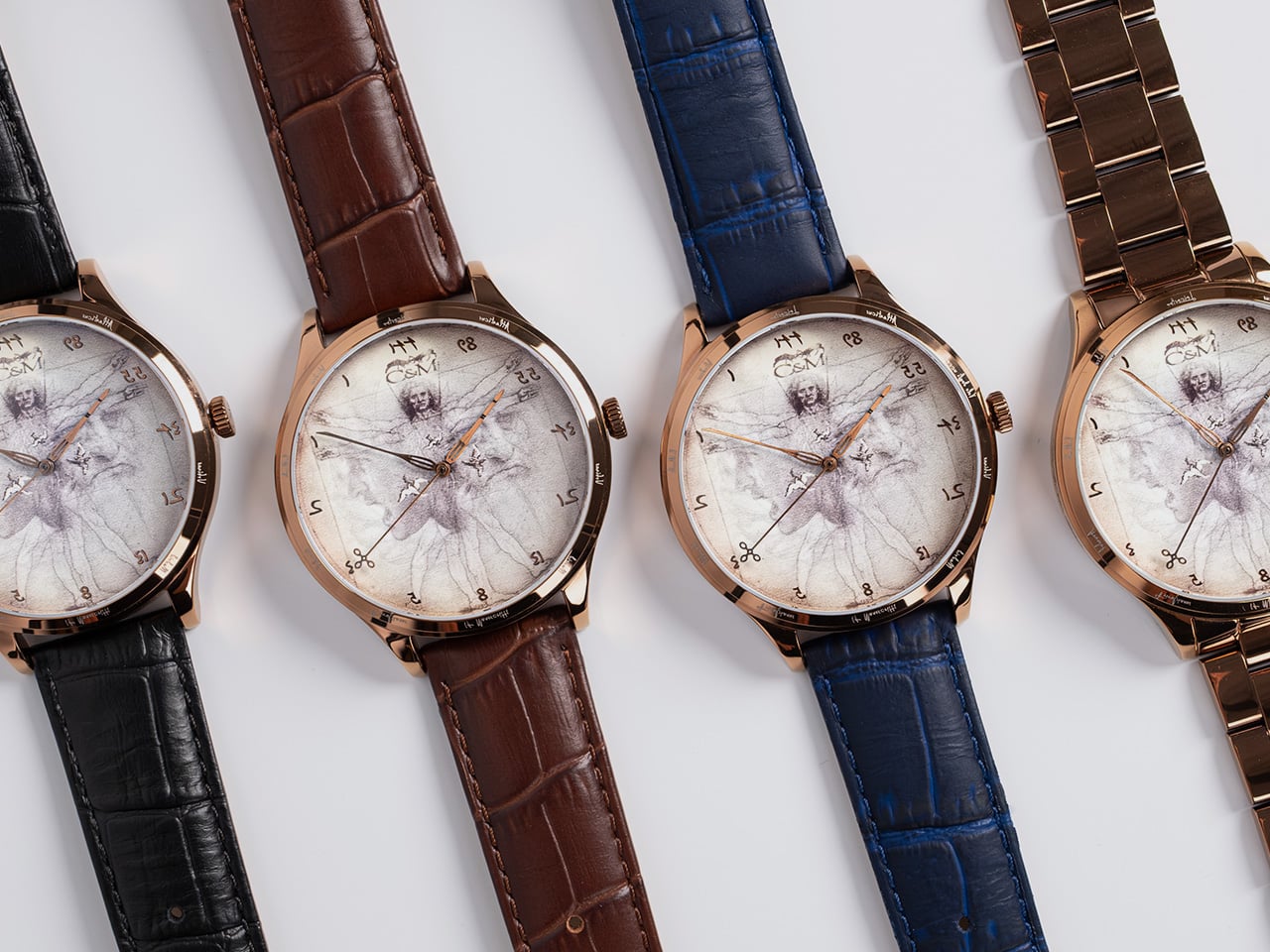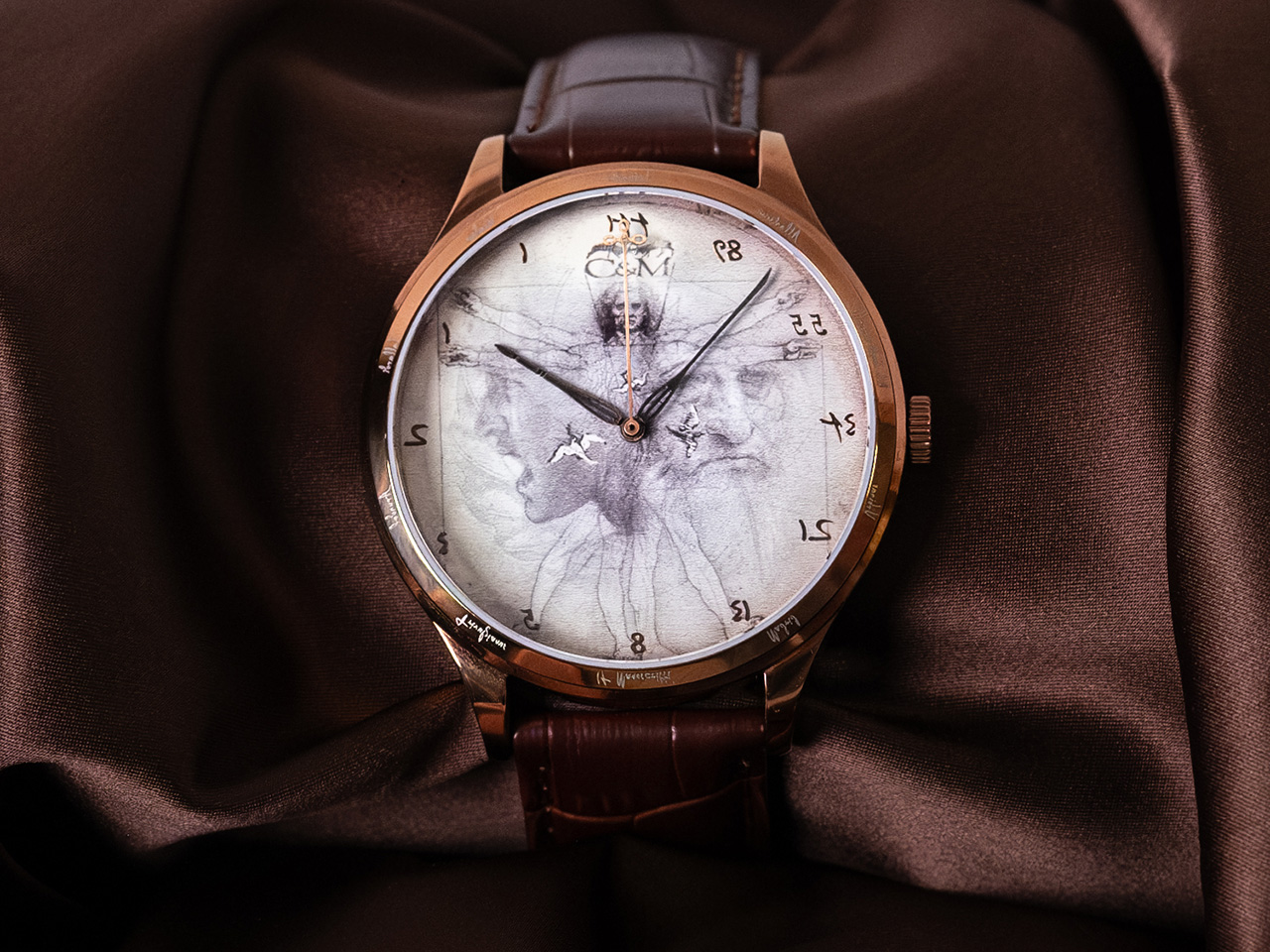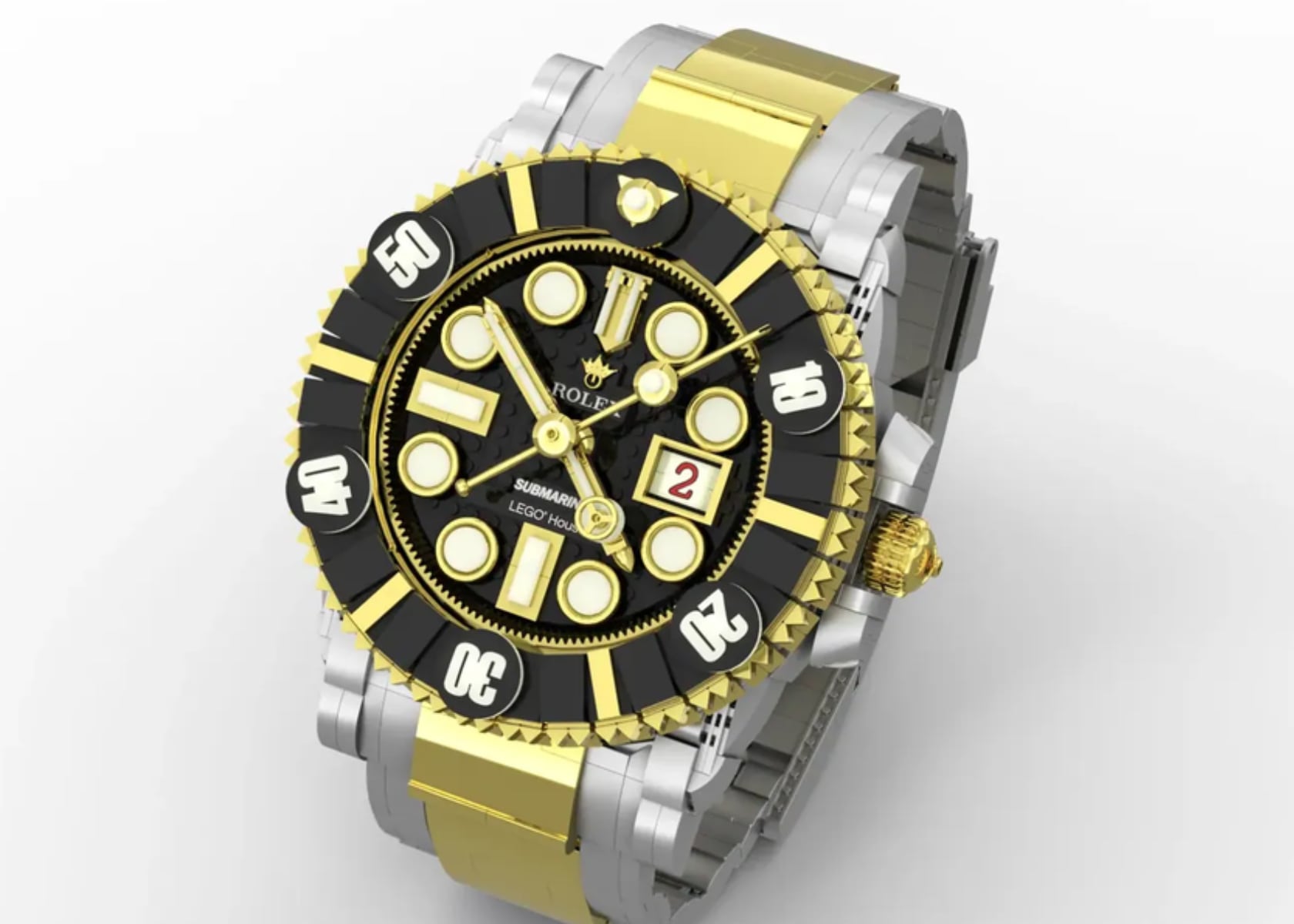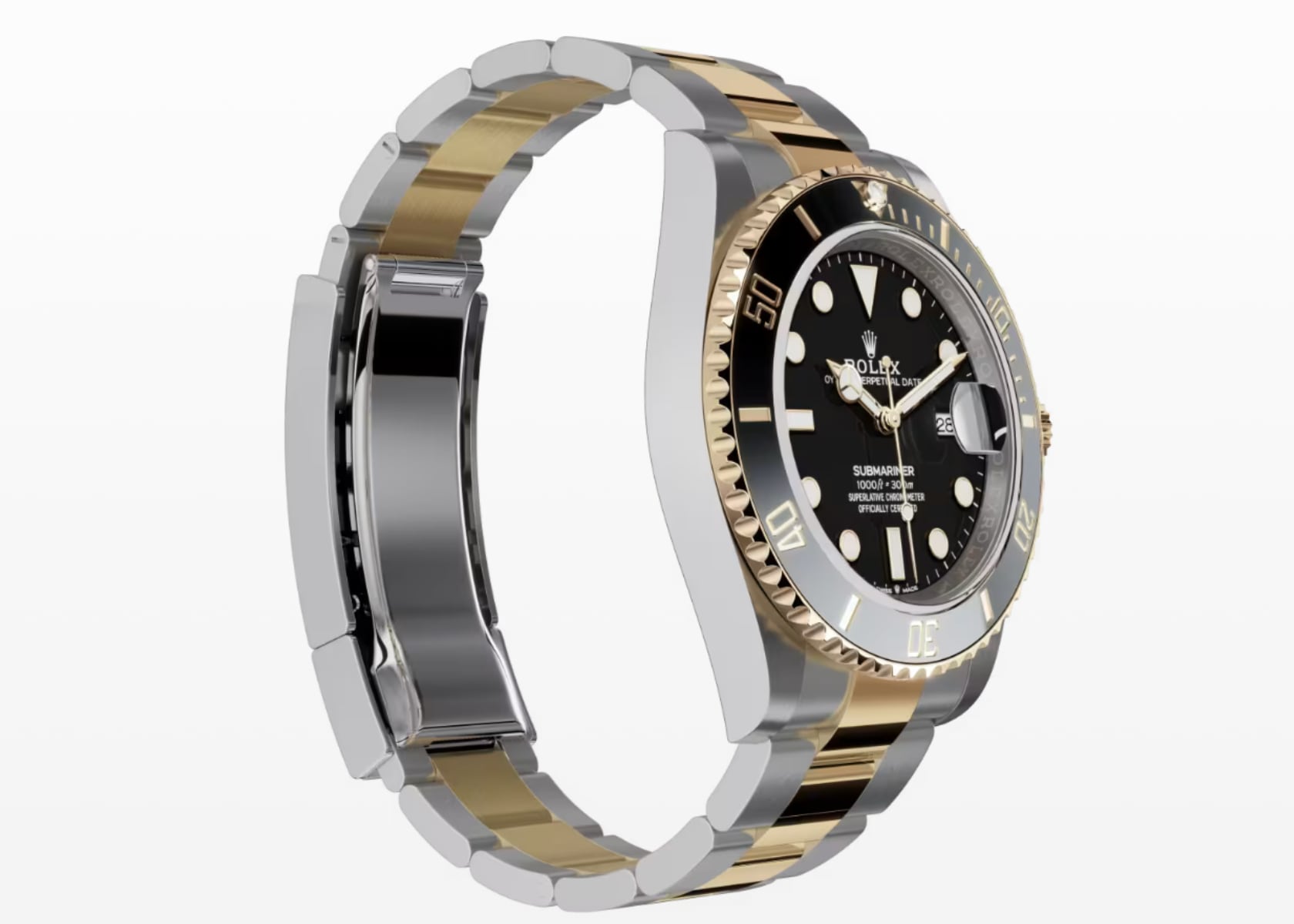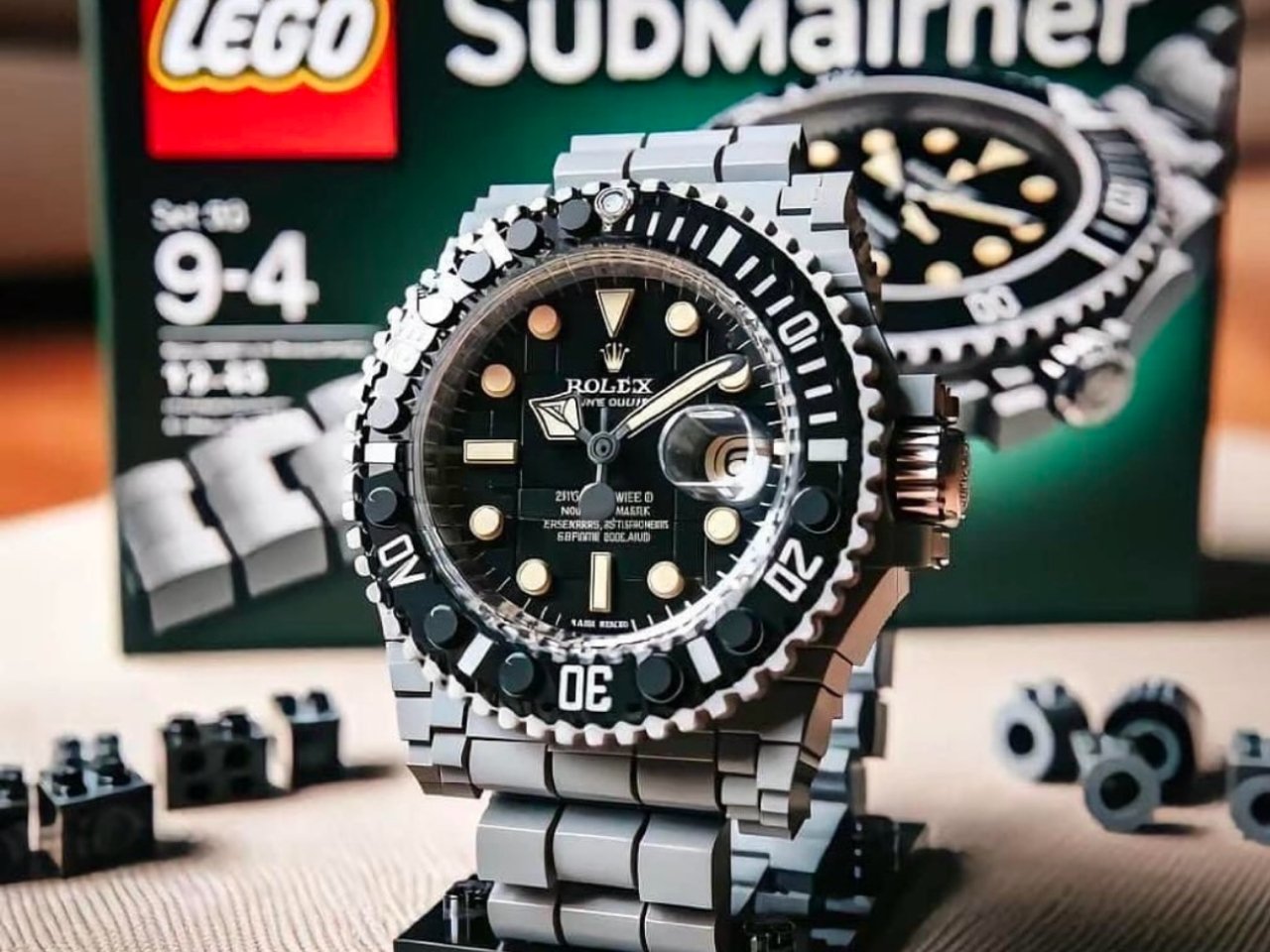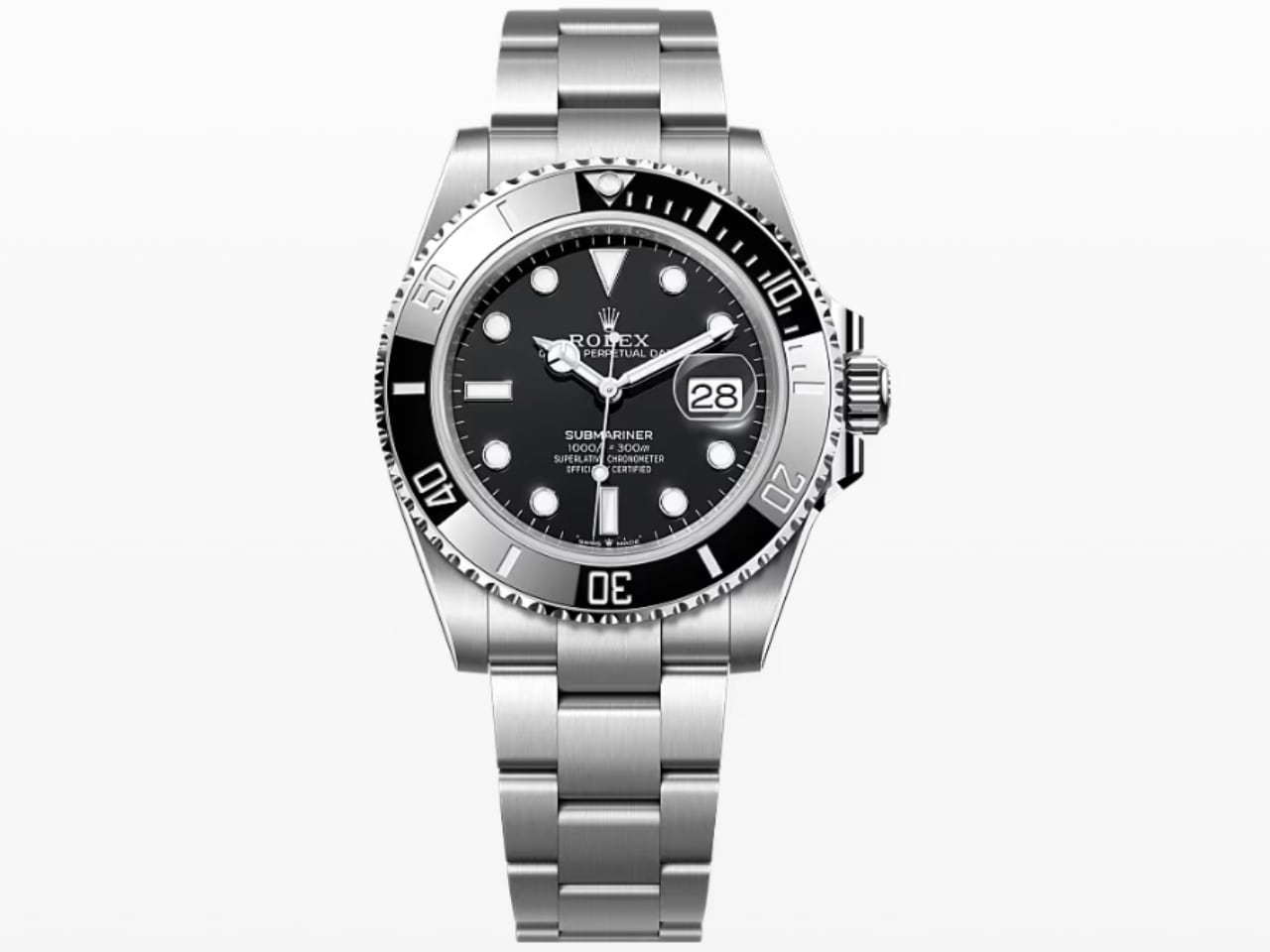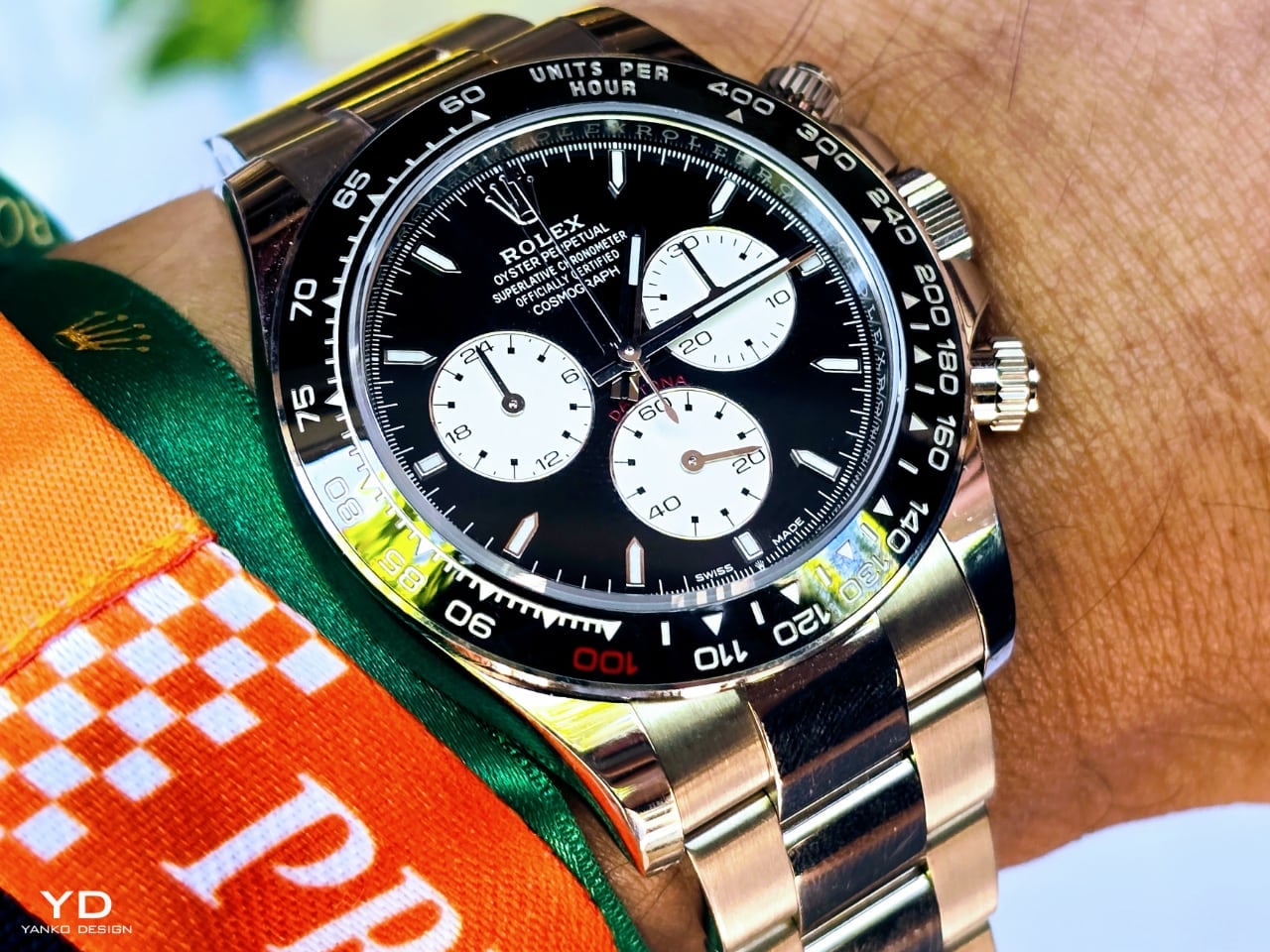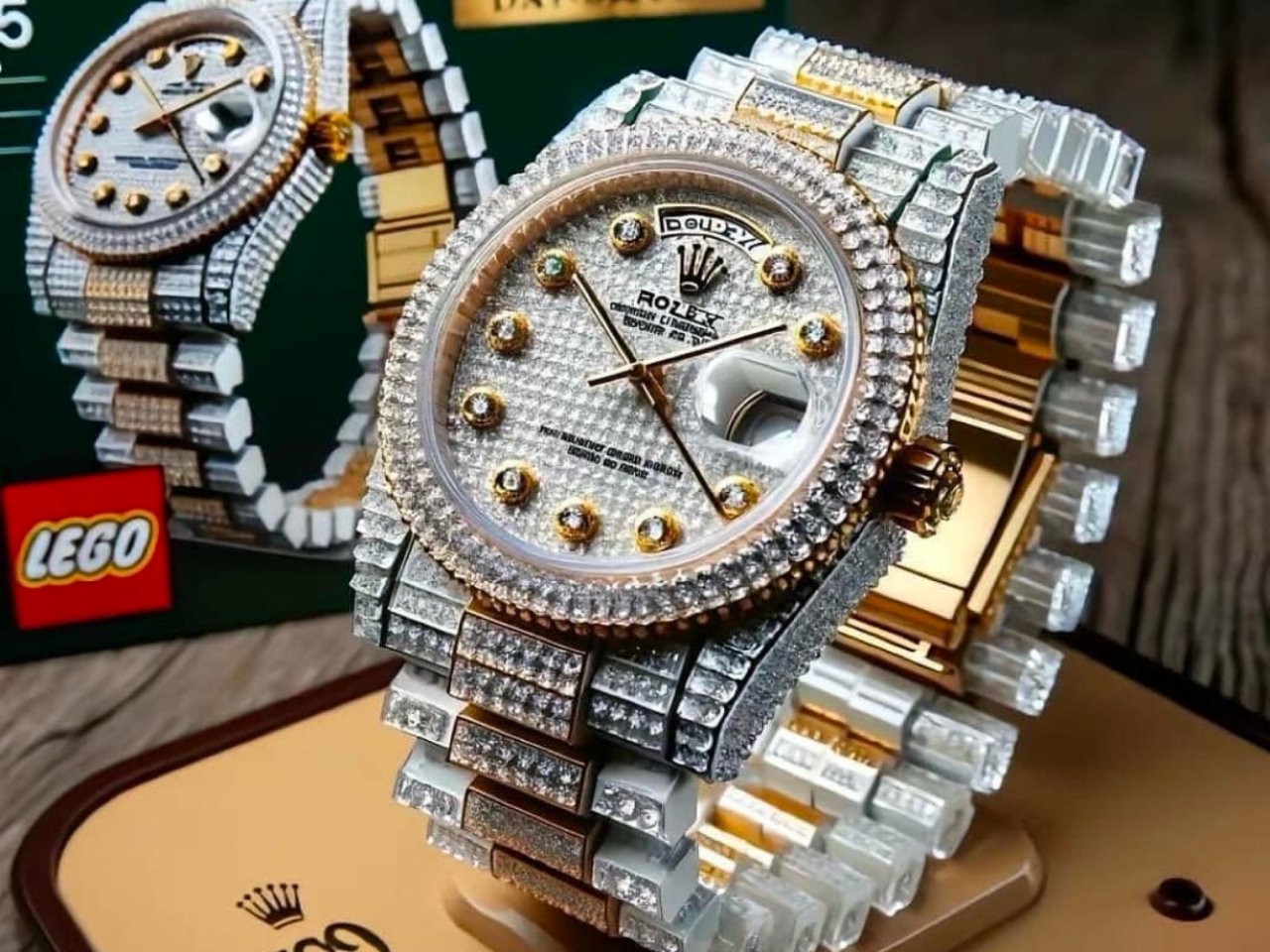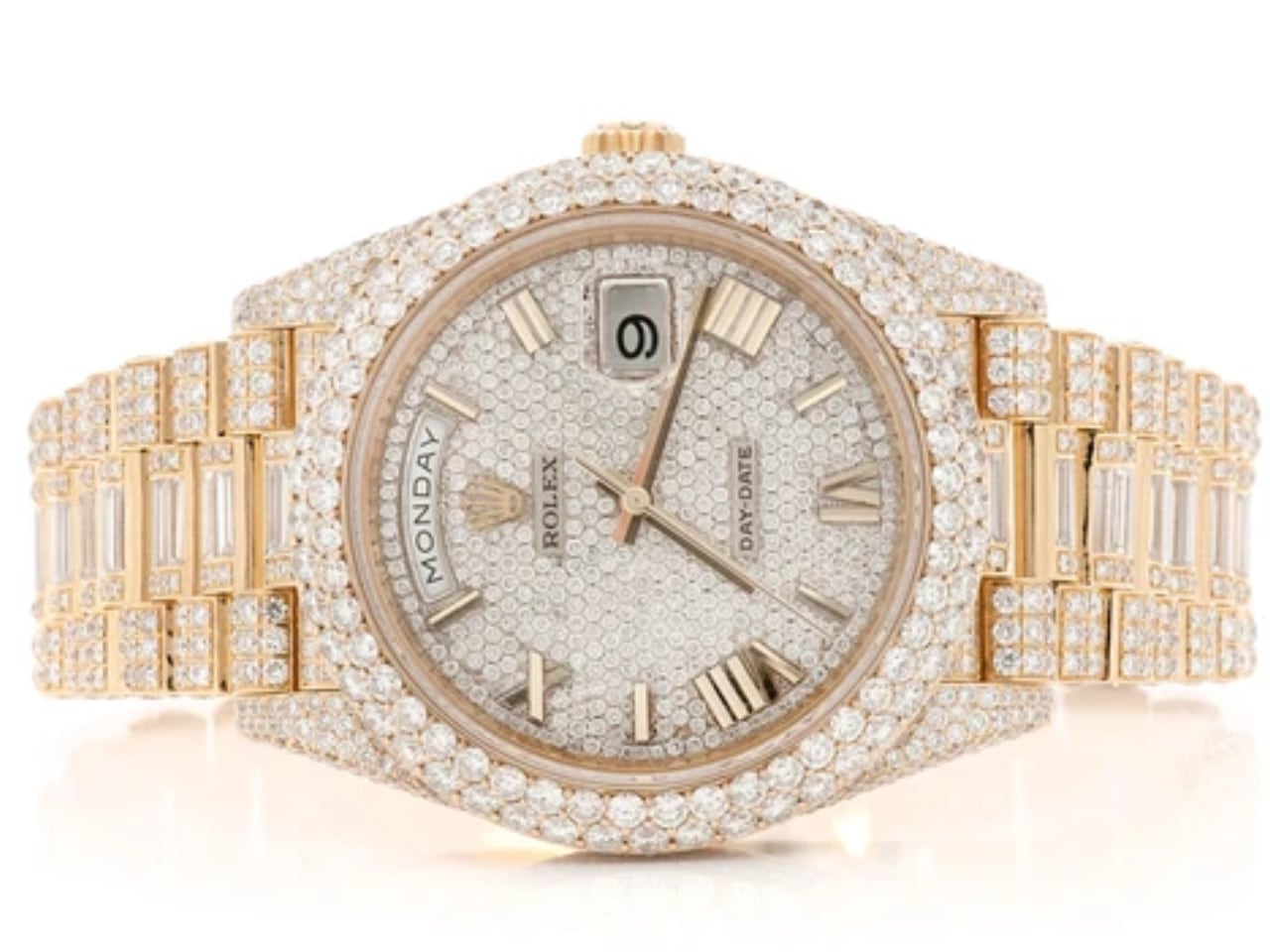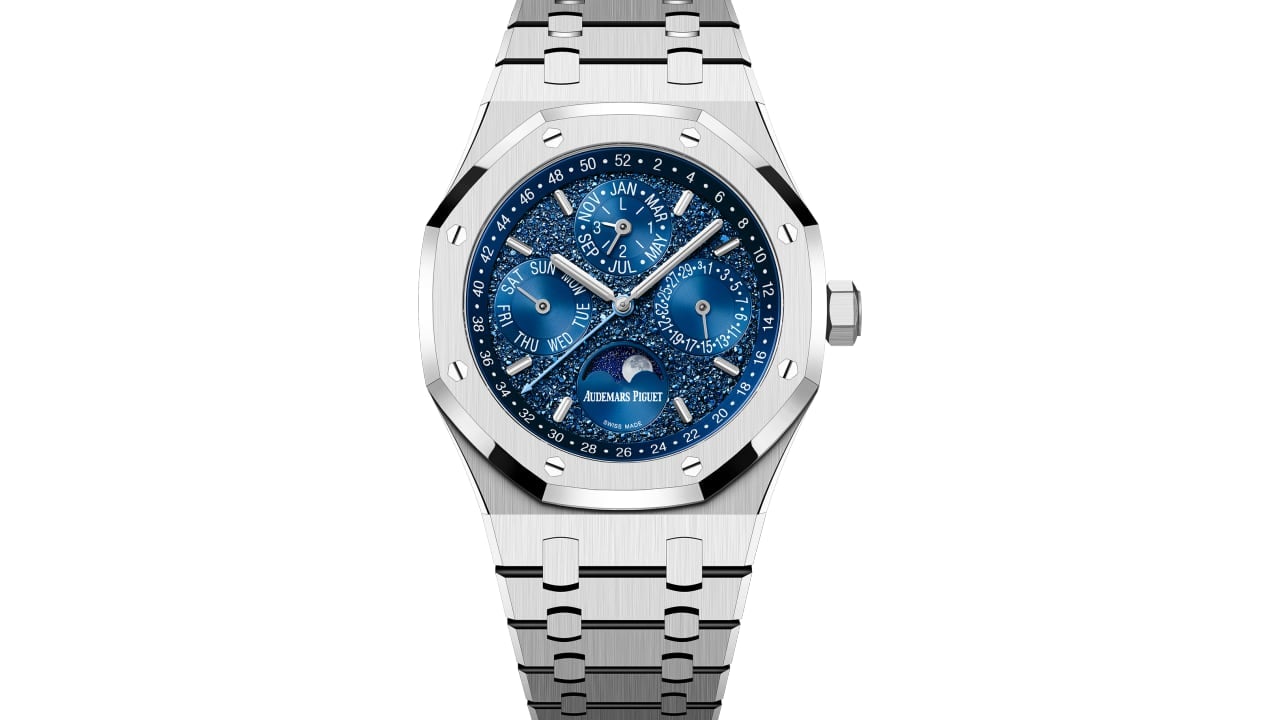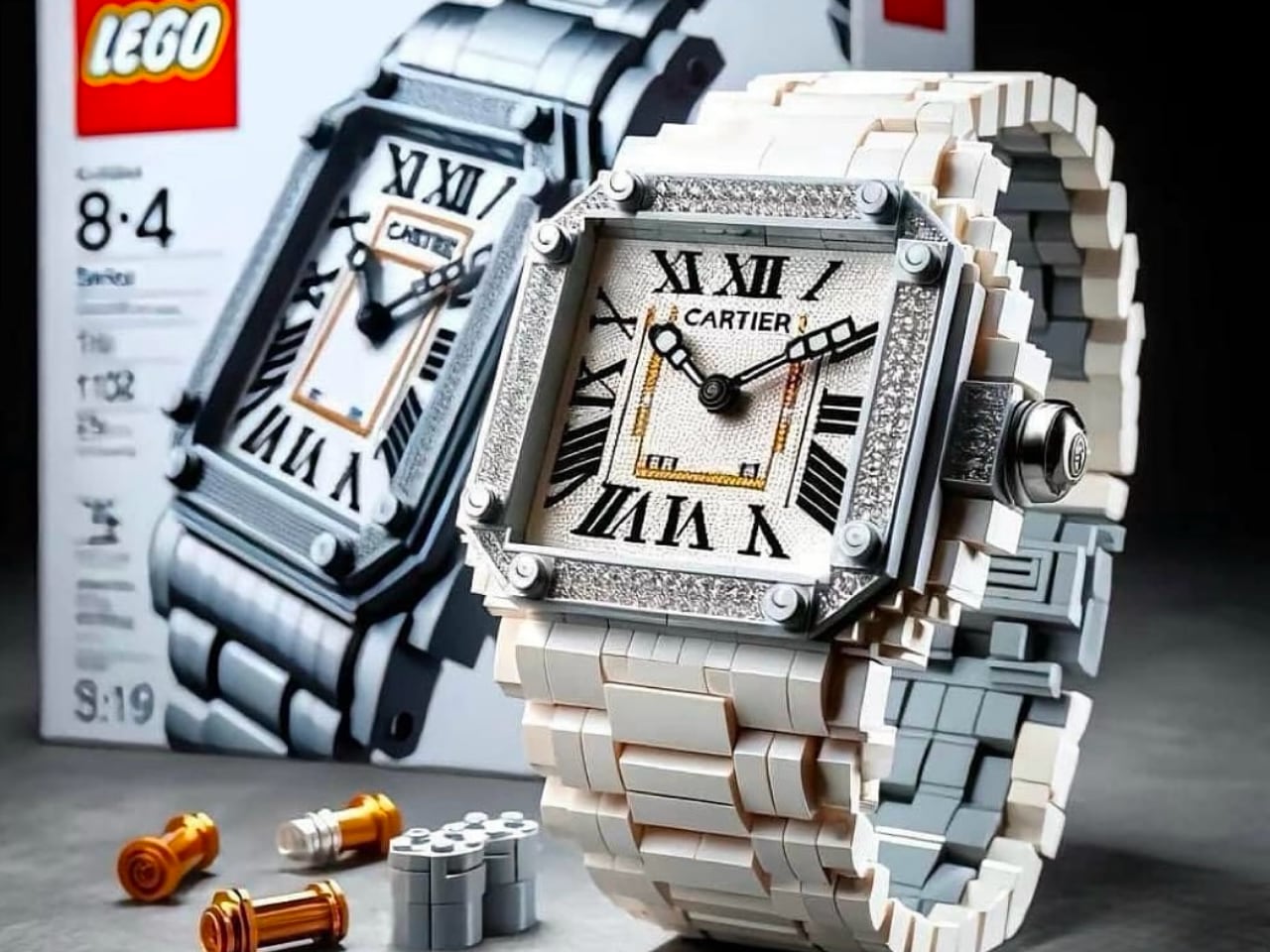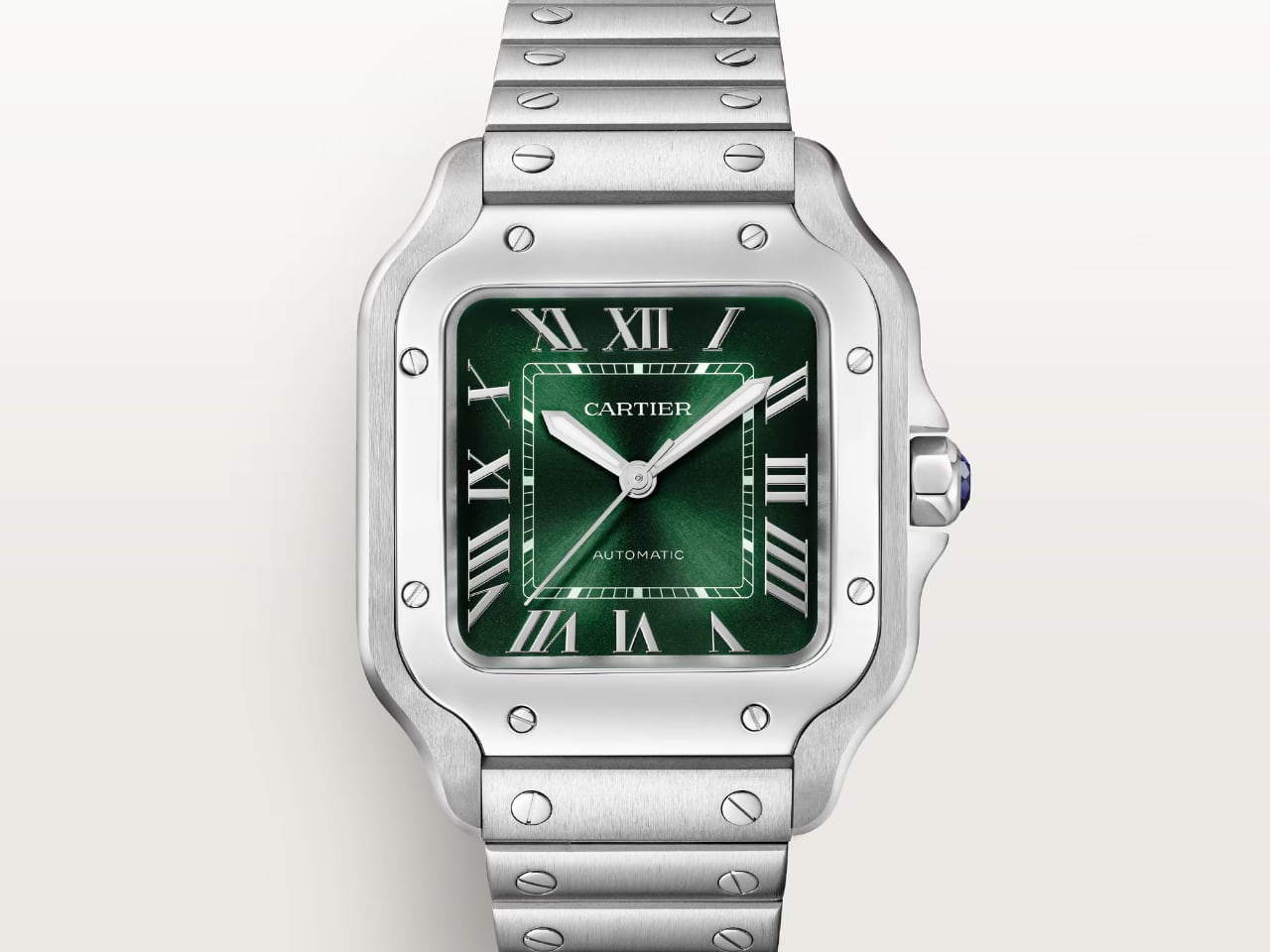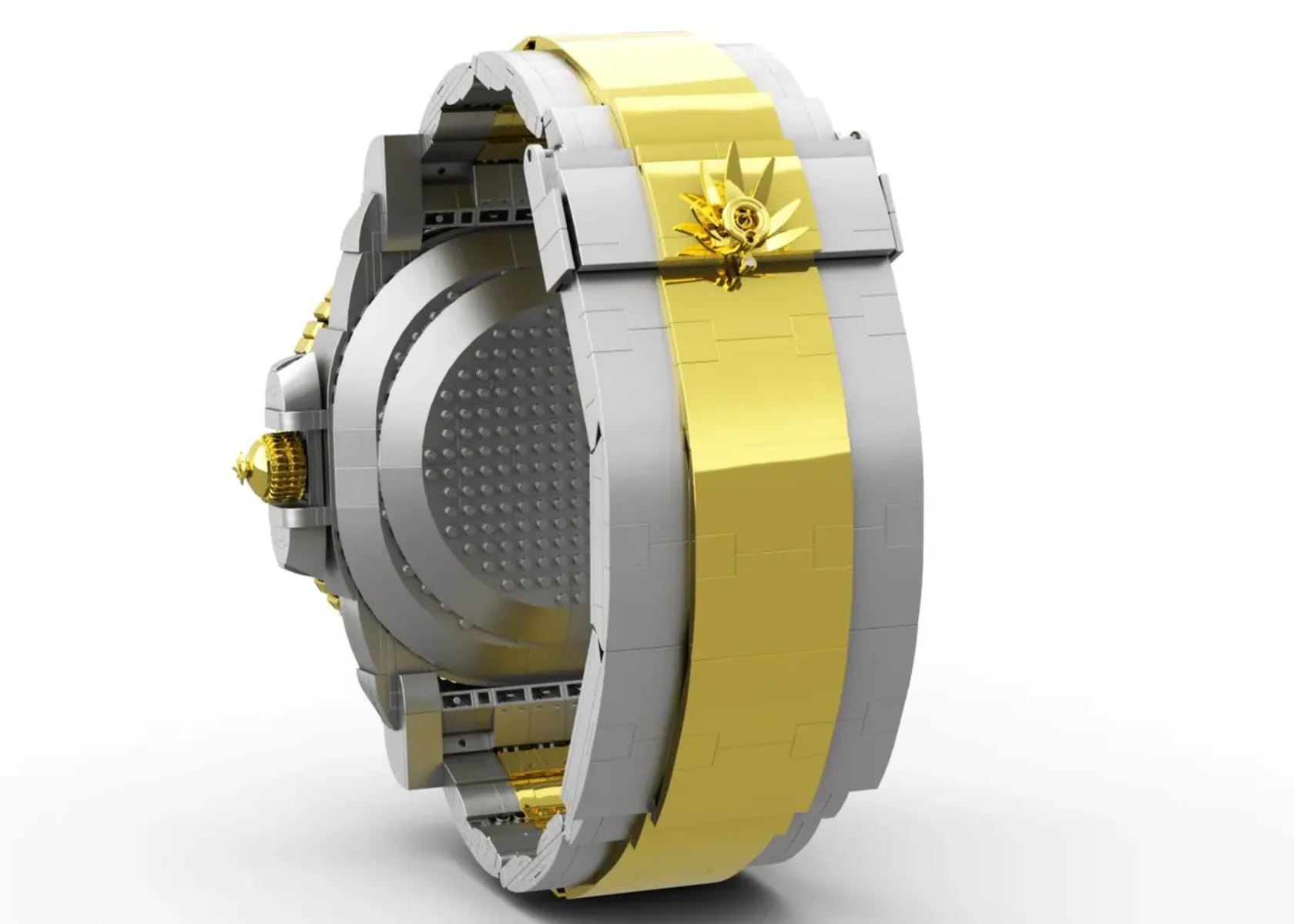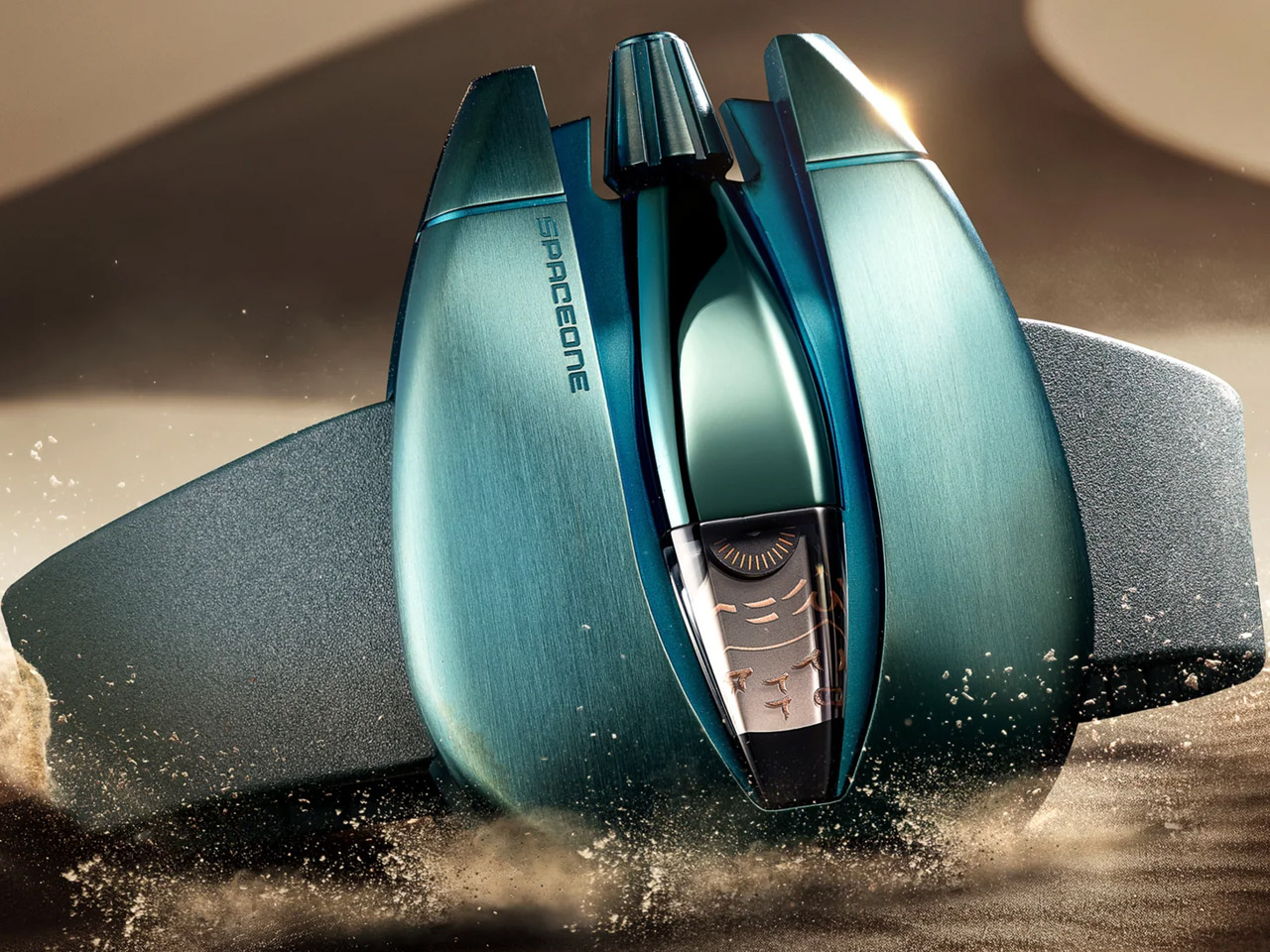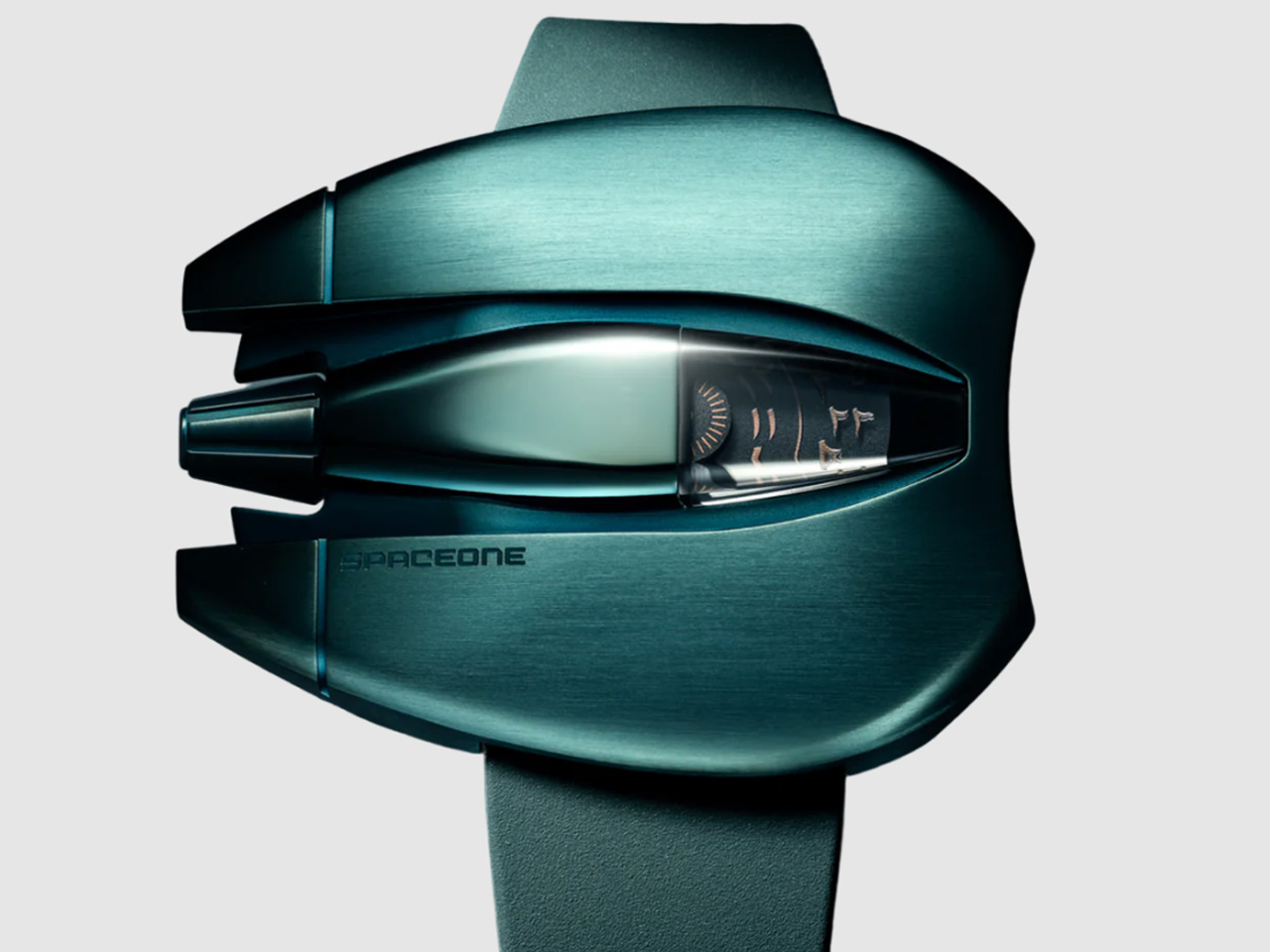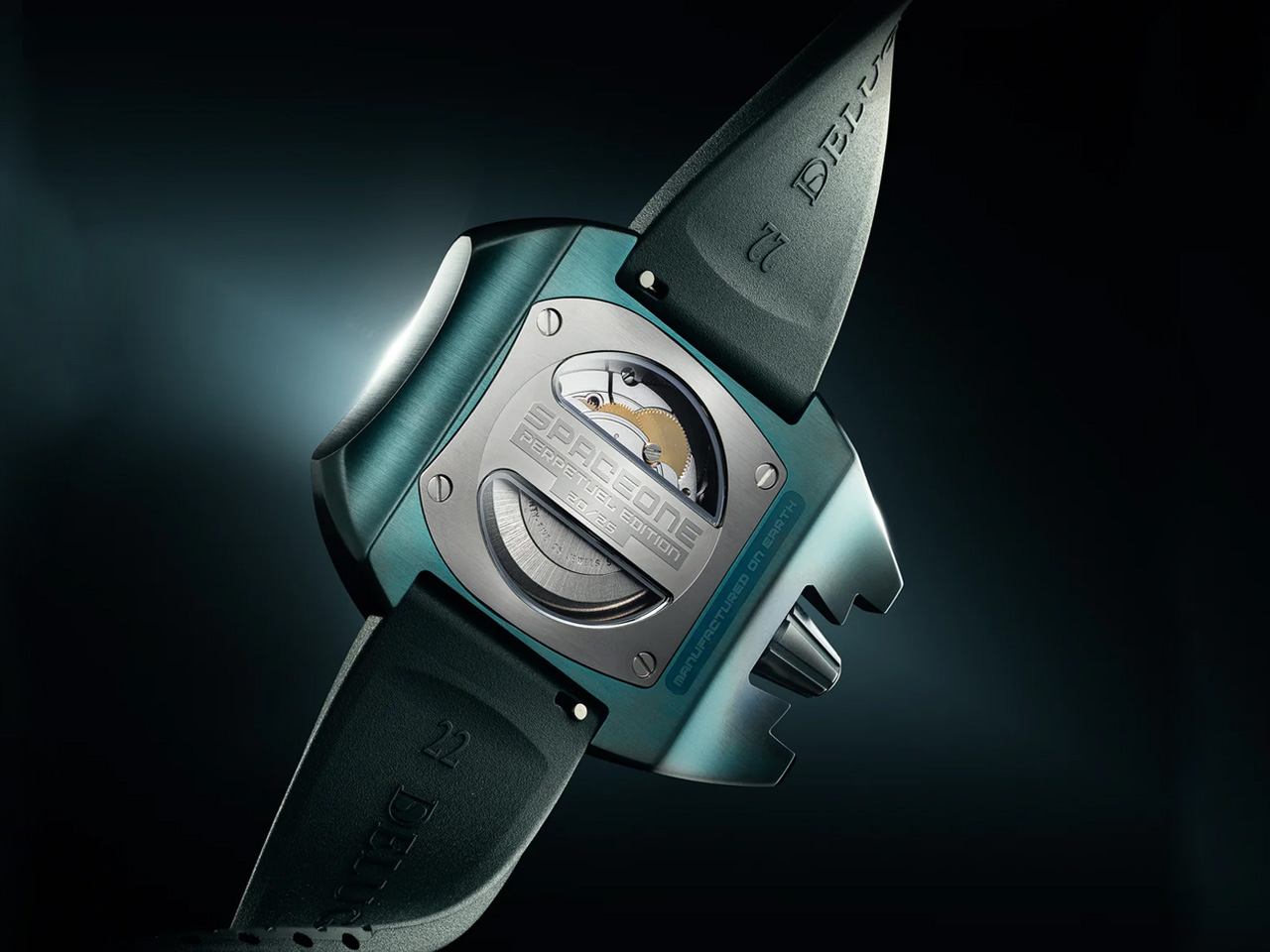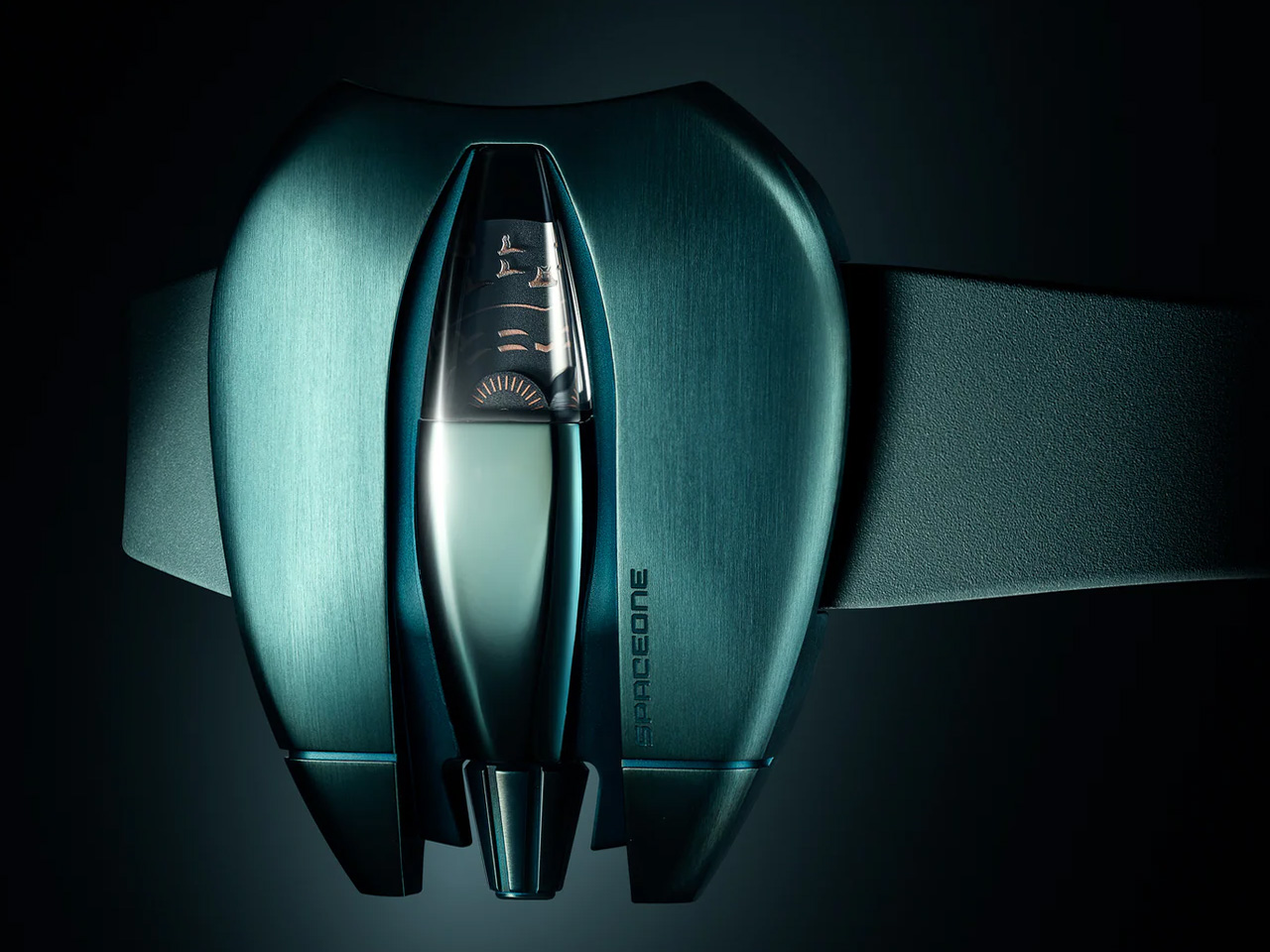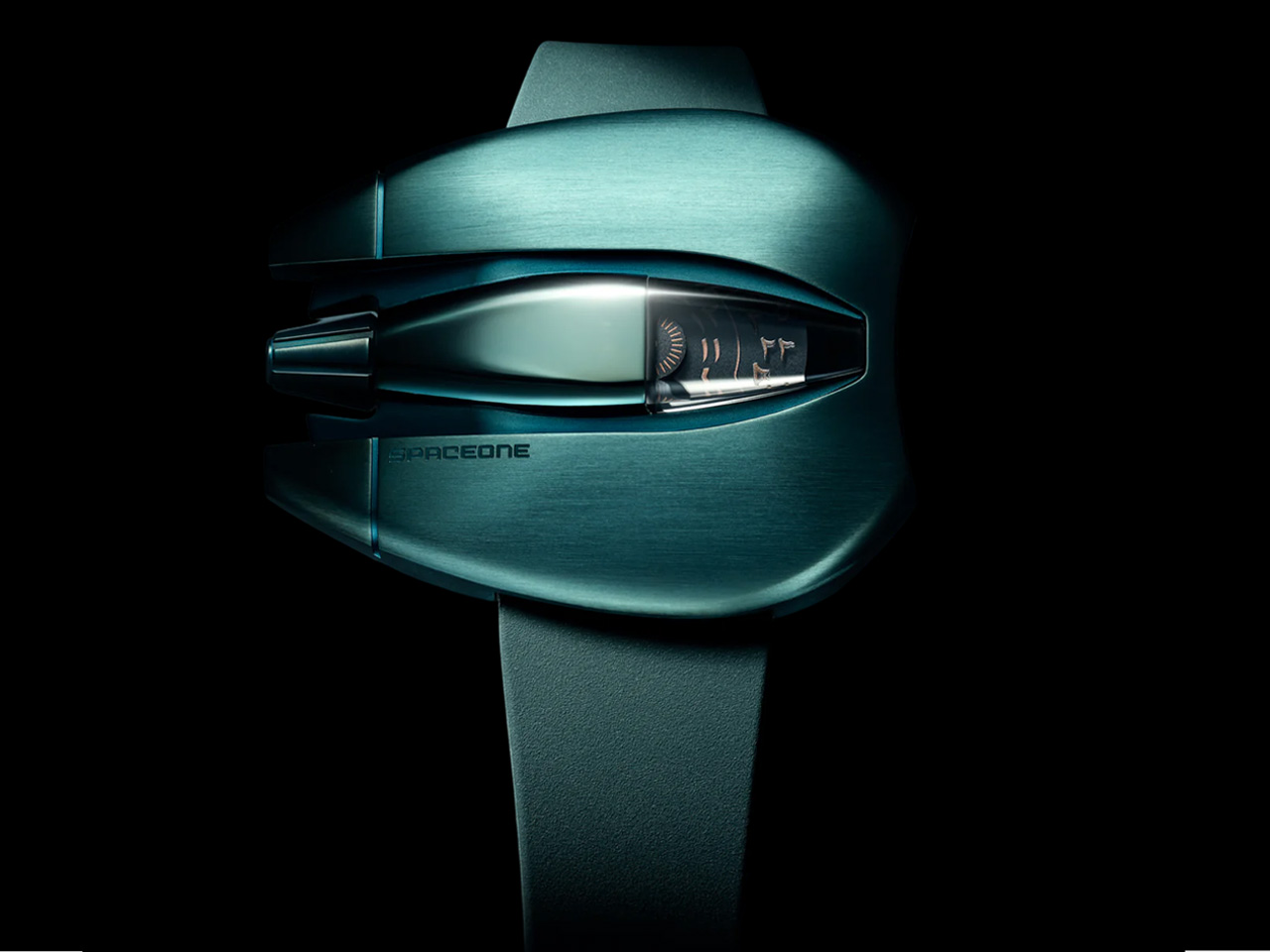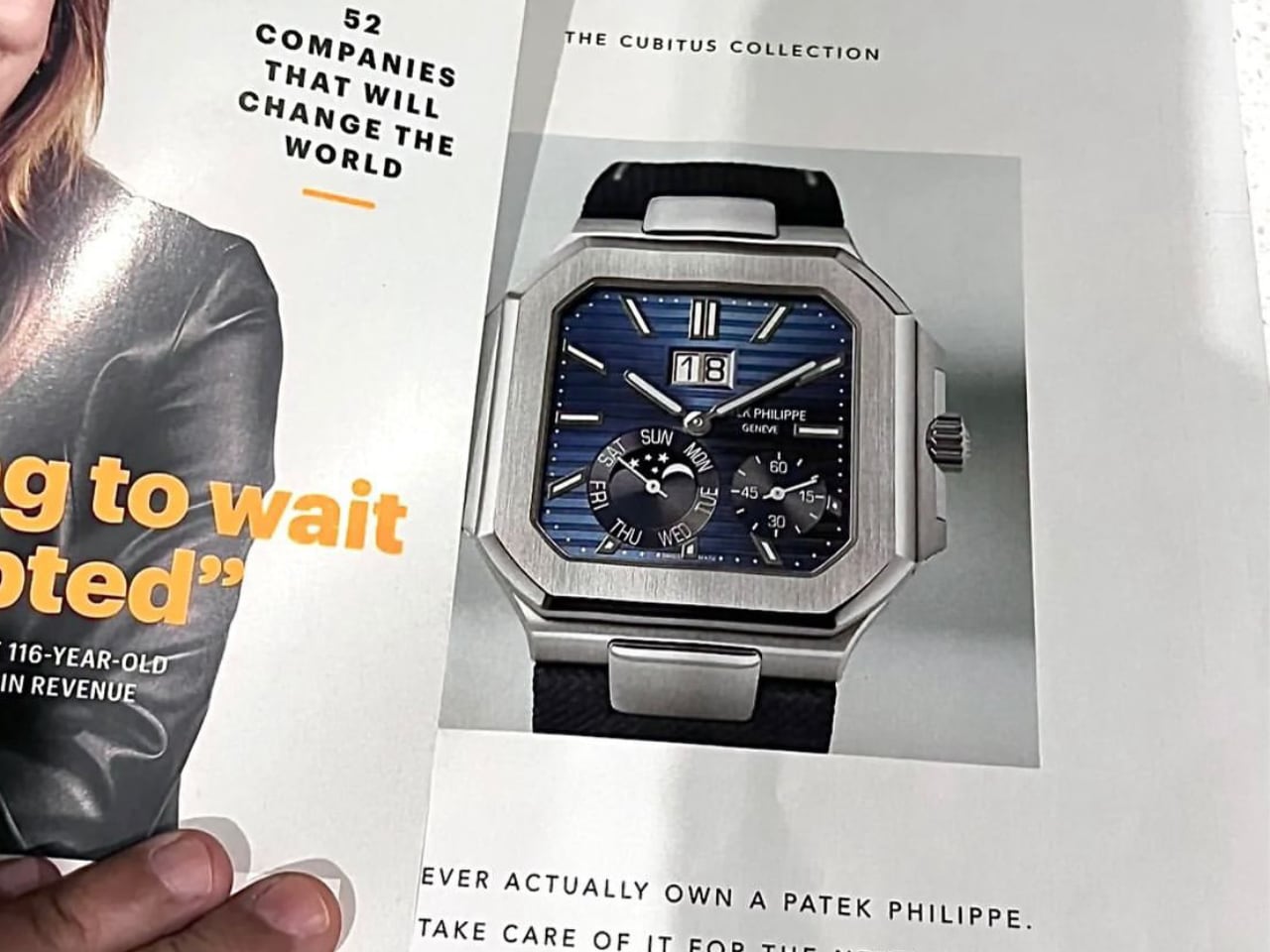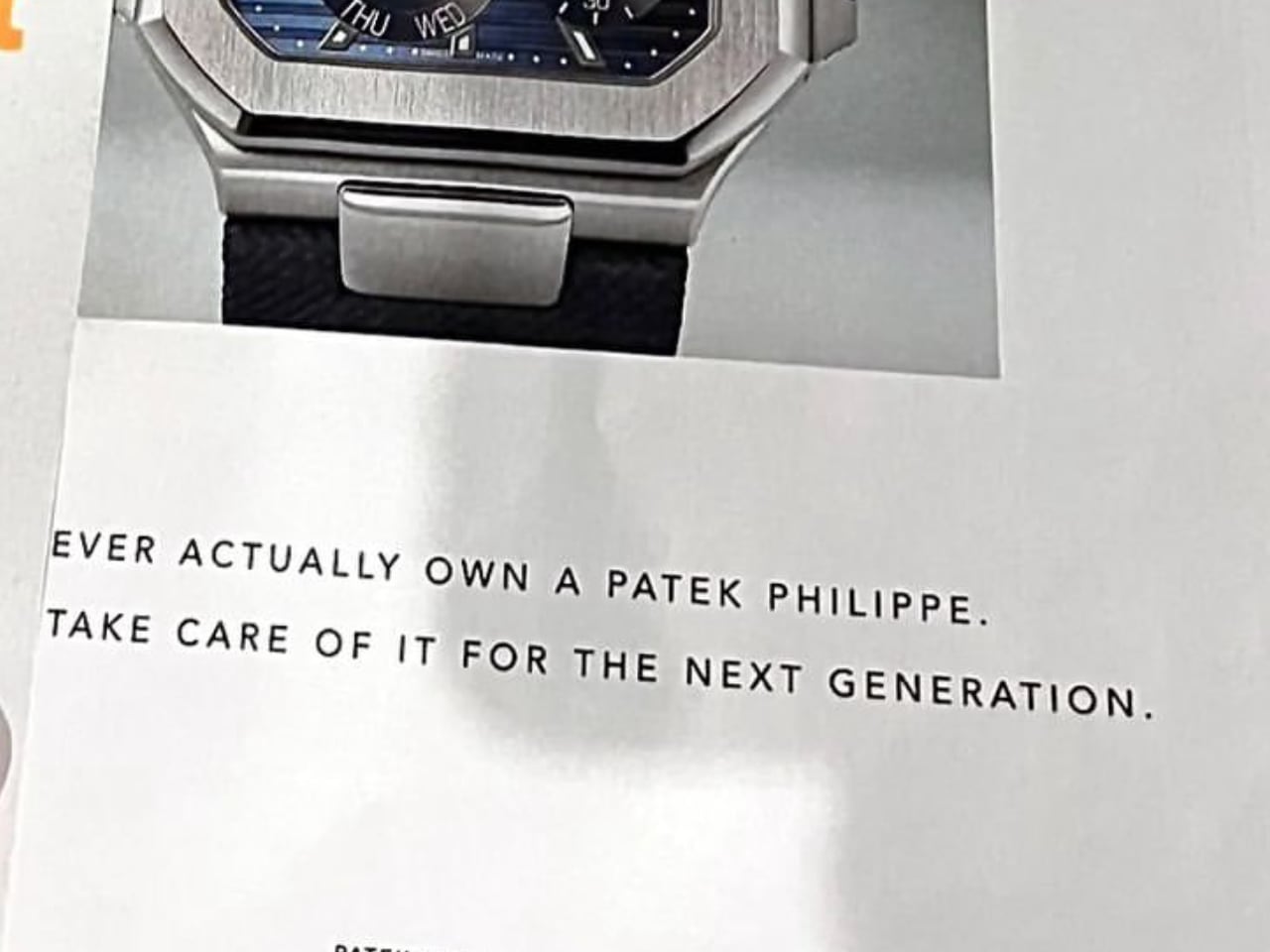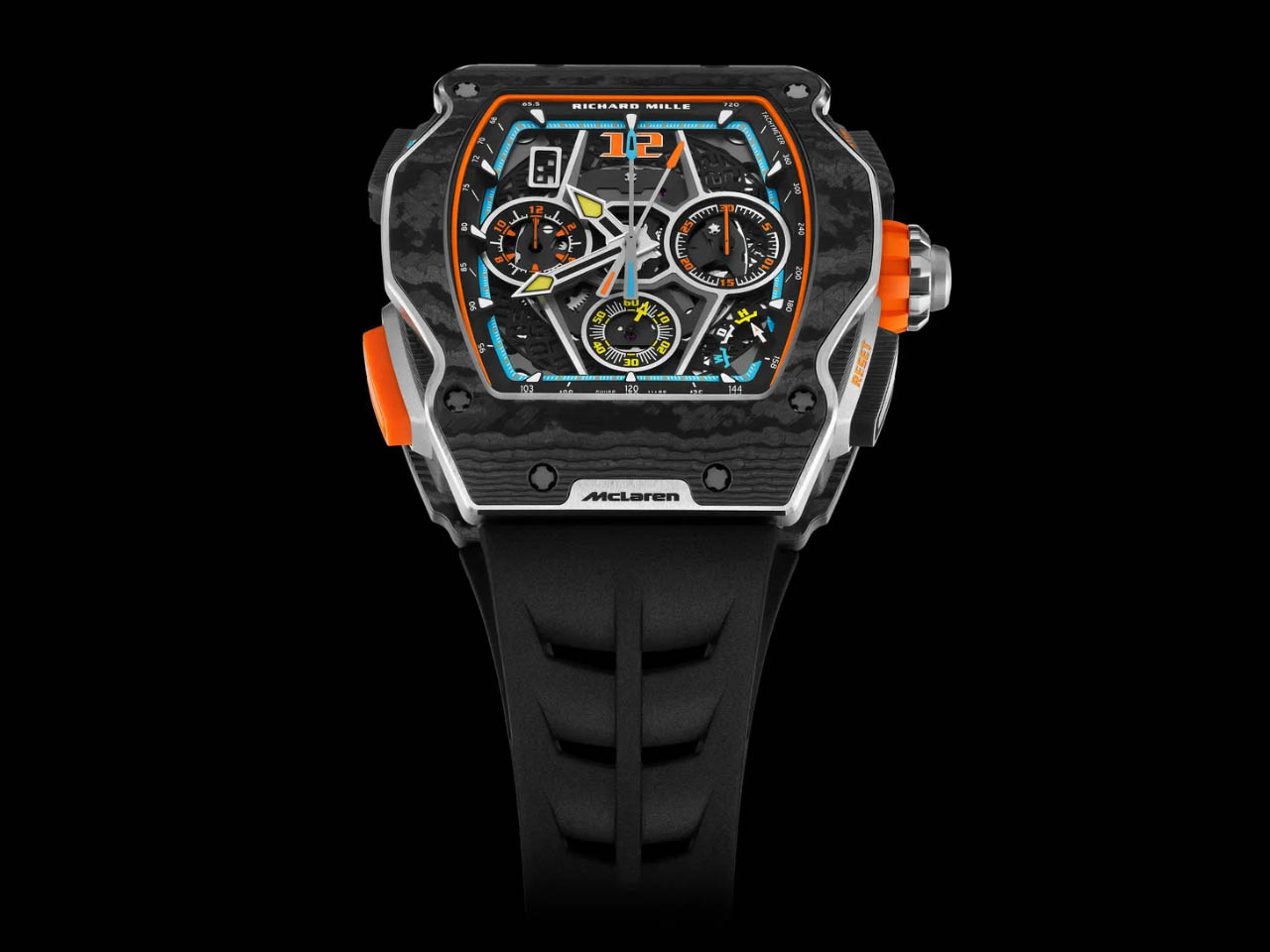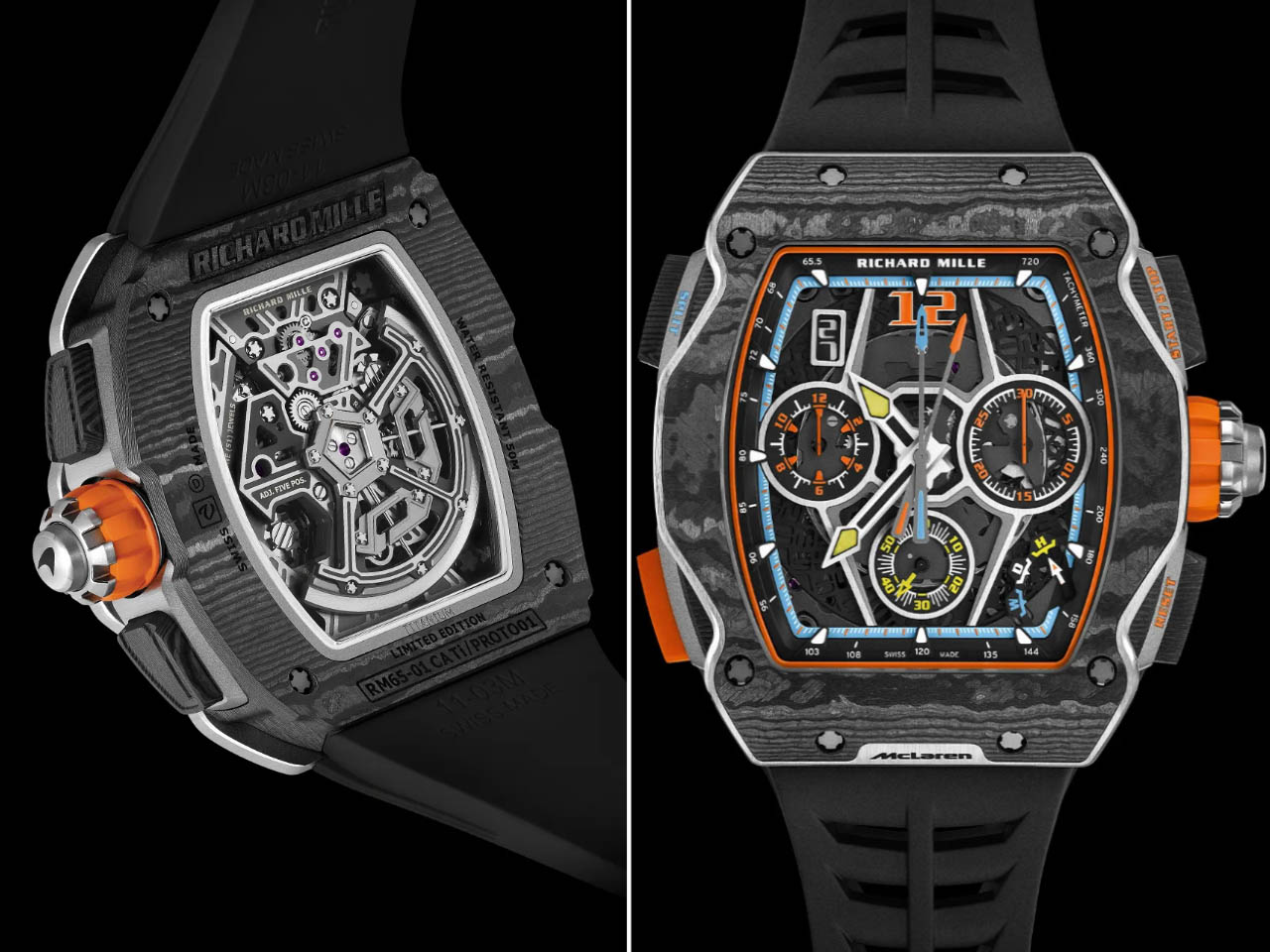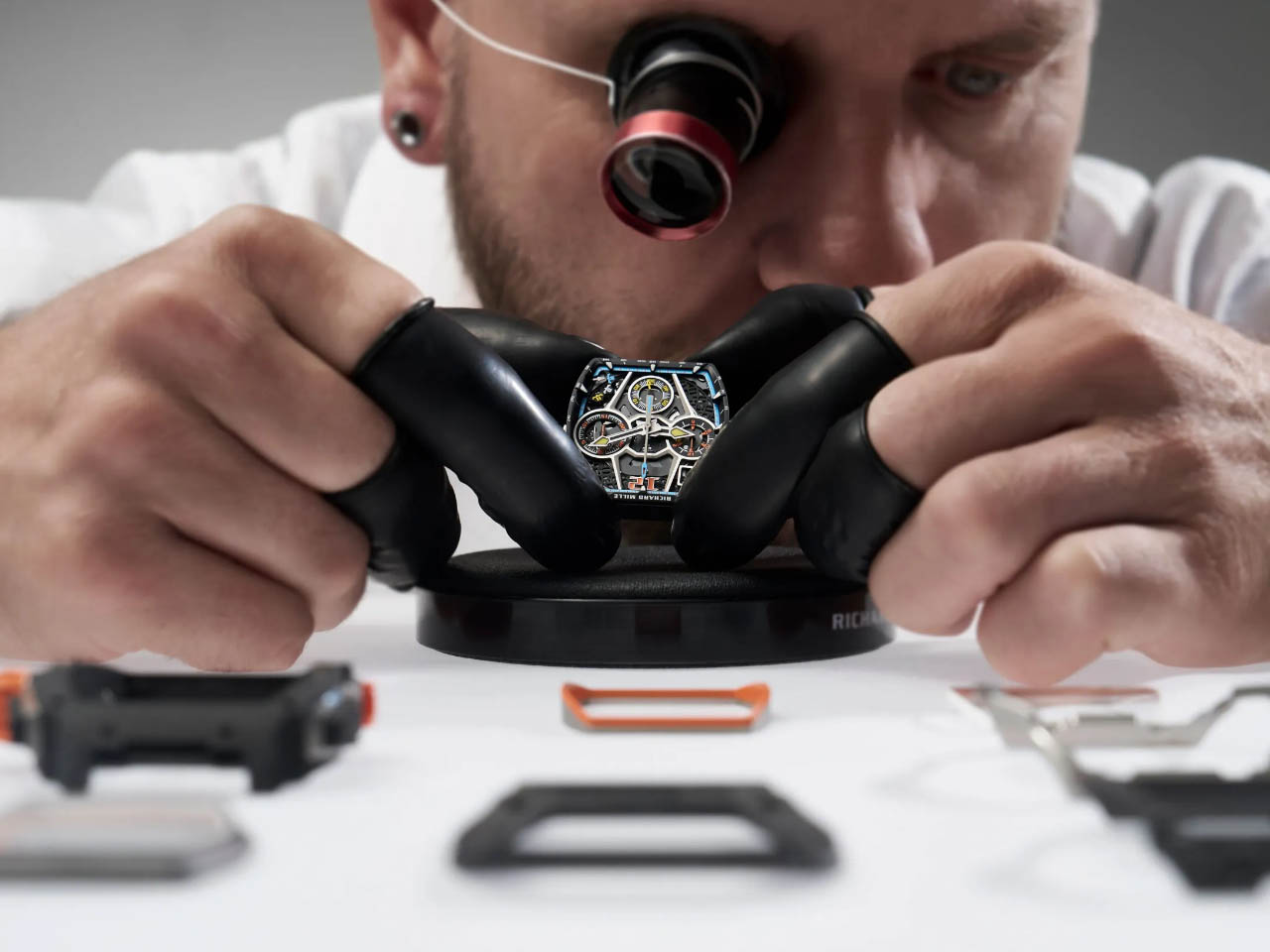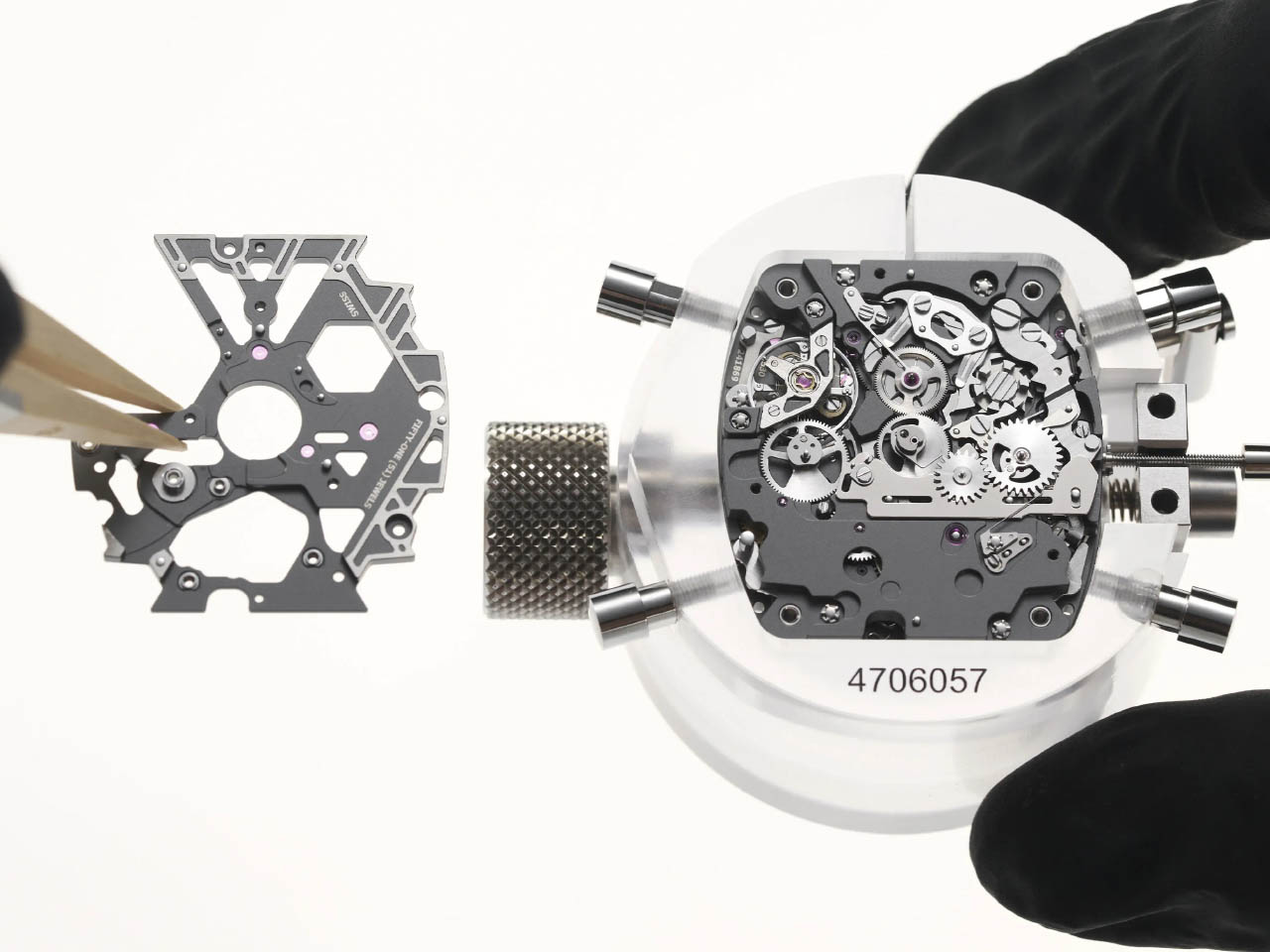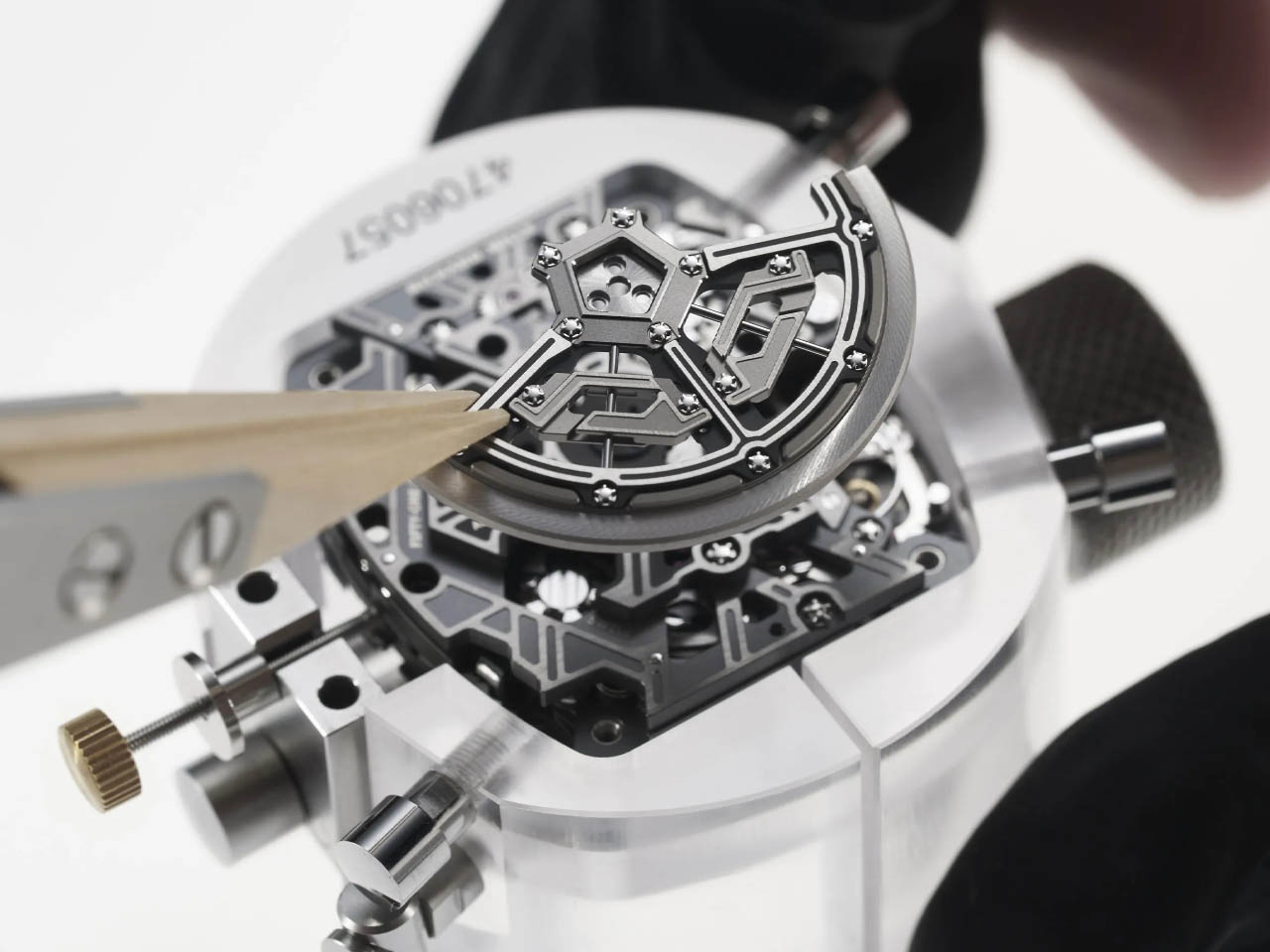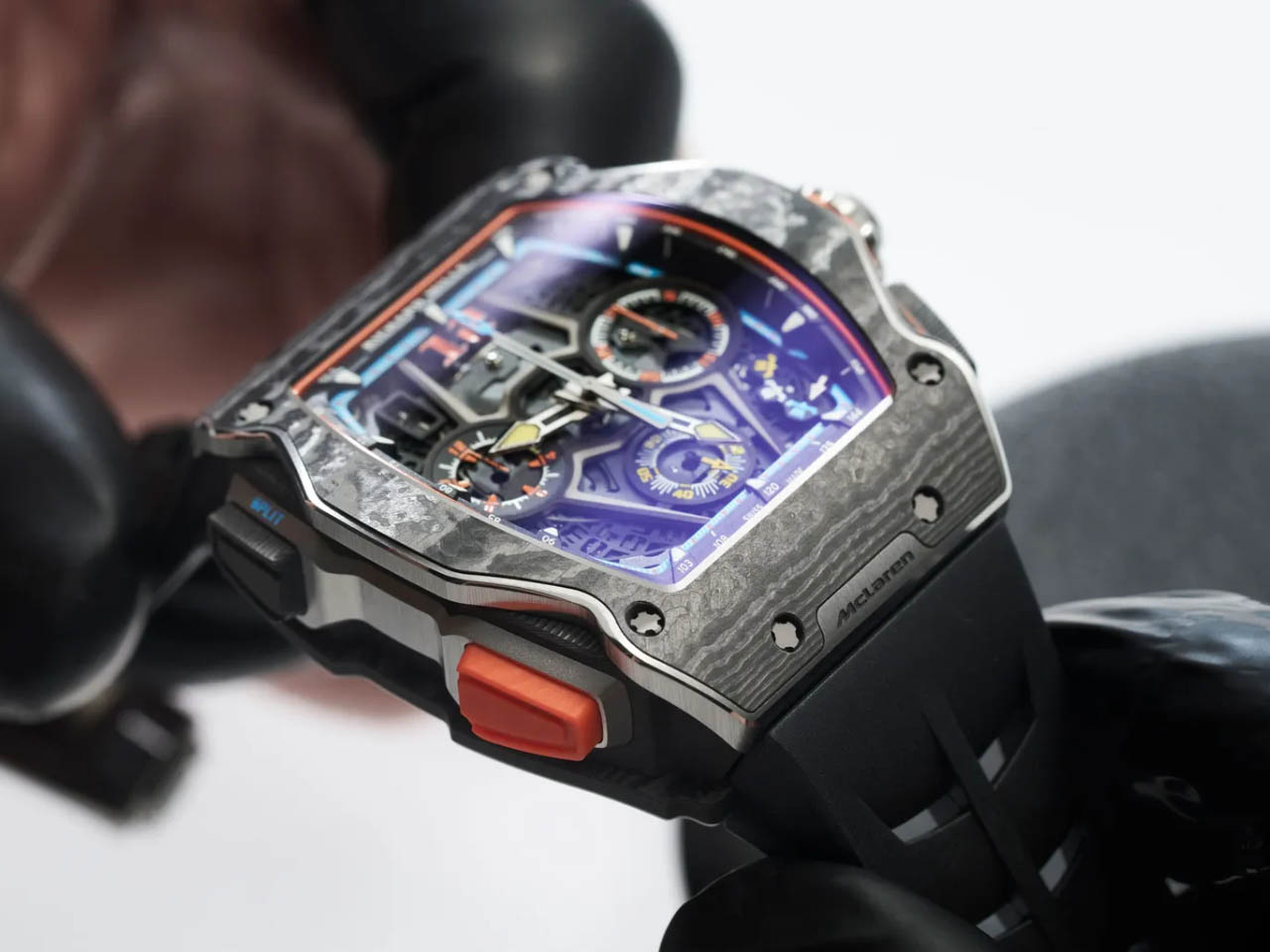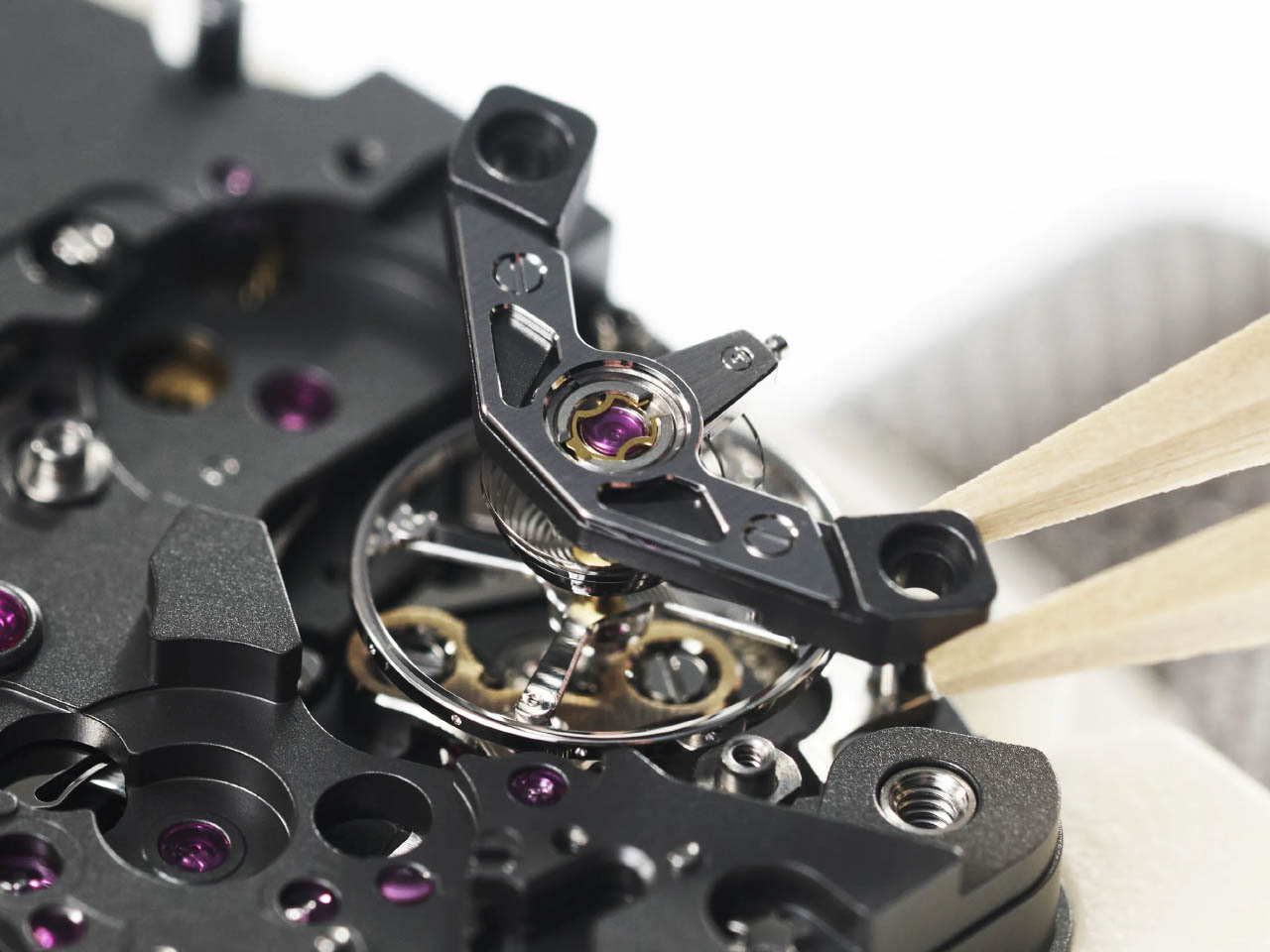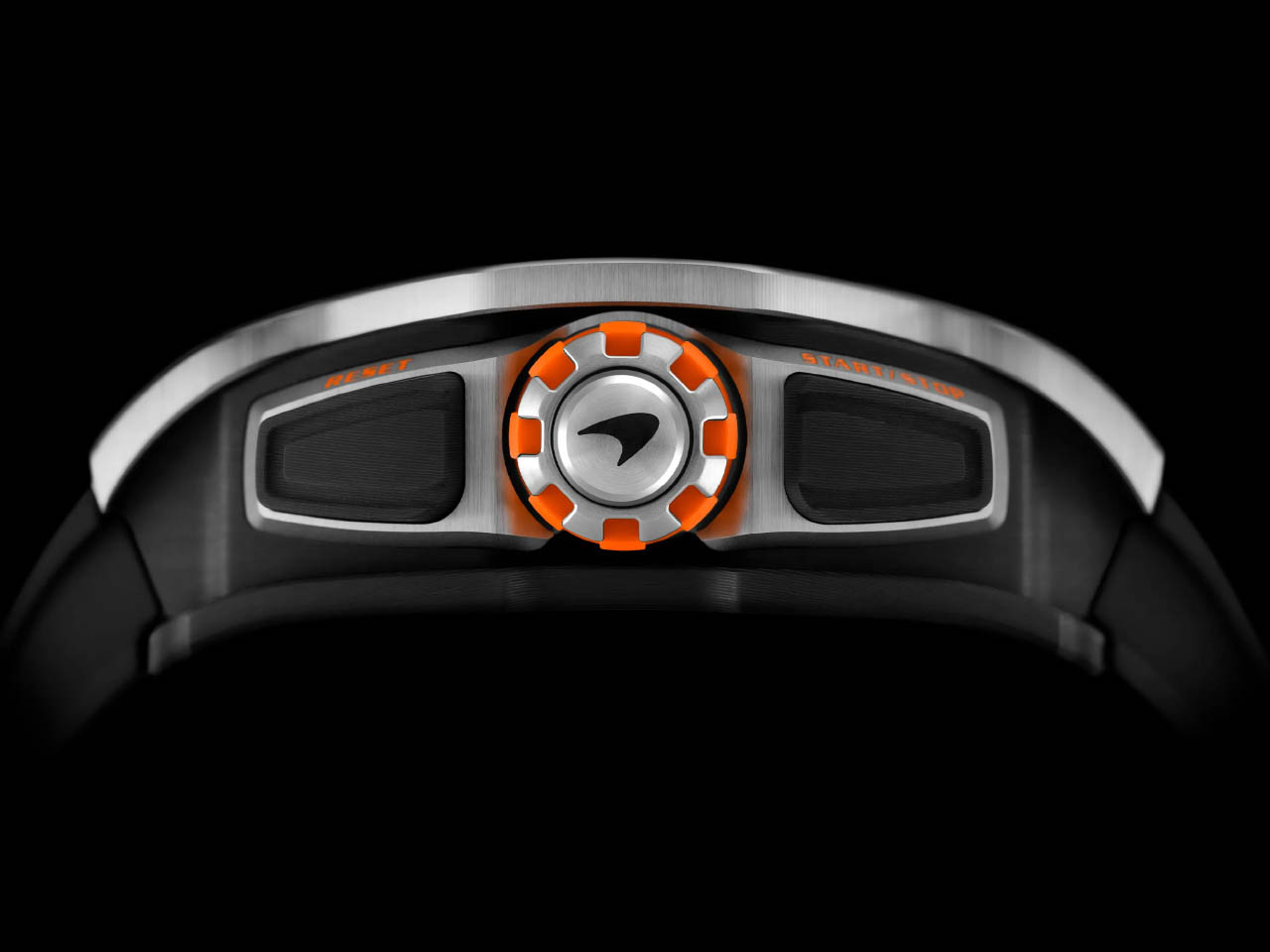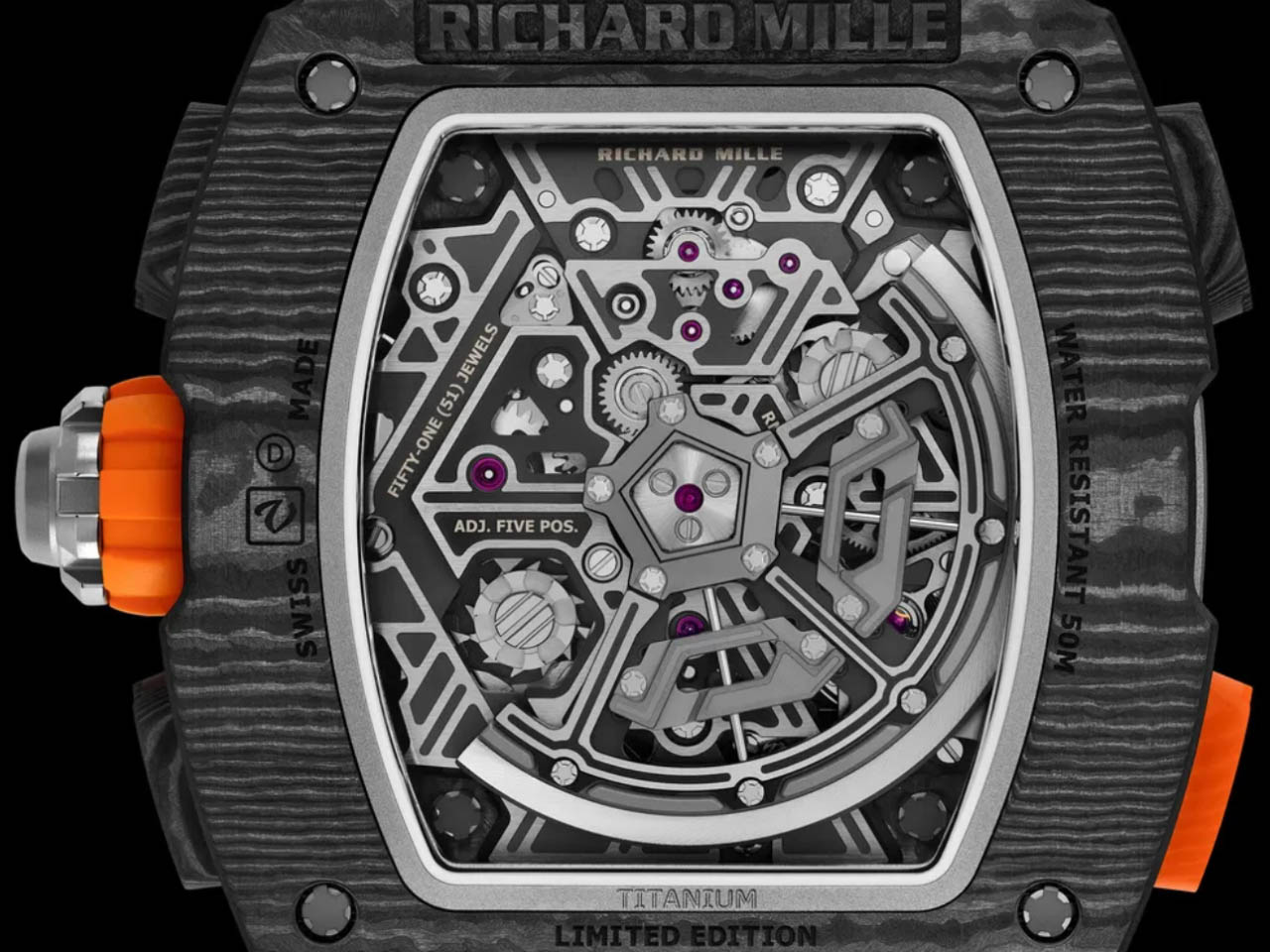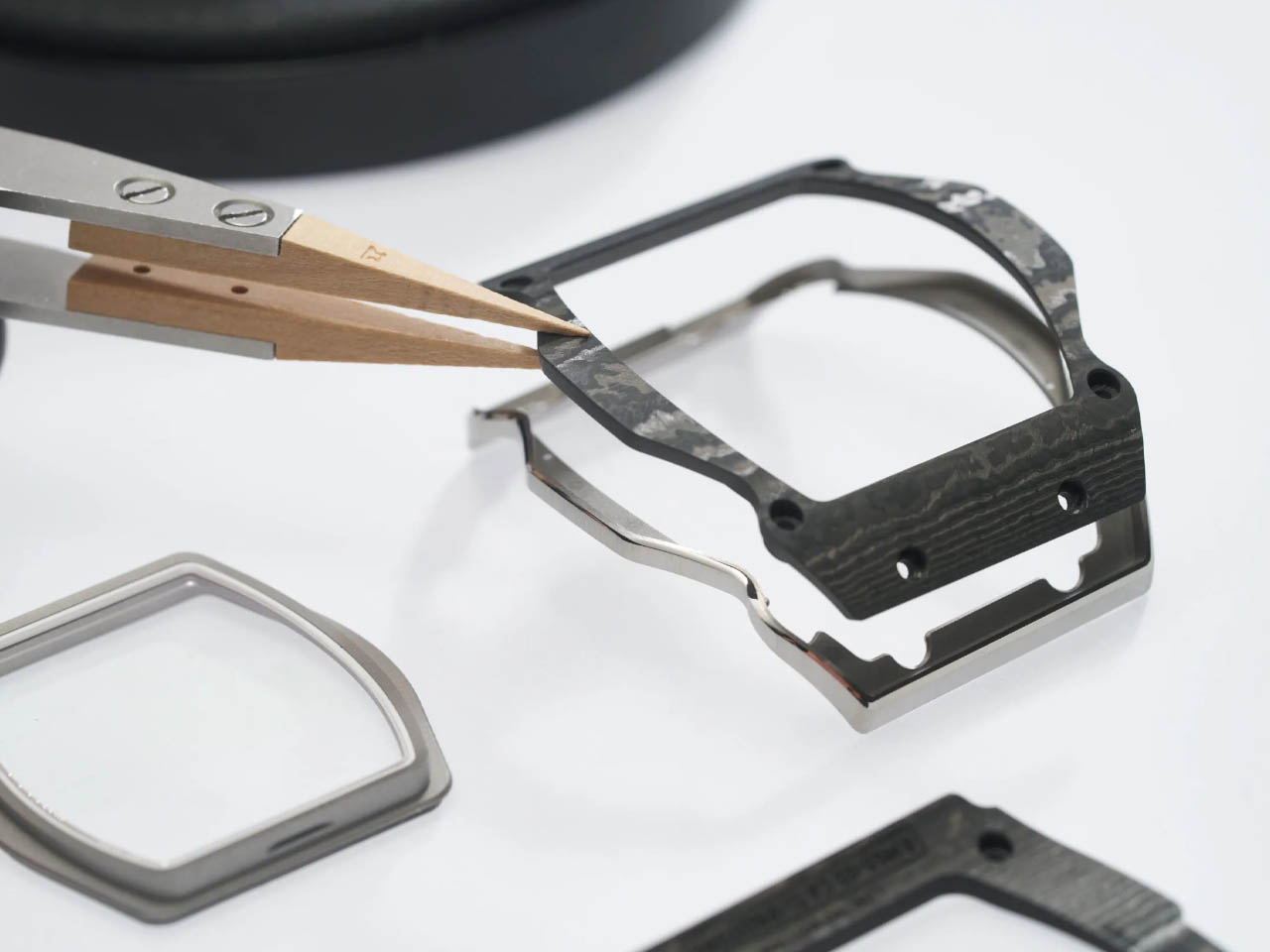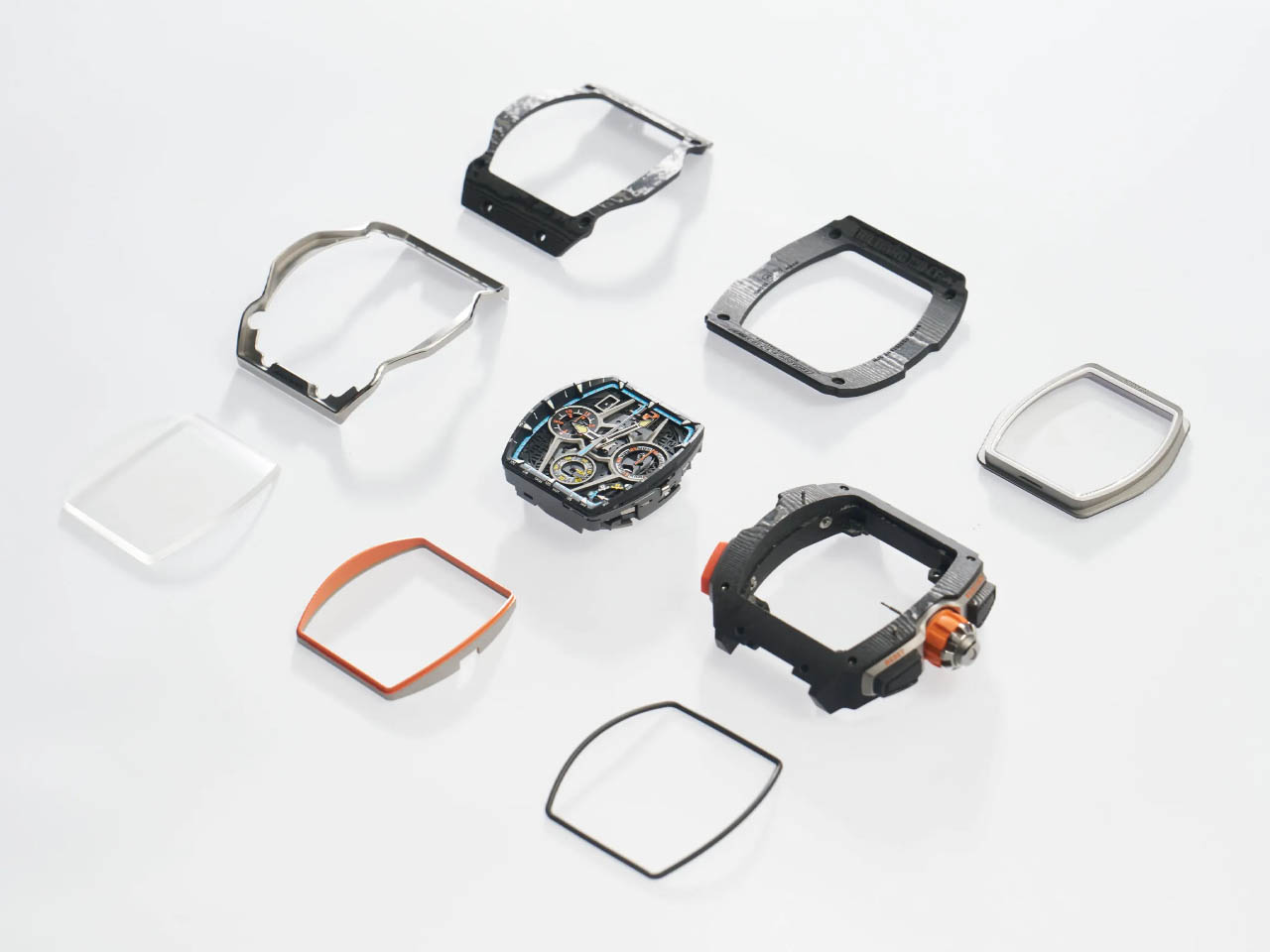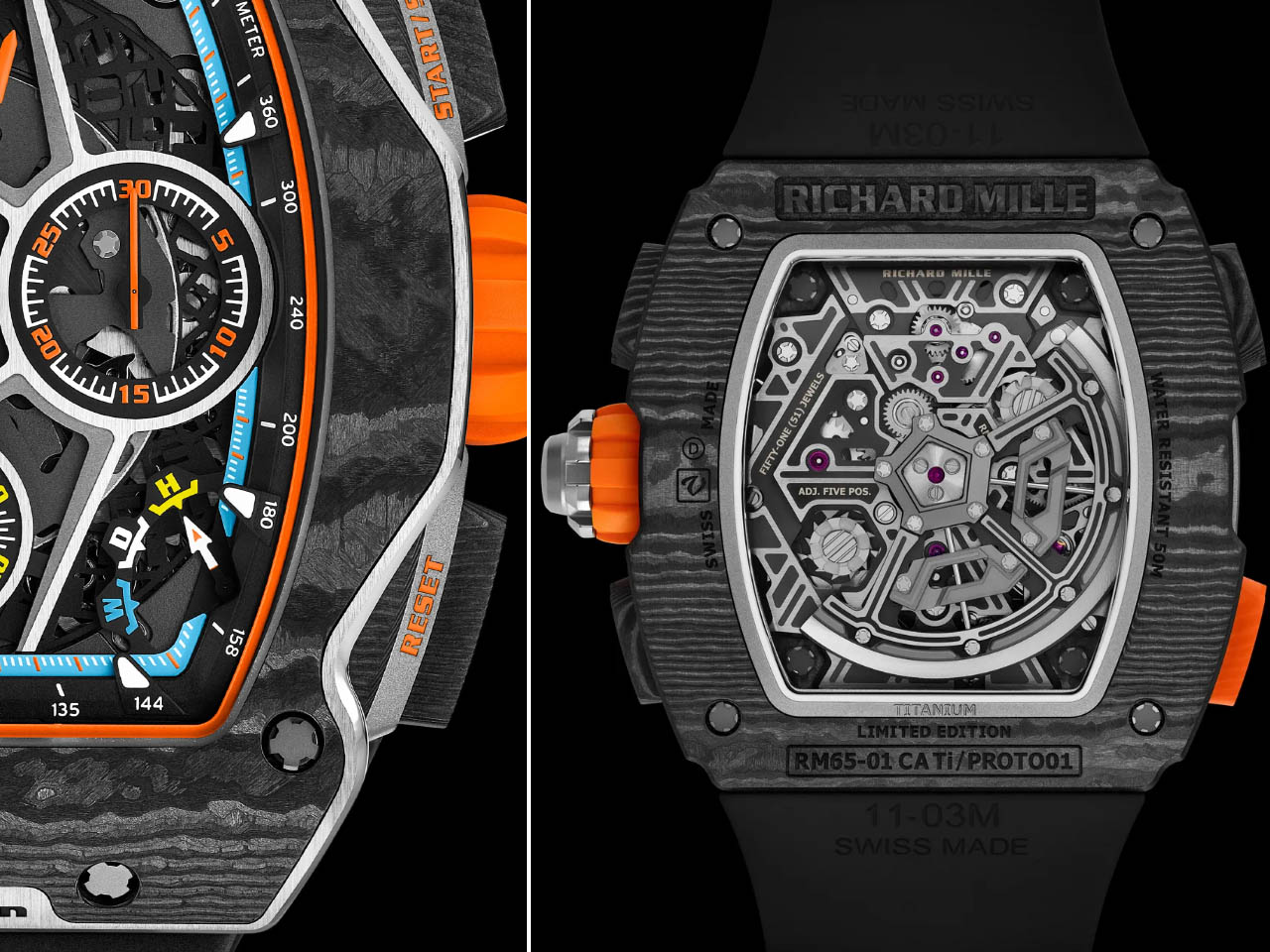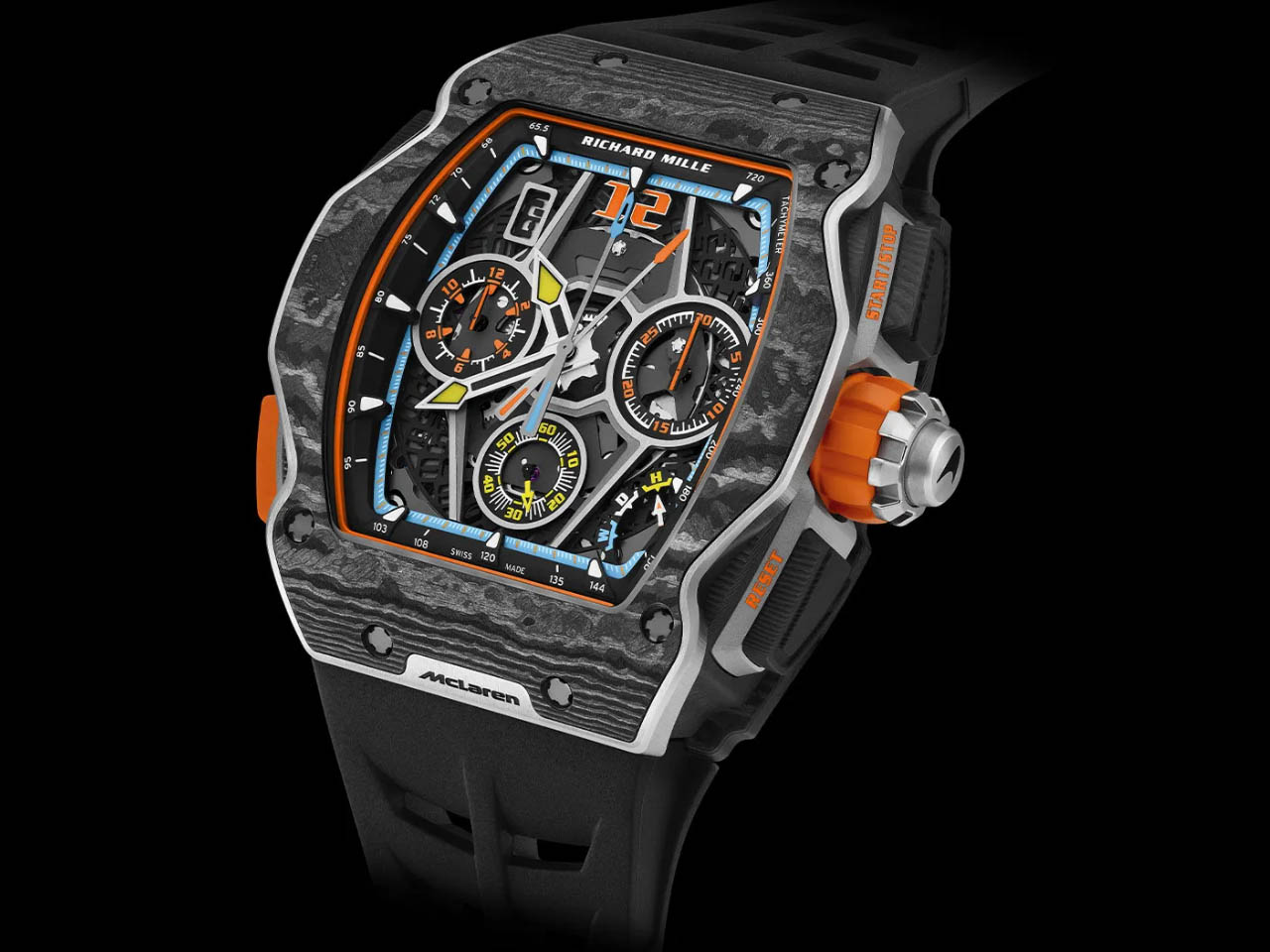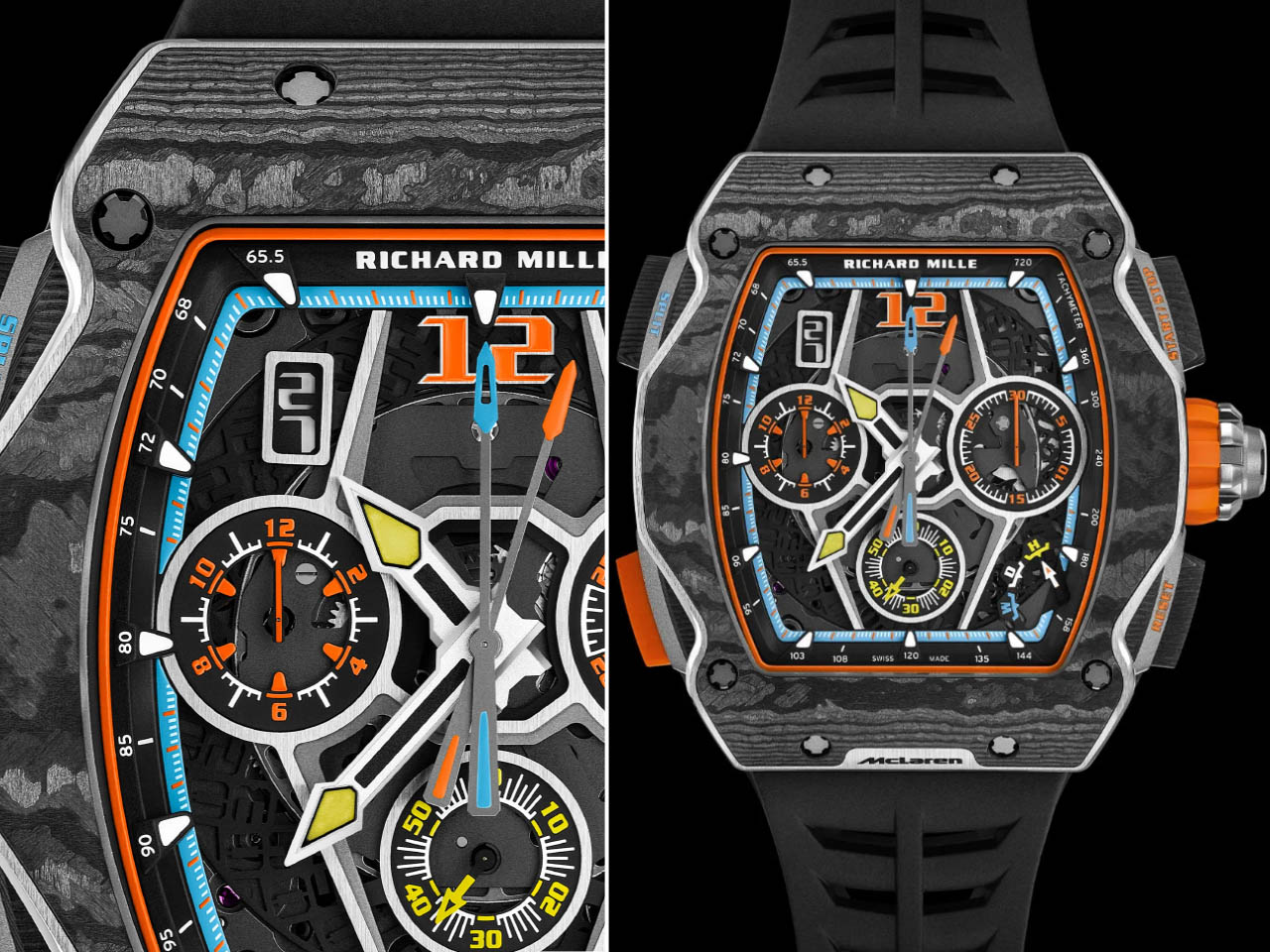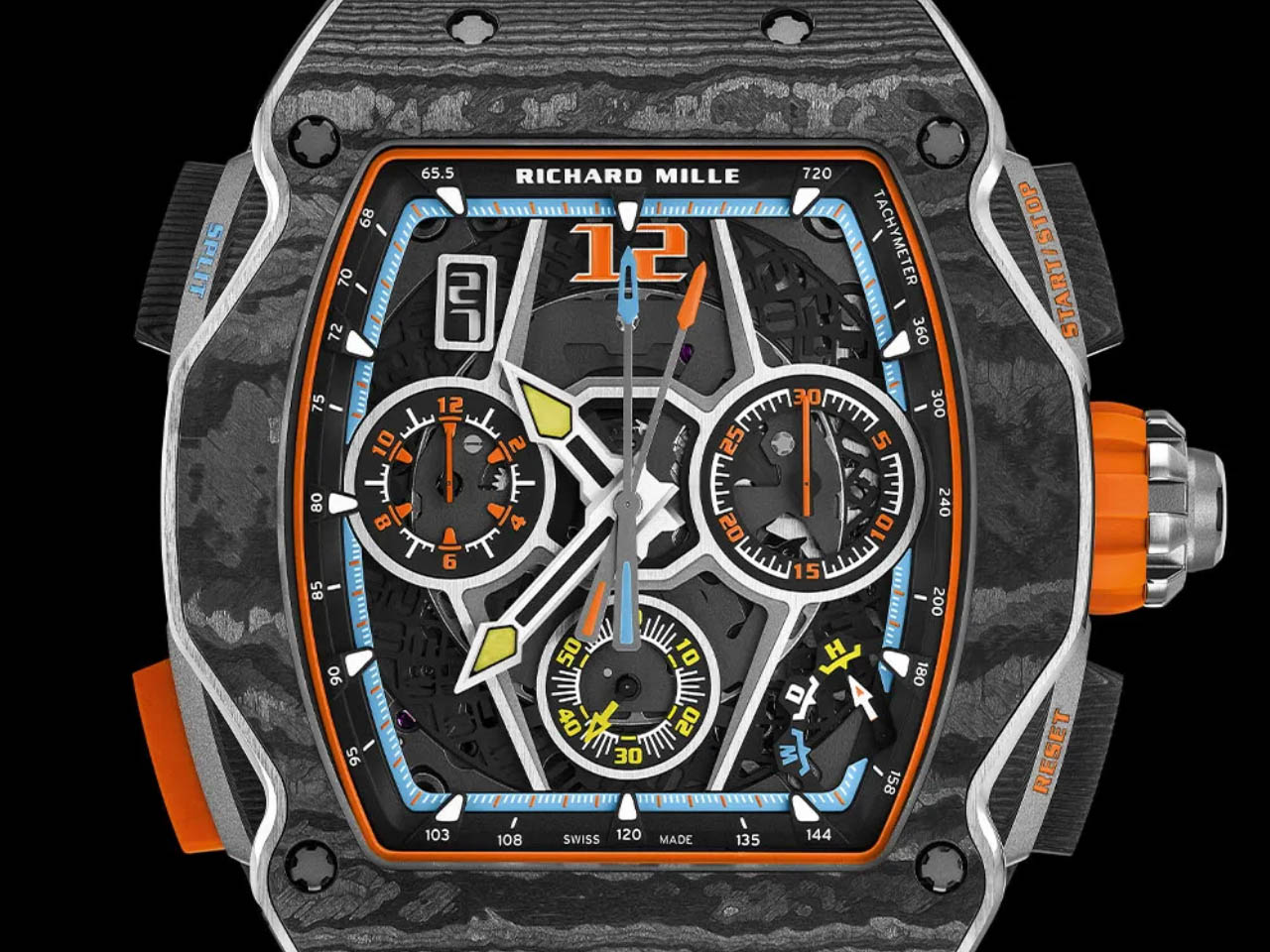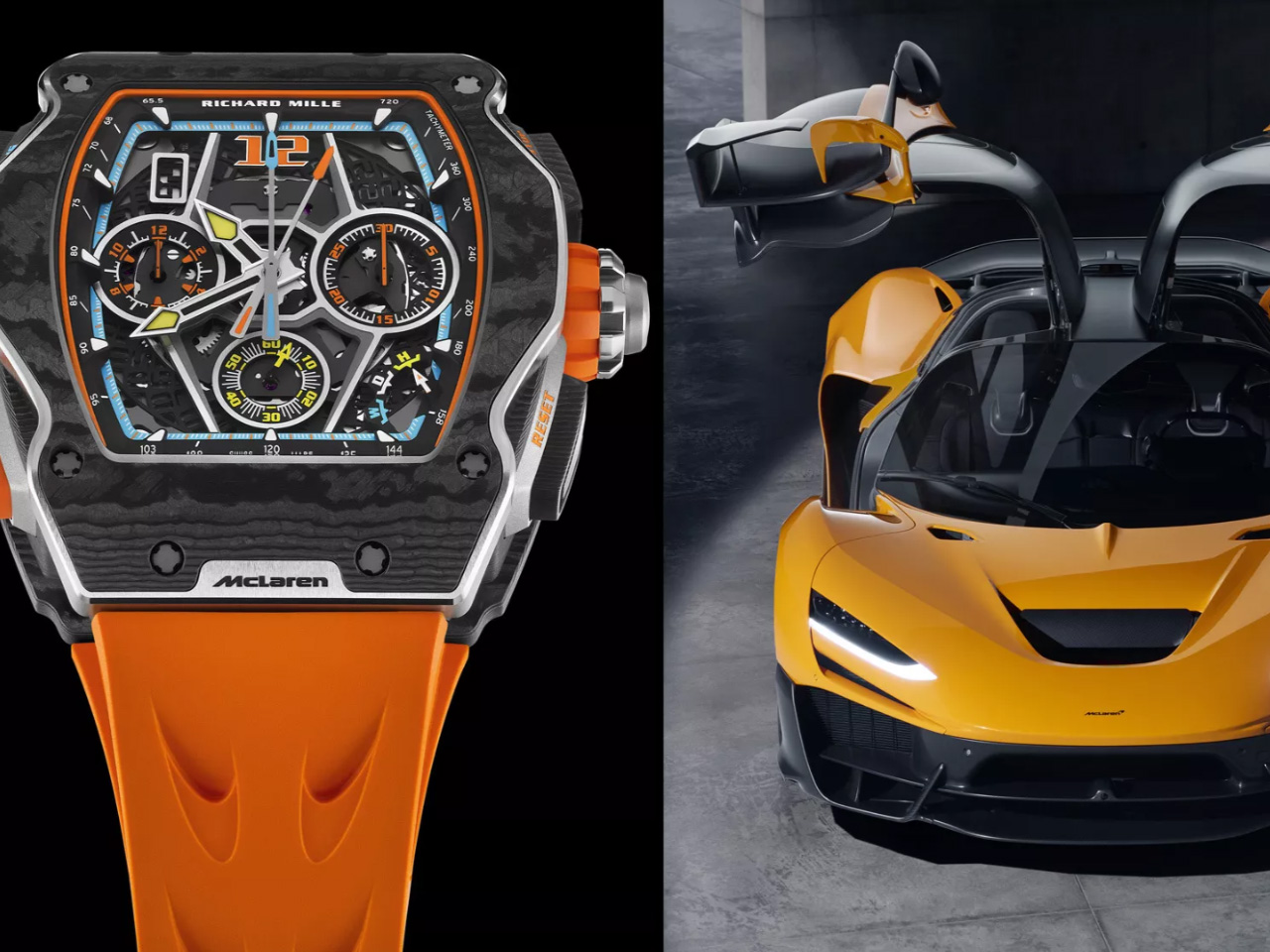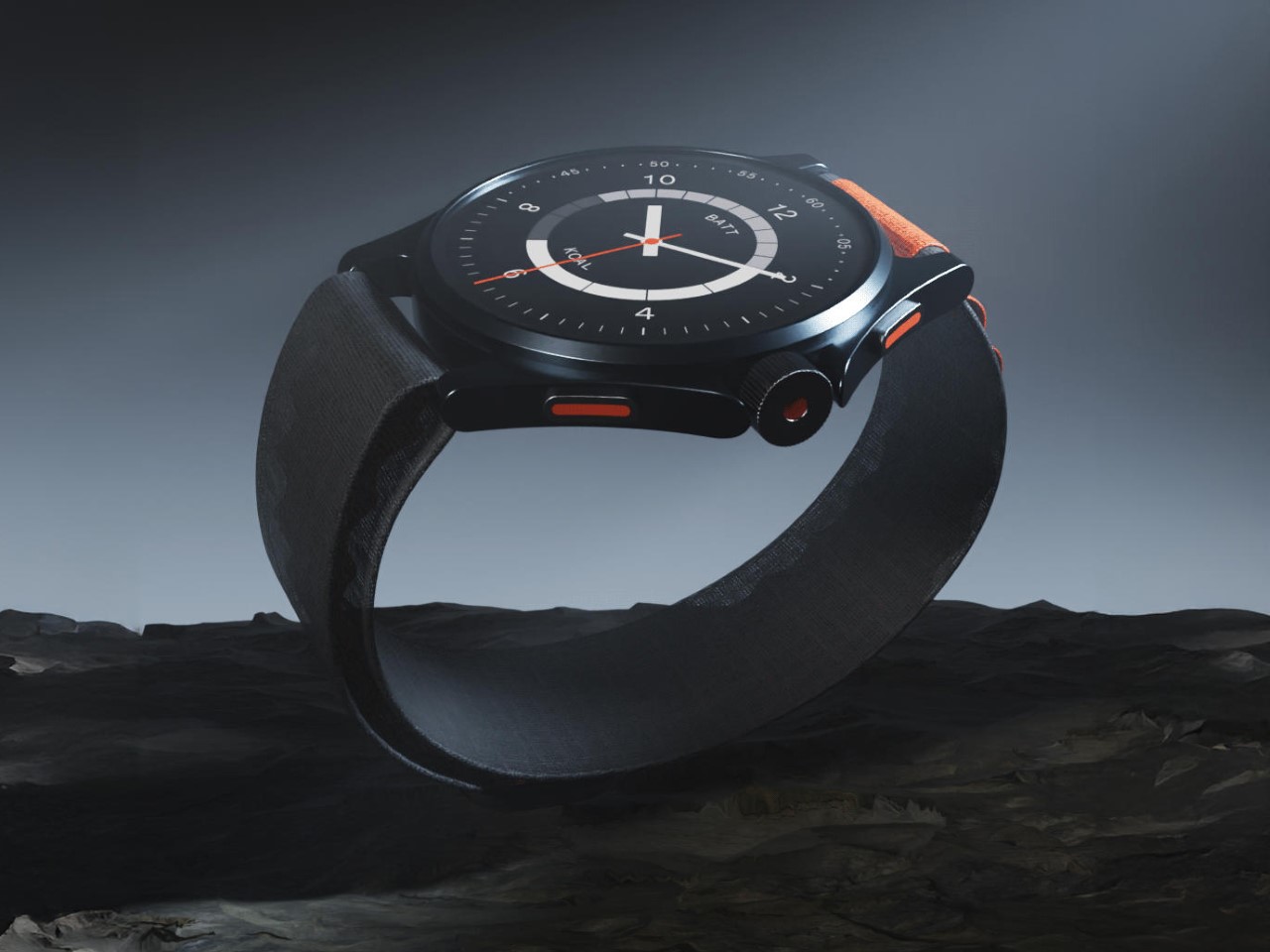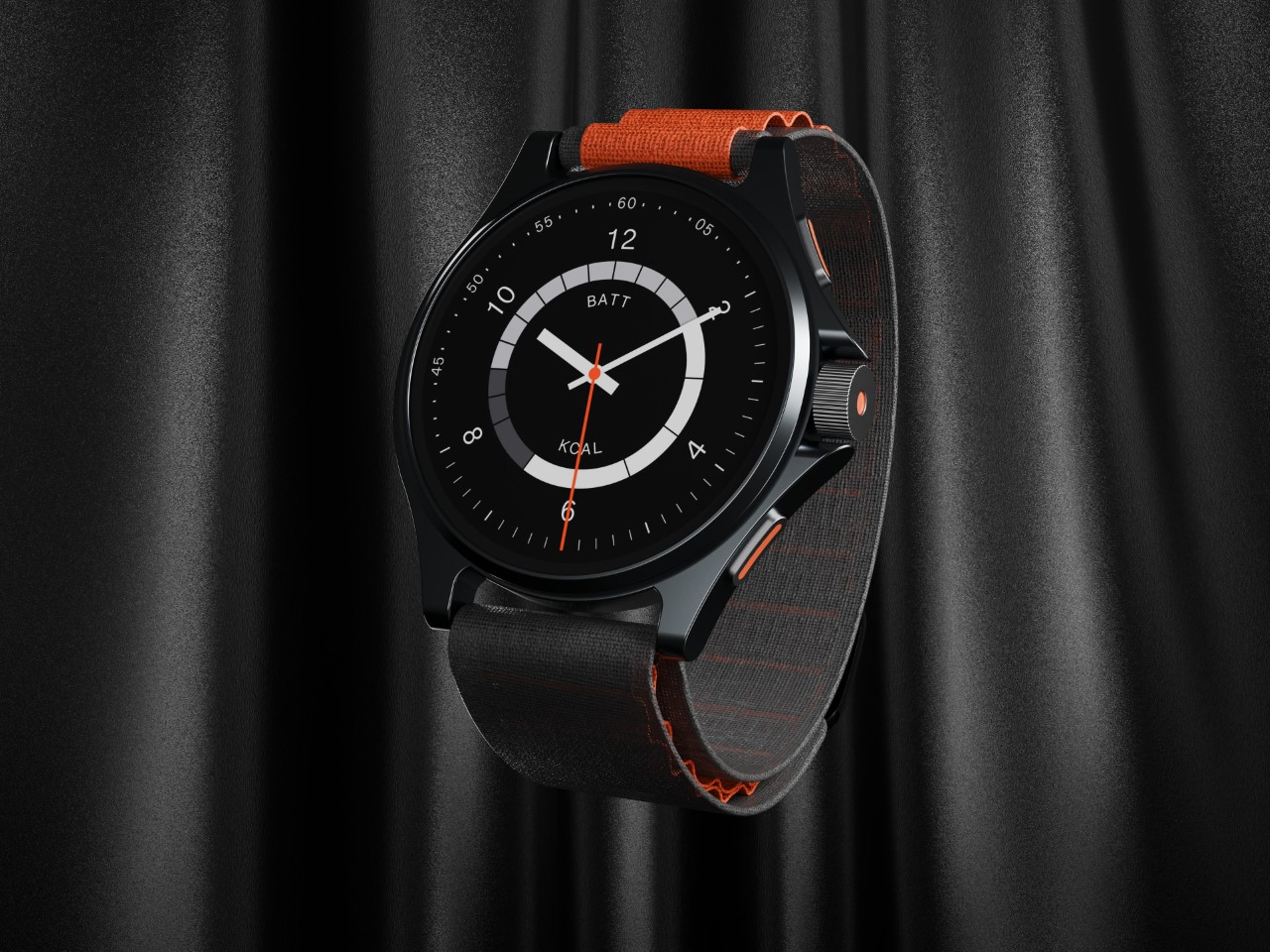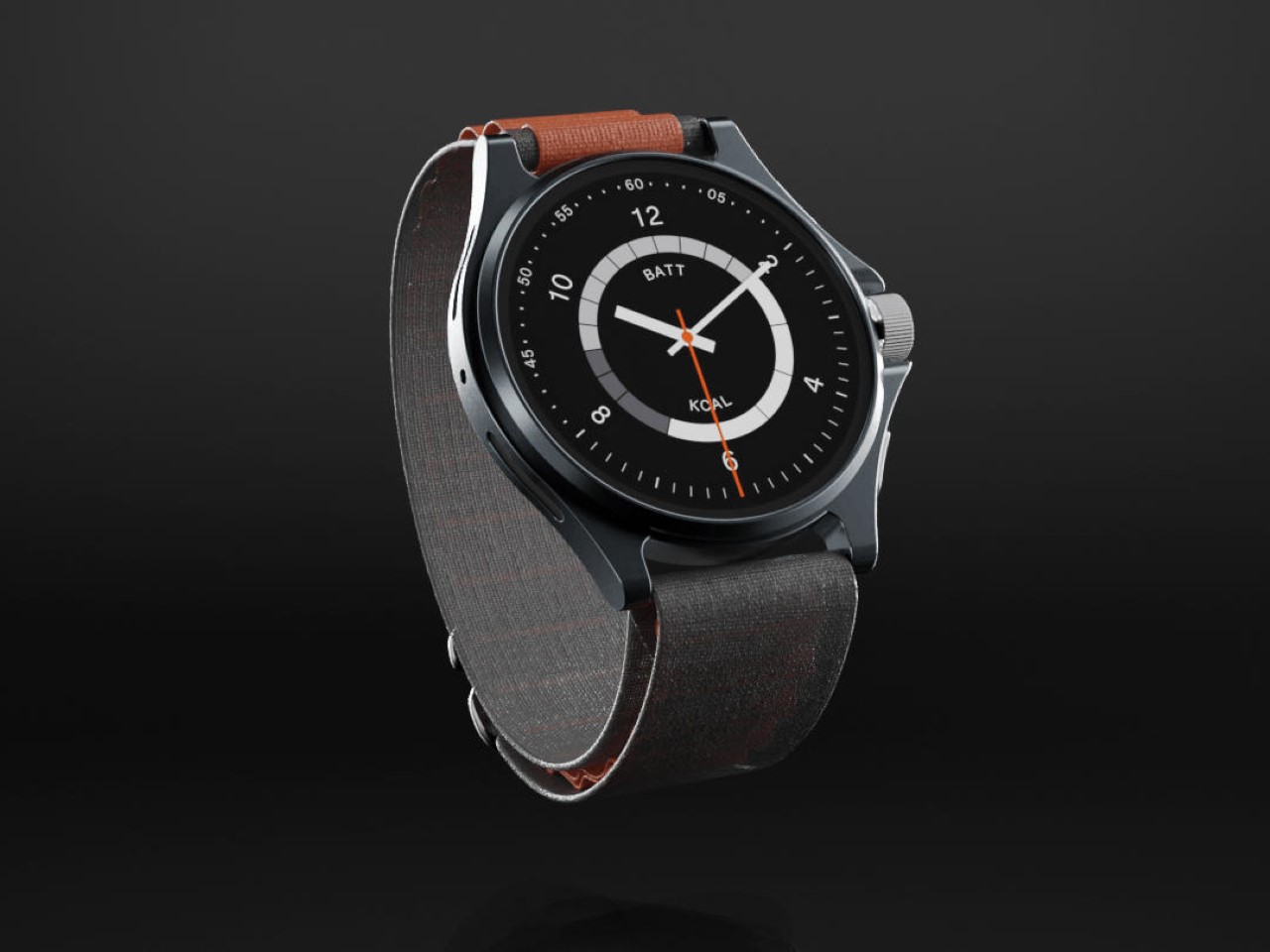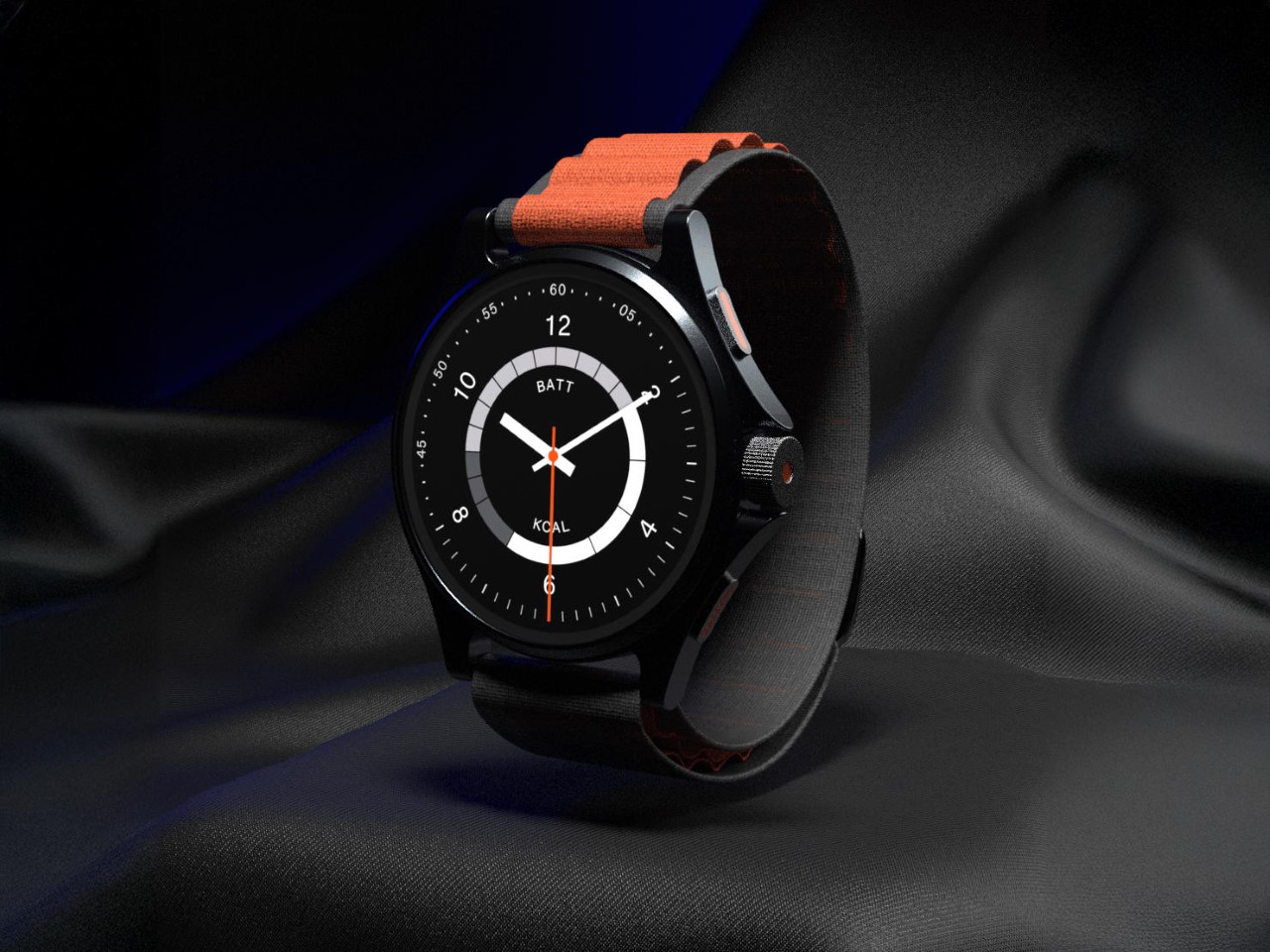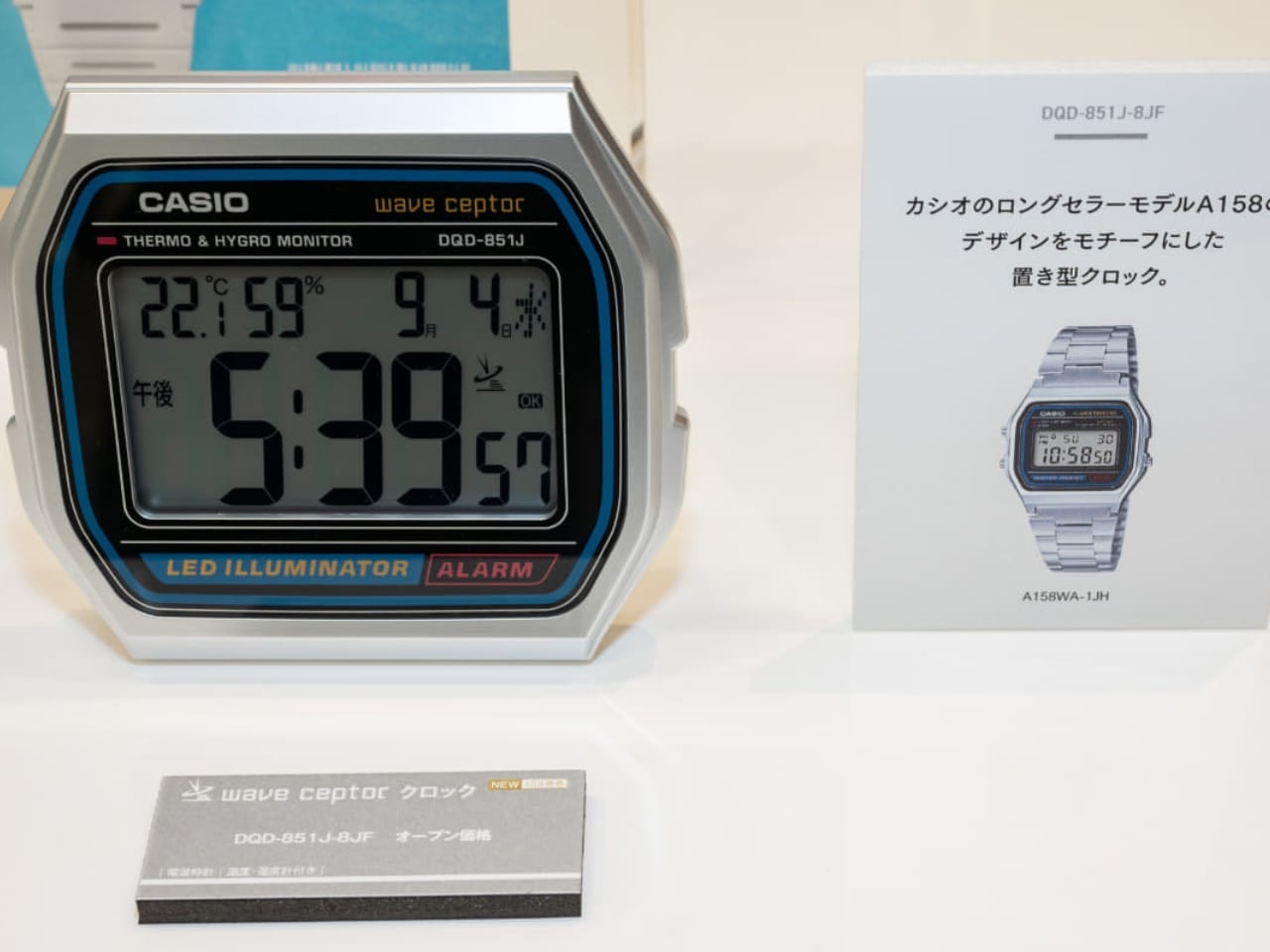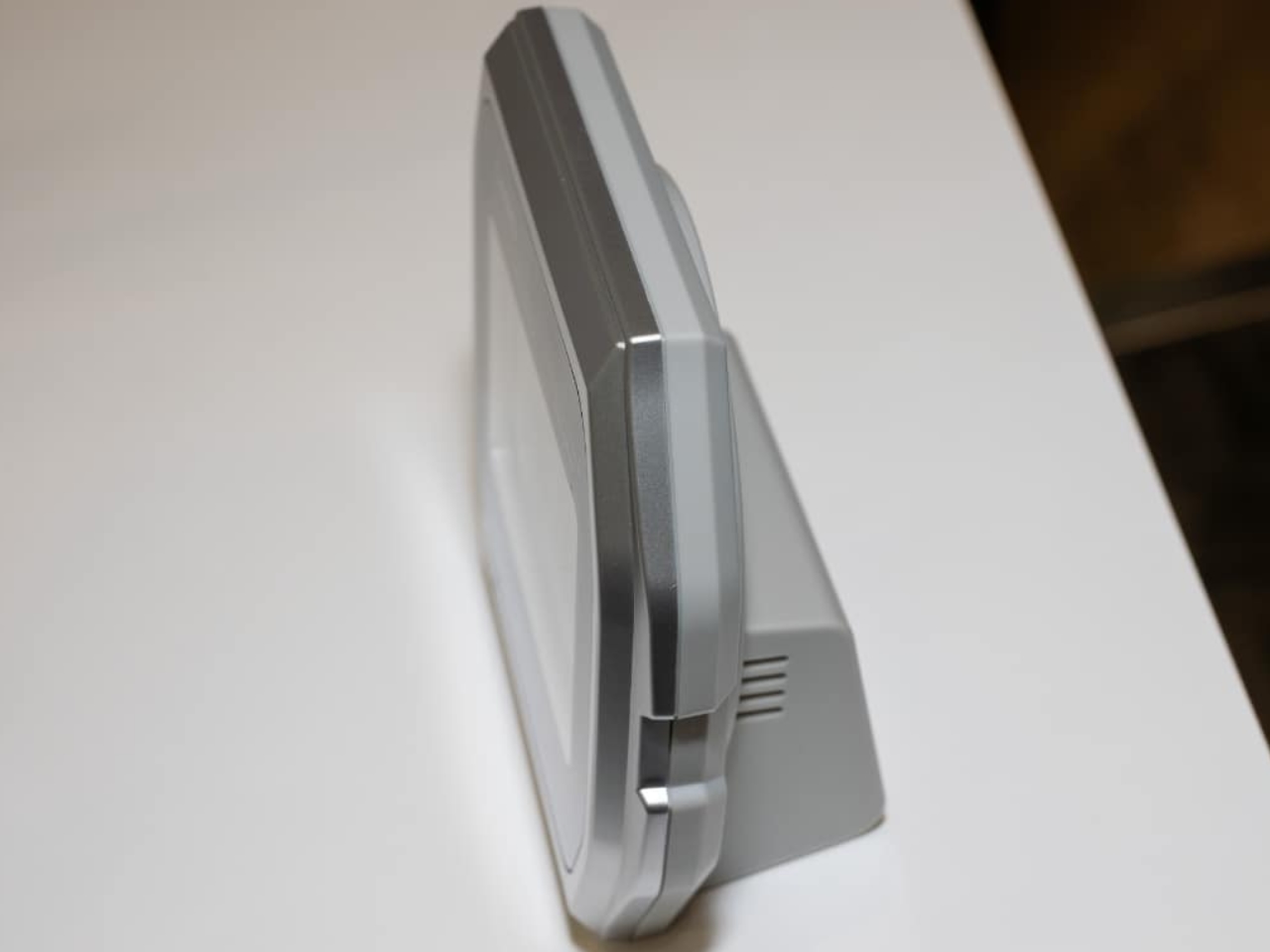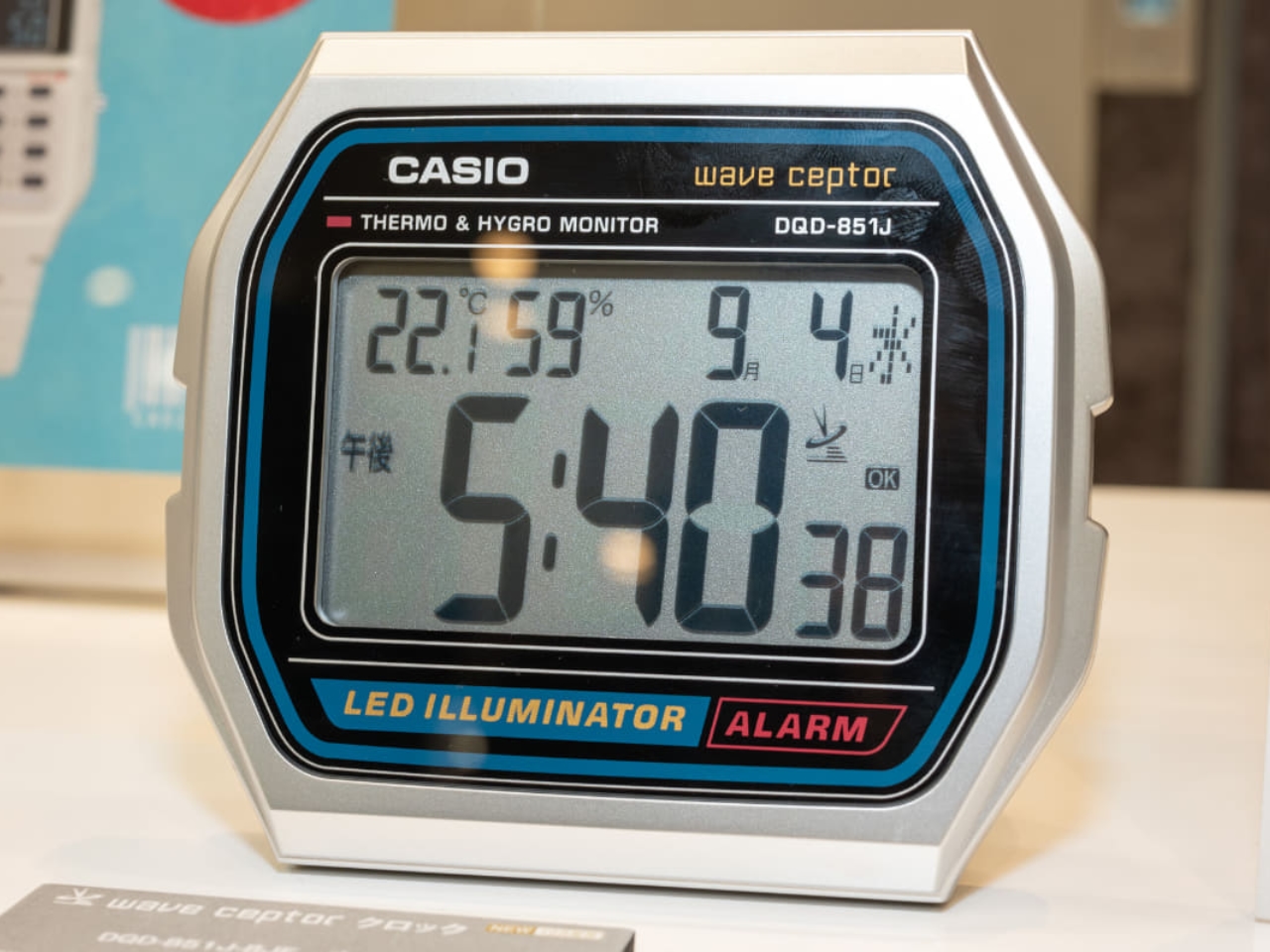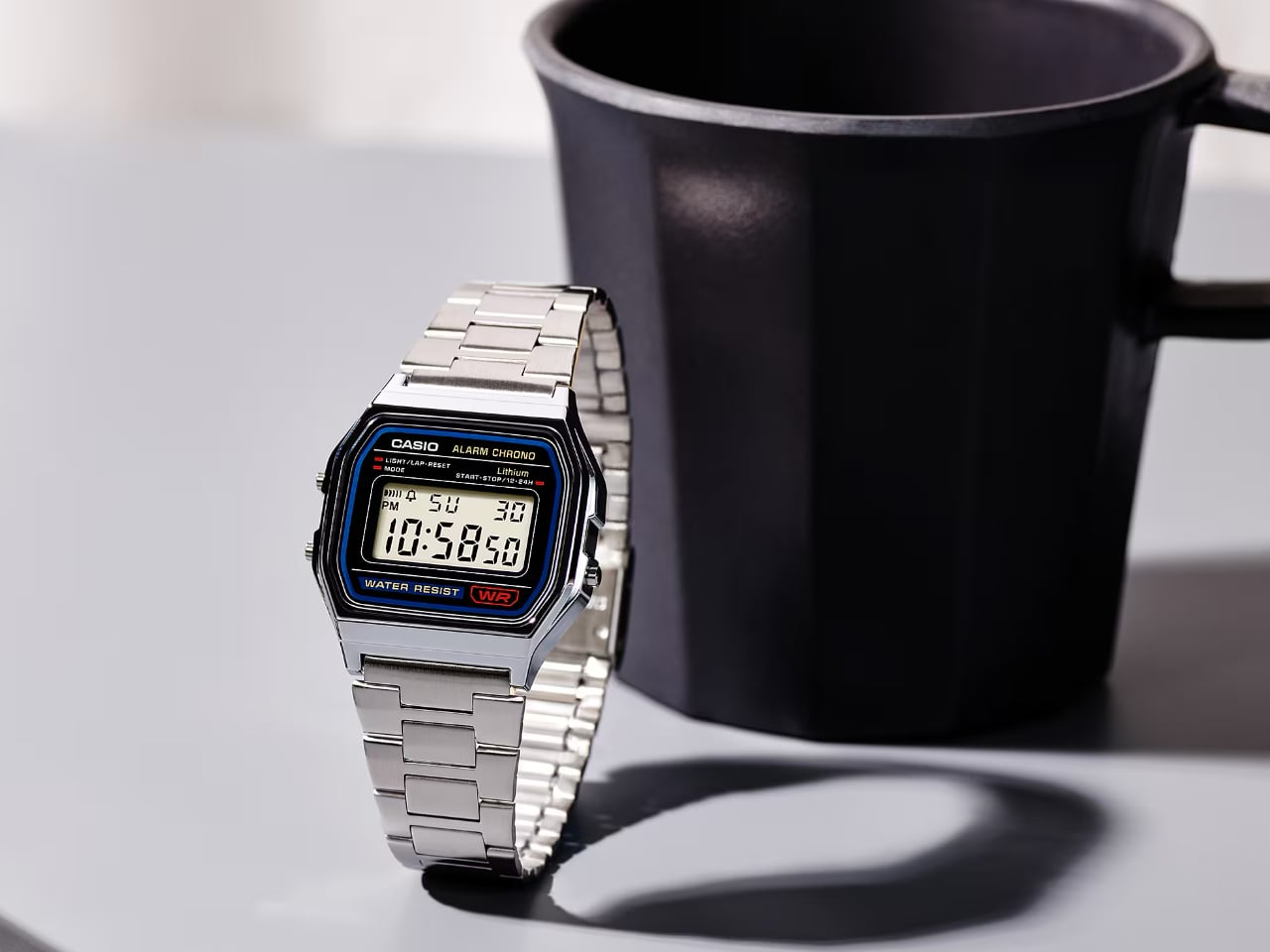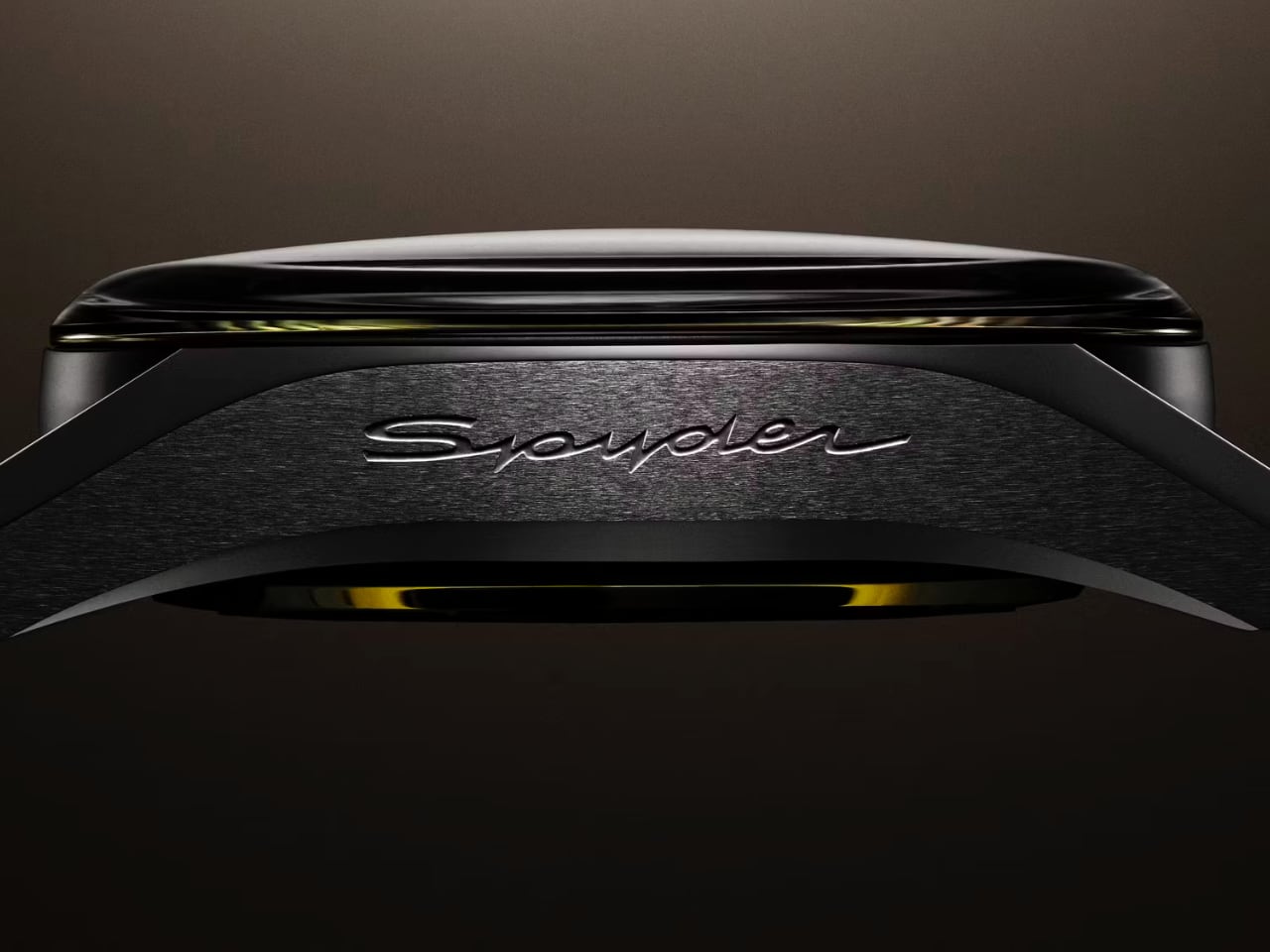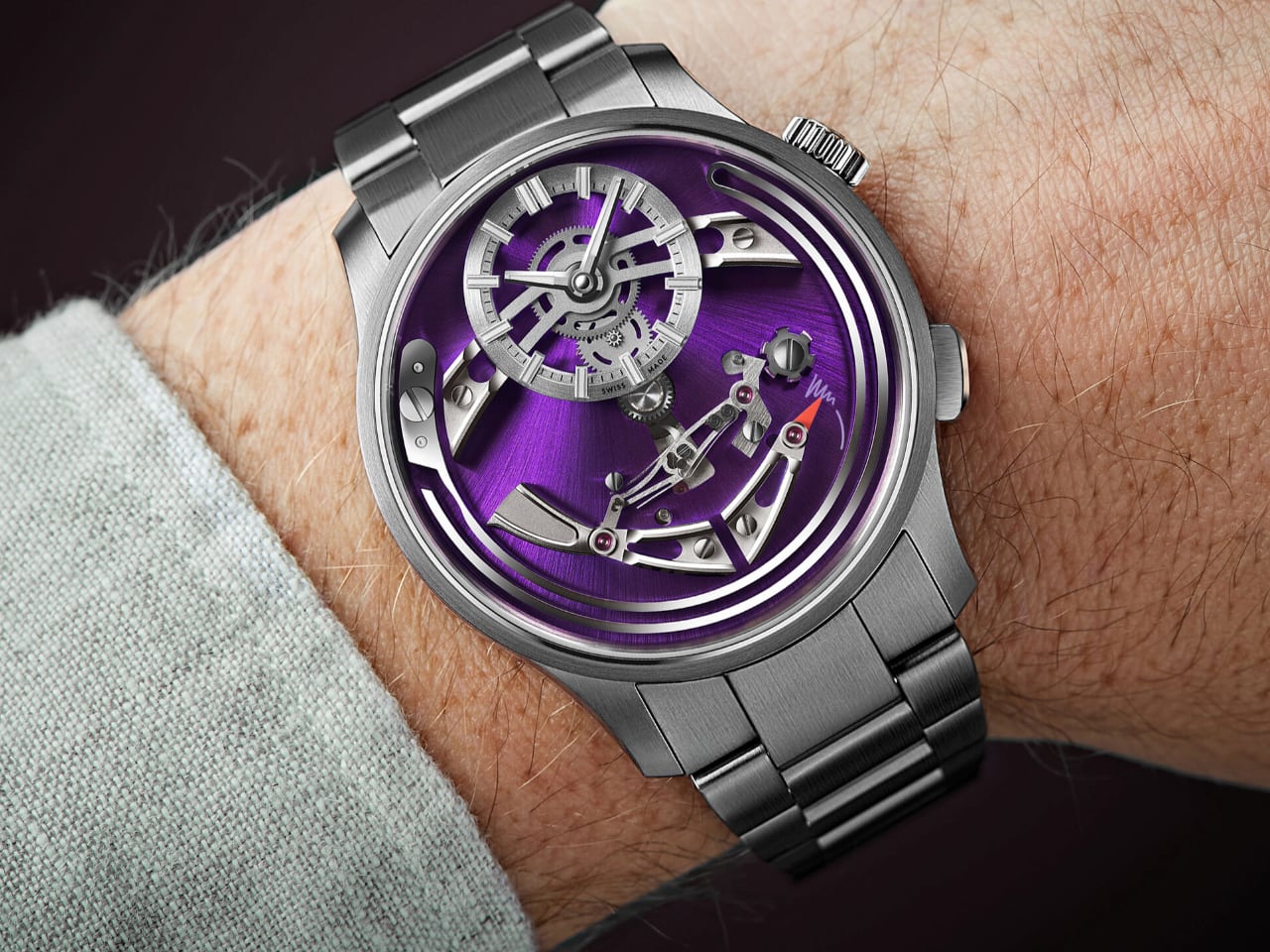
It’s Wristwatch Wednesday, and I’m bringing you something a little different today. I asked for submissions from our readers, and Scott was kind enough to send me his take on the Christopher Ward Bel Canto—a watch that’s simply gorgeous. Inspired by his perspective, I’ve decided to dive deeper into what makes the Bel Canto an impressive piece of horology, and it simply stands out as a genuinely unique piece.
Designer: Christopher Ward
For anyone familiar with the watch enthusiast community or the active forums dedicated to timekeeping, Christopher Ward needs no introduction. The British brand has become a darling of watch enthusiasts by delivering Swiss-level craftsmanship at accessible prices, a feat that’s difficult to overlook in an industry where exclusivity often dictates value.
High Horology Without the Hype
Christopher Ward is best known for embracing a design philosophy that draws inspiration from some of the industry’s most iconic watches—we’re talking Genta-inspired integrated bracelets and pieces that might remind you of Omega’s Aqua Terra. With the Bel Canto, Christopher Ward ventured into new territory, focusing on creating something distinctive and genuine: an hour-chiming masterpiece that stands apart from its previous offerings.
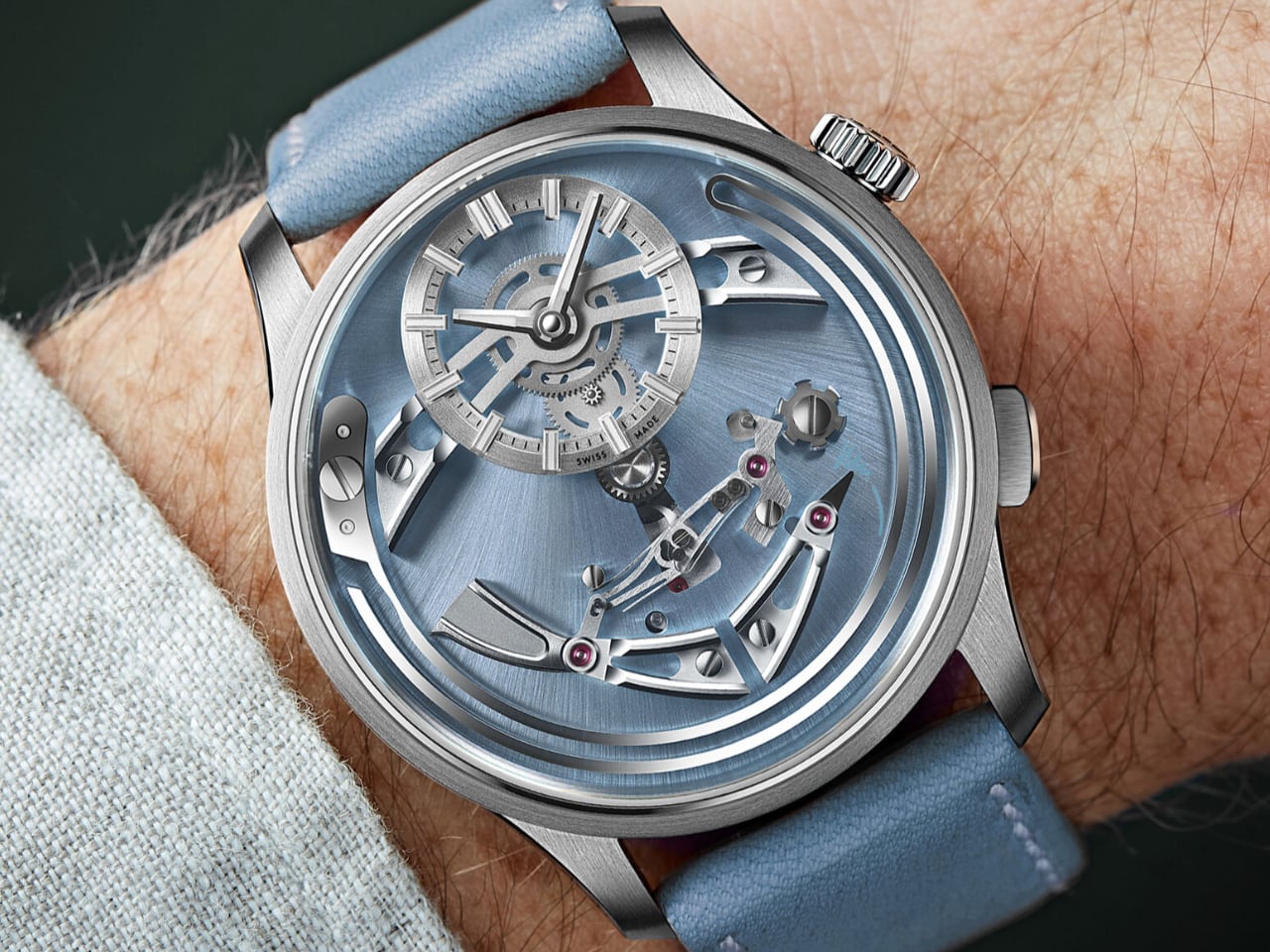
Scott accurately described it as a ‘Sonnerie au Passage’—an hour chimer—delivered at a price far below what this complication usually commands. Typically reserved for high-end brands, Christopher Ward managed to offer this experience for just under $4,210 on the steel bracelet. The Bel Canto has become a gateway to high horology for those who’ve always dreamed of hearing their wrist sing but couldn’t quite stomach the entry fee.
Ringing In the Hours—Literally
One of the most endearing aspects of the Bel Canto is its ability to mark each hour with a resonant chime. As Scott eloquently wrote, “There is something vintage and grounding about recognizing the arrival of a new hour.” He’s right—in a time when everything moves quickly, it’s refreshing to mark time in a way that’s both old-school and audibly charming. The chime from the Bel Canto is a distinctive feature that brings genuine joy to the wearer, creating an experience that feels nostalgic and engaging.
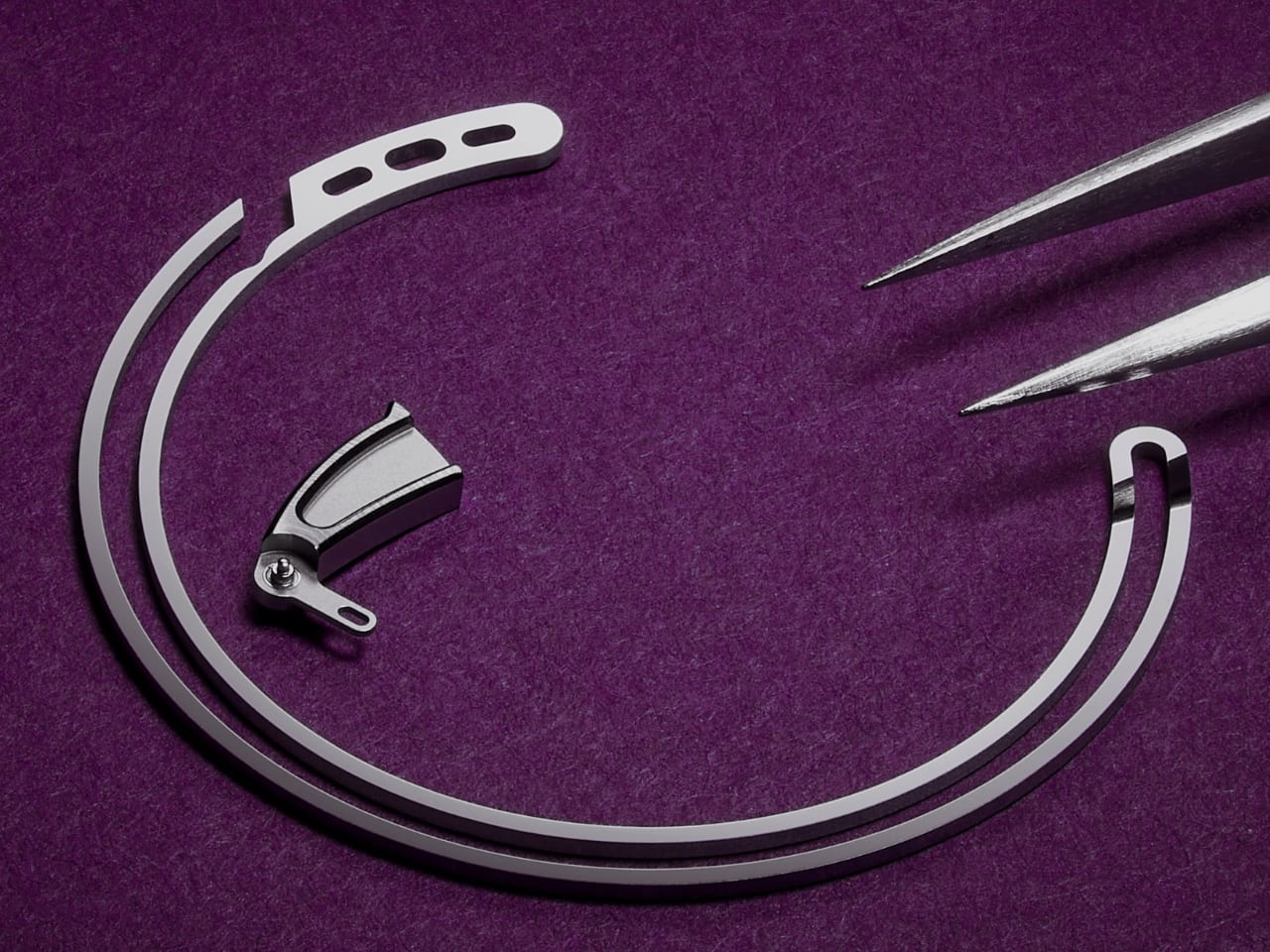
Photo: Christopher Ward
The mechanism is both simple and captivating. The watch’s chime is powered by a steel spring placed around the edge of the dial. This spring has been finely tuned to produce a sound that is pleasing to the ear while being loud enough to be heard from the wrist. The hammer, designed to look like a bird’s tail feathers, strikes a curved metal gong within the titanium case, creating a resonant tone that fills the room without being disruptive. The chime adds a sense of occasion to each passing hour, making it a delightful part of everyday wear.
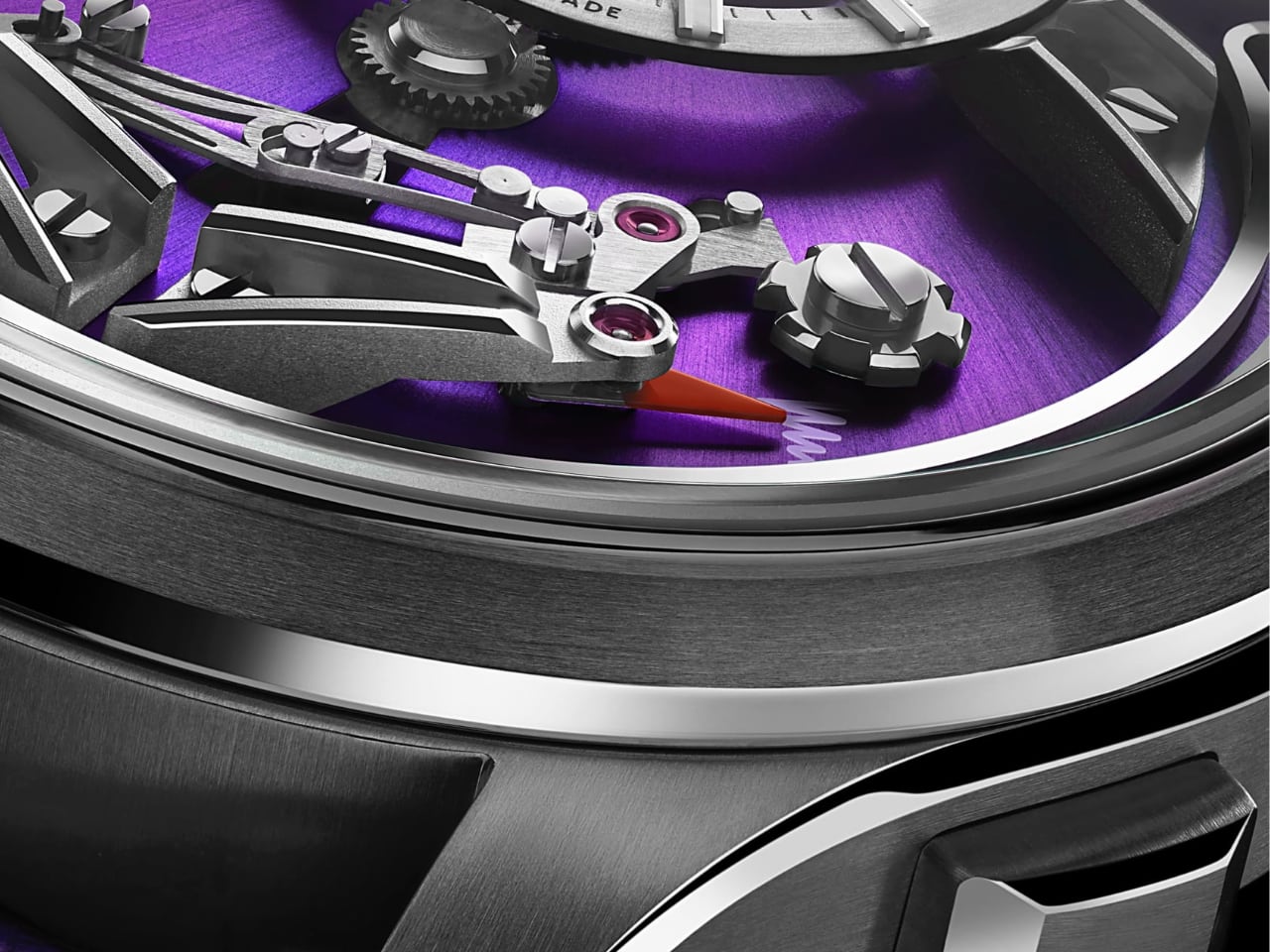
Photo: Christopher Ward

Photo: Christopher Ward
A Face That Demands Attention
It’s an hour-chiming timepiece that reflects the true dedication to watchmaking artistry. Its aesthetics are meticulously crafted and thoughtfully executed. Scott mentions, “The challenge is looking away from it. ” He’s absolutely right. Christopher Ward has flipped the watchmaking playbook by placing much of the movement—the bits and gears we typically only see through a case back—right on the dial.
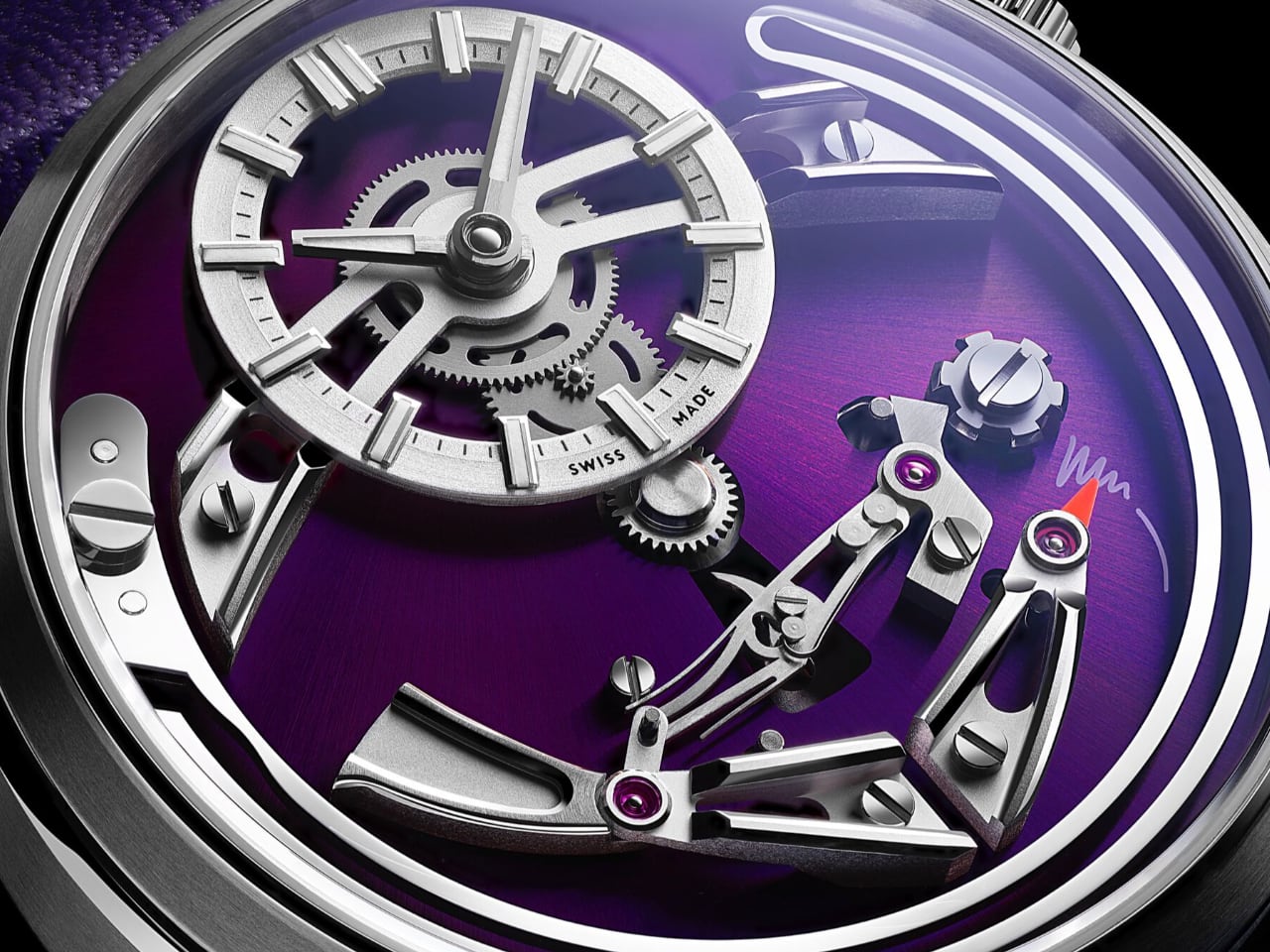
Photo: Christopher Ward
The result? A visual playground where every glance reveals intricate details layered one upon another. The time-telling subdial seems to ‘float’ over the sunray-finished Viola dial, giving a remarkable sense of depth. The hands and indexes, filled with Super-LumiNova®, ensure visibility even after dark. Time itself is relegated to a smaller dial at 12 o’clock, adding to the charm. It’s a watch that makes you want to get lost in its face, its moving gears, and the craftsmanship evident in every polished surface and carefully shaped component. The Bel Canto illustrates a ‘horological art installation,’ forcing you to pause and admire the mechanical ballet taking place on your wrist.
FS01 Chiming Movement and the Art of Sound
The FS01 movement was developed by Christopher Ward’s technical director, Frank Stelzer. It’s a clever adaptation of their ‘jumping hour’ mechanism, repurposed to deliver a chime at each hour. Over 60 new components were added to create the striking module, which sits atop a reliable Sellita SW200-1 base and offers a 38-hour power reserve. The result is a movement that carries the brand’s identity in every detail, blending innovation with classic watchmaking elements.
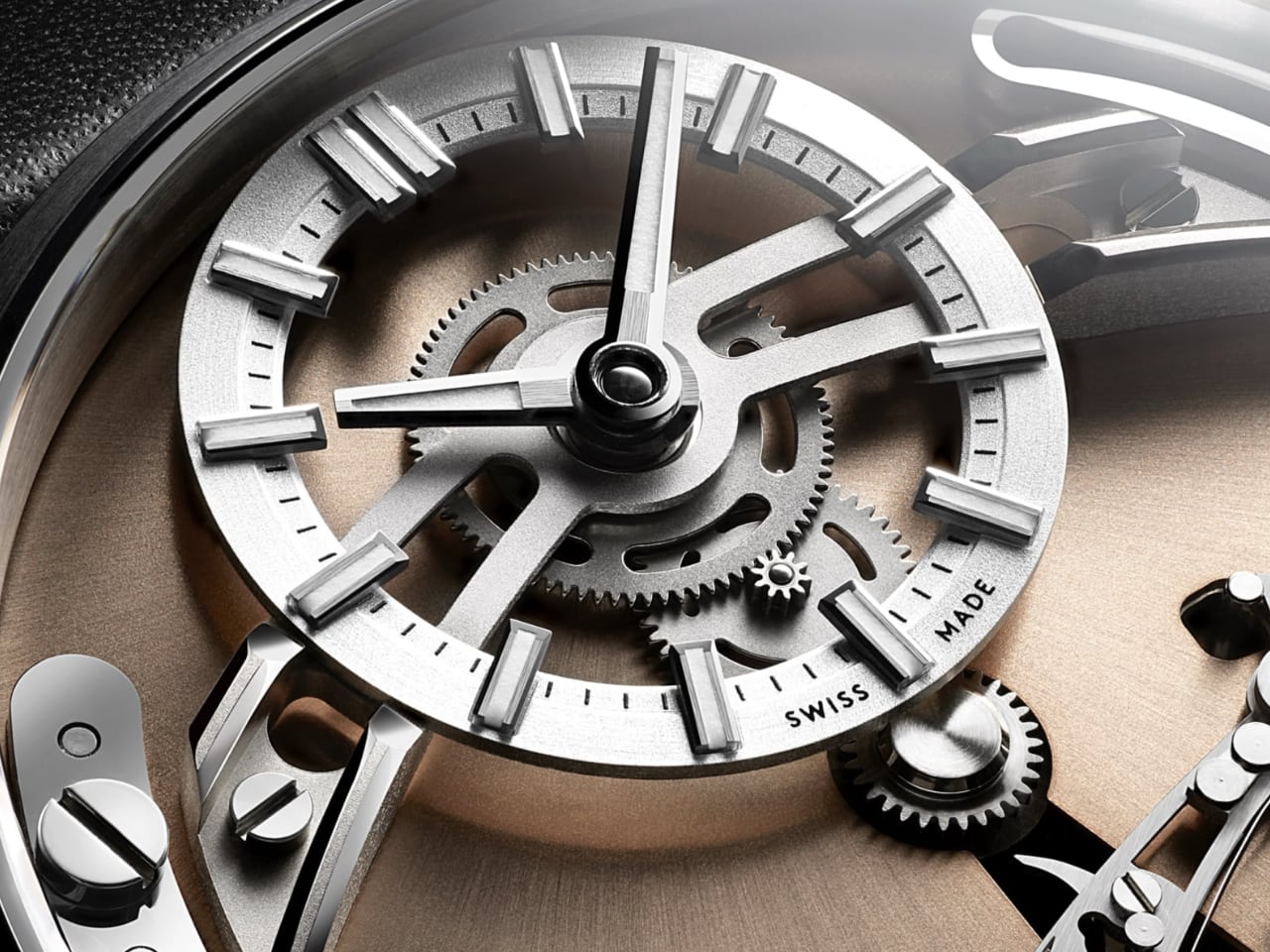
Photo: Christopher Ward
The Bel Canto’s chime comes from a carefully tuned steel spring positioned around the edge of the dial. It’s engineered to be clear and pleasant—audible enough to catch your attention without feeling disruptive. This harmonious tone is essential to Bel Canto’s unique charm, making each hour a subtle yet delightful event.
Colorways That Pop—Or Not
If there’s one thing Christopher Ward has mastered, it’s color options. As Scott said, CW might as well stand for “colorways.” The brand offers the Bel Canto in various hues, from the bold Viola (purple) to the classic Nero (black). The blue version, dubbed Cielo, practically dances in the sunlight, giving an iridescent sheen that’s hard to capture in words alone.
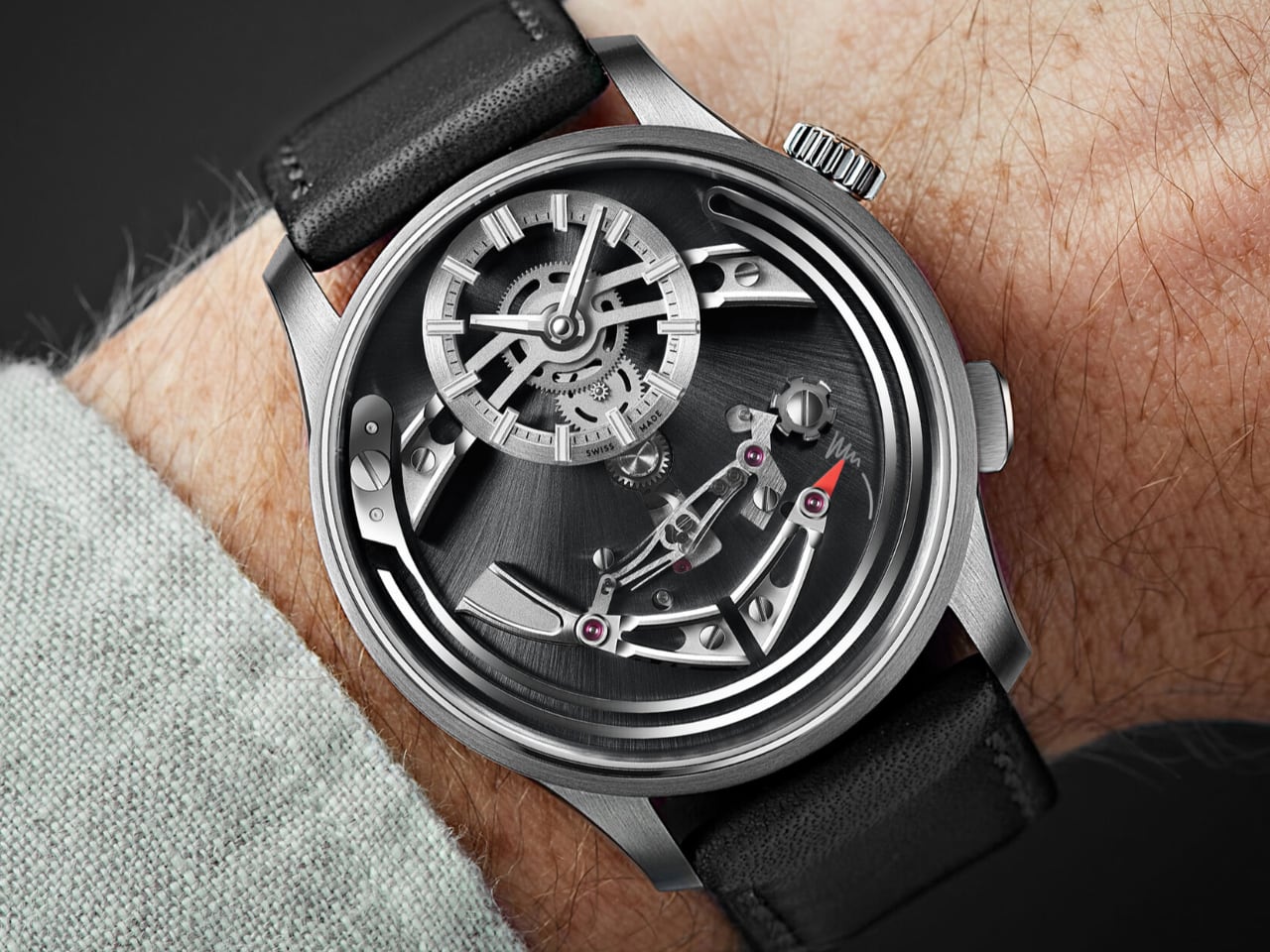
Photo: Christopher Ward
The bold colorways are polarizing, but therein lies their allure. For the wearer looking to make a statement, there’s no beating the Viola or the Cielo. The Nero is a solid choice for those who prefer something more understated, proving that even the quietest options can still have plenty of character. Scott prefers the black, recognizing its versatility, but also acknowledges the appeal of the bolder Viola and Cielo colorways that reflect the watch’s unique character.
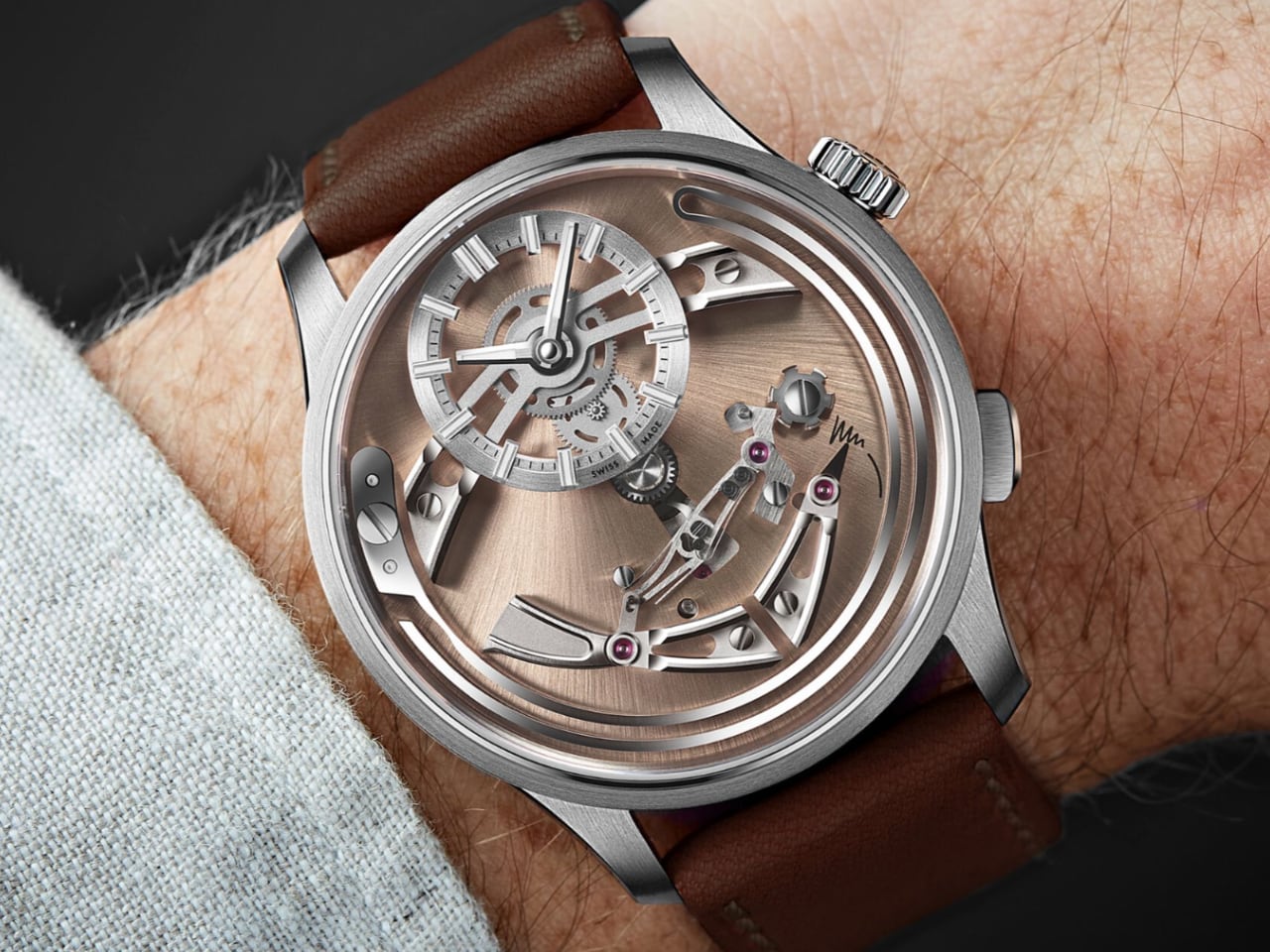
Photo: Christopher Ward
Perfect? Not Quite—But Close
No watch is perfect, and Scott points out a few areas where the Bel Canto falls short. There’s some “play in the crown,” as he says, and the leather strap could be more refined for a watch that carries itself as a dress piece. Christopher Ward has acknowledged feedback regarding the Bel Canto. The company has proactively addressed customer service issues that arose after the watch’s launch. The success of the Bel Canto led to a significant increase in inquiries, which initially overwhelmed their customer service capacity. In response, Christopher Ward has hired additional staff and improved their customer service processes to better handle the increased customer demand and feedback.
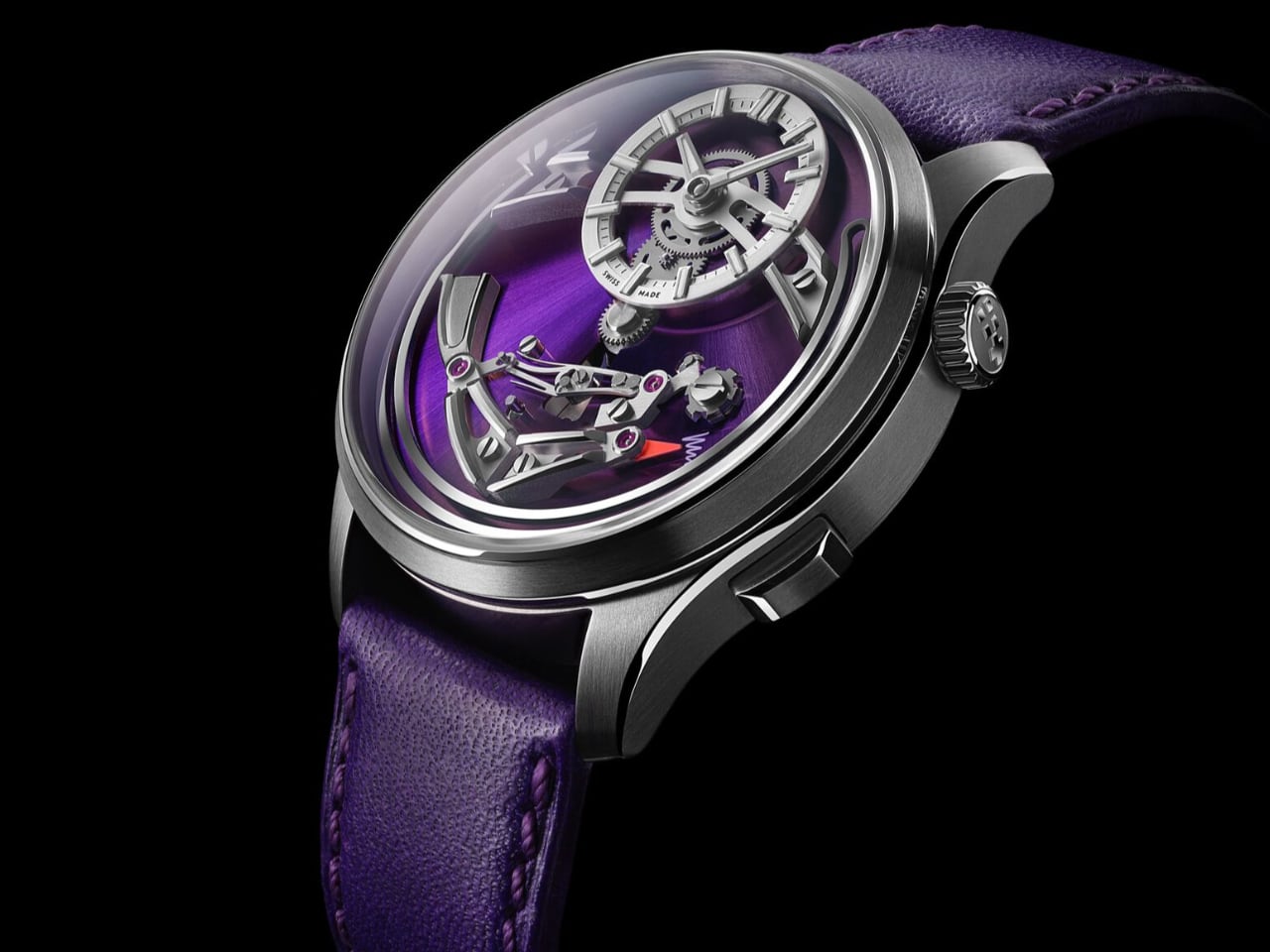
Photo: Christopher Ward
Additionally, they are known for closely monitoring forums and customer feedback to improve their products and services continuously. The model is called the “C1 Bel Canto,” opening the door for potential future versions. Given Christopher Ward’s attention to customer input, future iterations may well reflect the refinements enthusiasts ask for.
One of our additions to Scott’s notes would be the choice of case material. Christopher Ward opted for grade-5 titanium, and while it’s a solid choice for acoustics and wearability, the watch’s lightness can make it feel slightly less substantial to those accustomed to the heft of a stainless steel case. Still, once you’ve spent some time with it, the lightweight nature becomes more of an asset, making this a watch you can comfortably wear all day without fatigue.
Why the Bel Canto Matters
Scott noted that the Bel Canto stands apart because of its purely mechanical nature, a refreshing contrast to the digital-heavy smartwatch market. In a market filled with smartwatches that can track your sleep and tell you how many calories you burned at lunch, the Bel Canto does one thing and does it exceptionally well: it keeps time and lets you experience time meaningfully. It’s a throwback but also a challenge to the modern conception of what a watch should be.
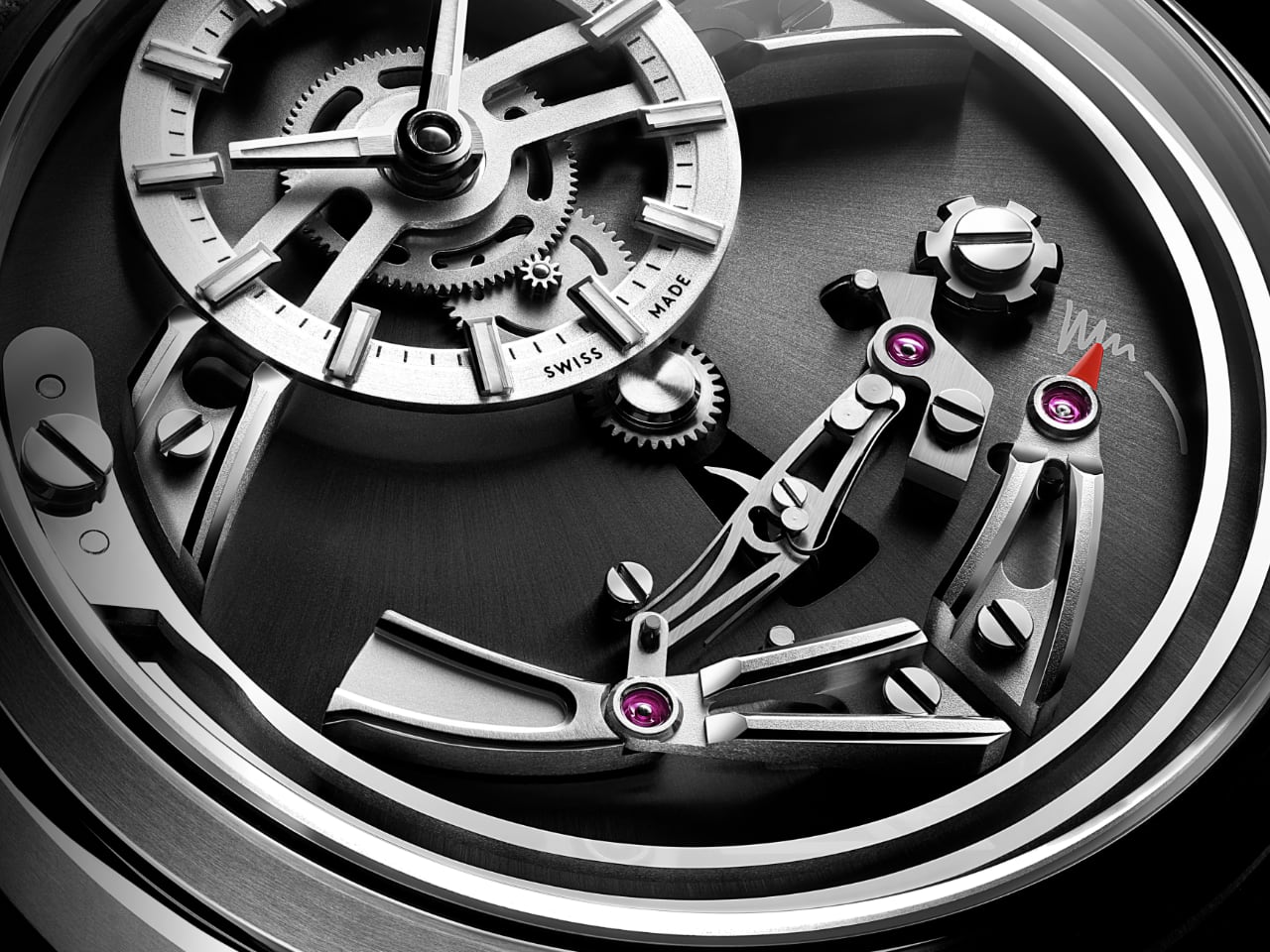
Photo: Christopher Ward
There’s a lot of talk about the future of the watch industry, especially in the context of microbrands and independents like Christopher Ward. Are these brands here to stay, or are they part of a trend that will disappear as quickly as it arrives? The Bel Canto showcases Christopher Ward’s mechanical craftsmanship. It stands as a reminder of the value of traditional watchmaking, even amidst the rise of smartwatches.
The Christopher Ward C1 Bel Canto is $3,795 on a leather strap and $4,210 on the titanium bracelet. At $4,210, the Bel Canto isn’t cheap, but it’s also not outrageously priced when you consider what you’re getting—an independent brand’s take on a complication that usually requires a far larger investment. Scott concluded by emphasizing that the Bel Canto demonstrates Christopher Ward’s capability to create desirable, well-crafted timepieces, signaling their strength as a brand poised to endure in the competitive watch industry.
As enthusiasts, we often get caught up in the comparison game—what’s better, what’s more iconic, what’s worth the investment. The Bel Canto sidesteps all of that by simply existing as a passion project brought to life. It doesn’t beg to be compared, which might be its greatest achievement. It’s a timepiece that’s self-assured, audacious, and delightfully musical—just what you need for a wrist that’s ready to sing.
So, if you find yourself drawn to the Bel Canto, don’t hesitate. With limited runs and colors that disappear faster than a magician’s assistant, it’s the kind of watch that could be here today, gone tomorrow. And when it’s gone, you’ll want to have been one of the lucky few who heard it ring in the hour, every hour.
Typically, we like to conclude with our own thoughts, but today, we’ll let our special guess do the honor.
Scott’s take: ‘The chime is absolutely lovely. It is loud enough to be audible across the room, but so musically pleasing that it’s never an intrusion.’
3 Things Scott Loves About the Christopher Ward C1 Bel Canto:
- The Chime: ‘The chime is absolutely lovely. It is loud enough to be audible across the room, but so musically pleasing that it’s never an intrusion.’
- The Movement on Display: Scott loves how much of the movement is visible right on the face of the watch. ‘The challenge is looking away from it,’ he mentions, highlighting the visual complexity that keeps the watch interesting every time you glance at it.
- Color Options: Scott appreciates the range of colorways, particularly the Viola and Cielo, which add a bold character to the watch. However, he ultimately prefers the classic Nero for its versatility.
3 Things Scott Thinks Could Improve the Christopher Ward C1 Bel Canto:
- Crown Play: Scott pointed out that there’s some ‘play in the crown,’ which affects the feeling of precision when setting the time. Tightening this would enhance the overall experience.
- Leather Strap Quality: Scott mentioned that the leather strap, while of good quality, could be more refined for a watch that positions itself as a dress piece. He believes a higher-end strap option would align better with the watch’s unique features.
- Weight Perception: The use of grade-5 titanium makes the watch notably lightweight, which some might feel lacks the heft of traditional stainless steel. Scott suggests perhaps offering an alternative in stainless steel for those who prefer more substantial weight.
The post Chime & Charm: The Christopher Ward Bel Canto Hour-Chiming Wonder first appeared on Yanko Design.
